NickleâÂÂs Canyon Ranch
NickleâÂÂs Canyon Ranch
- Farm
- Ranch
- Acreage
- Recreational Land
- Hunting Land
- Equestrian Property
- Mountain Land
- Cattle Ranch
Descriptions
This is a rare opportunity to own 4604.87 acres with Amazing views of the Columbia River Valley below. Zoned 1 home per 20 acres and within a short commute to Wenatchee. Good access to the property off the Malaga Alcoa Hwy and roads throughout. The property is home to a resident Big Horn sheep herd and winter range to a large Roosevelt Elk herd. The views from this property are Amazing! Owner may consider selling smaller portions of the ranch.
Land
4604.87 Acres of rolling hills gradually dropping to grassy canyons with seasonal spring feed creeks. The southern portion of the ranch was once growing winter wheat and could again be used for dryland crops. The ranch is mostly covered in bunch grass.
Improvements
The Ranch is completely fenced with 4 strand barb wire
Recreation
The Big Game Hunting opportunities are phenomenal Rocky Mountain Elk, Big Horn Sheep, Mule Deer, Black Bear The Ranch is also home Pheasant, Chuckers and Quail for you upland bird hunters.
GMU 251
Agriculture
The Ranch is currently grazing cattle.
Region & Climate
Wenatchee, WA
Weather averages
Overview
Graphs
Month High / Low(F) Rain
January 36 / 25 6 days
February 43 / 28 4 days
March 55 / 34 3 days
April 64 / 41 2 days
May 73 / 49 2 days
June 81 / 56 2 days
July 89 / 61 1 day
August 88 / 60 1 day
September 78 / 51 1 day
October 64 / 41 2 days
November 47 / 32 5 days
December 36 / 26 7 days
Wenatchee experiencesextreme seasonal variation in monthly snowfall. The snowy period of the year lasts for 4.3 months, from November 2 to March 12, with a sliding 31-day snowfall of at least 1.0 inches. The month with the most snow in Wenatchee is December, with an average snowfall of 9.3 inches.
History
Historic Development of Wenatchee
Situated in a fertile valley in Central Washington at the confluence of the Wenatchee and Columbia Rivers, Wenatchee is the second most populous city in the central part of the state and serves as the Chelan County seat. To the south and west, mountains provide a dramatic backdrop for the City.
Wenatchees First Peoples and Euro-American Settlement
For thousands of years before Euro-American settlement, the area was inhabited by indigenous peoples who lived on the land. The Wenatchi were a nomadic culture and were closely bound to nature. They subsisted on salmon, roots, berries and nuts and interacted with other tribes.
The considerable amount of picturesque land available slowly attracted newcomers to the area. Beginning in ca. 1811, prior to permanent white settlement, nomadic fur traders of the British Northwest Fur Company (which later became part of the Hudsons Bay Company) traveled through the upper Columbia River region, plying the waters of the great river and exploring the rugged wilderness for fur trapping and trading opportunities. The first non-Native American settlers were gold prospectors, Chinese miners, cattlemen, and missionaries.
The first business house was established in ca. 1867 by two men named Ingram and McBride. They operated a trading post in what is now Rock Island and conducted trading with the Indians. Other small businesses and a hotel soon followed.
Wenatchees population was 108 in May of 1891. By January of 1892, the population had increased to 300. The year 1892 was of great significance because of the Great Northern Railways decision to build its train depot about one mile south of Wenatchee, thus creating a new town.
The Great Northern Railway and the Wenatchee Development Company Build a New Town
Although located as a mid-point between Spokane and Seattle, the Wenatchee Valley was largely inaccessible because it is surrounded by mountains. Despite topographical limitations, the Citys great potential as a productive agricultural region and business center did not go unnoticed. With this vision in mind, a group of Seattle businessman formed the Wenatchee Improvement Company in December 1890 to acquire property and build a town.
The Great Northern Railway would eventually help spur development of new towns and provide important transcontinental service for many communities along its vast route through the upper Midwest, northern Great Plains, and the Pacific Northwest. In early 1892, the Wenatchee Development Company, in close consultation with the Great Northern Railway, surveyed and platted the present site of Wenatchee. On May 6, 1892, this plat was filed with Kittitas County (Chelan County had not yet been created), and lots were placed on the open market the same month. Within five days, $100,000 worth of property was sold.
By the late 1890s, Wenatchee was growing considerably and the need for a new county became clear. Ellensburg was the Kittitas County seat, but was separated from the Wenatchee Valley by a range of mountains. It proved inaccessible during the winter except via Spokane or Seattle by railroad, making it difficult for Wenatchee citizens to make the trek to Ellensburg for business purposes. The state legislature created Chelan County in 1899, carving it out of the existing Kittitas and Okanogan Counties.
Wenatchee: Apple Capital of the World
By the late 1890s, the stage was set for Wenatchees economic and population boom. The Wenatchee Valleys arid climate, rich volcanic soil, and proximity to the Columbia and Wenatchee Rivers proved to be an excellent combination for agricultural success.
Within a few years, the Valley was covered with row upon row of young fruit trees. Apples were shipped to all parts of the world, and more and more people, learning of the valley of the apples, came here to stay. Within 25 years, Wenatchee became the center of the greatest apple-producing region in the world.
City Growth
Although fruit-growing and its related industries dominated Wenatchees economy, other industries thrived as well. These included diversified manufacturing, farming, lumber, irrigation projects, some mineral development, steamboat transportation and shipping. Among these other enterprises, steamboat transportation and shipping were the most successful.
Wenatchees population steadily increased between 1910 and 1920 (from 4,050 to 6,324). By 1930, the population was 11,627, a gain of 5,303 people in 10 years, the most in its history up to that point. This boom reflected the Citys continued prosperity in agriculture. Cultural and civic development kept pace with industrial development, and all the fine institutions for a thriving community grew, including libraries, two daily newspapers, a good educational system, many churches, theaters, and a busy commercial district.
The City broadened its economic base after 1940 to include hydroelectric construction and electrical metal refining. The hydroelectric power created by the Grand Coulee Dam (completed in 1942) and Rock Island Dam (1932) made it possible for new industries to develop. The Aluminum Company of American (Alcoa) plant (1952) near Malaga, the Holden Mining Company at Lake Chelan (operated as the largest copper mine in Washington state from 1938 to 1957), and the Rocky Reach Dam (constructed in two phases in 1956 and 1969) were large employers in the area.
Currently, Wenatchee is the second largest City in Central Washington, drawing people from all over the region. The City experienced its largest population increase between 1990 and 2000, growing by more than 6,000 to a population of 27,856. Agriculture continues to play an important role in the economy and still provides a solid base.
Location
The nearest airport is the Pangborn Memorial airport in Wenatchee
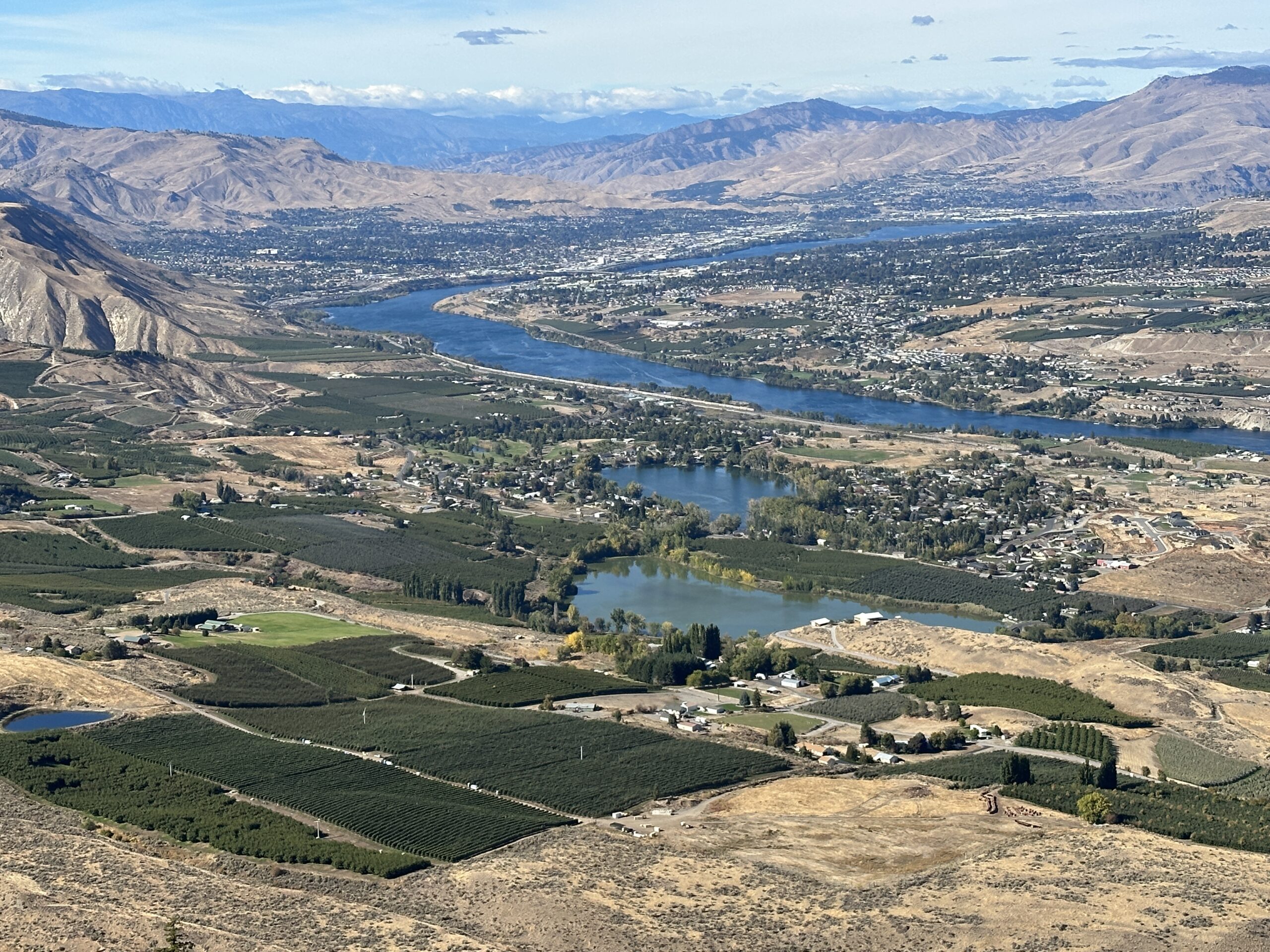
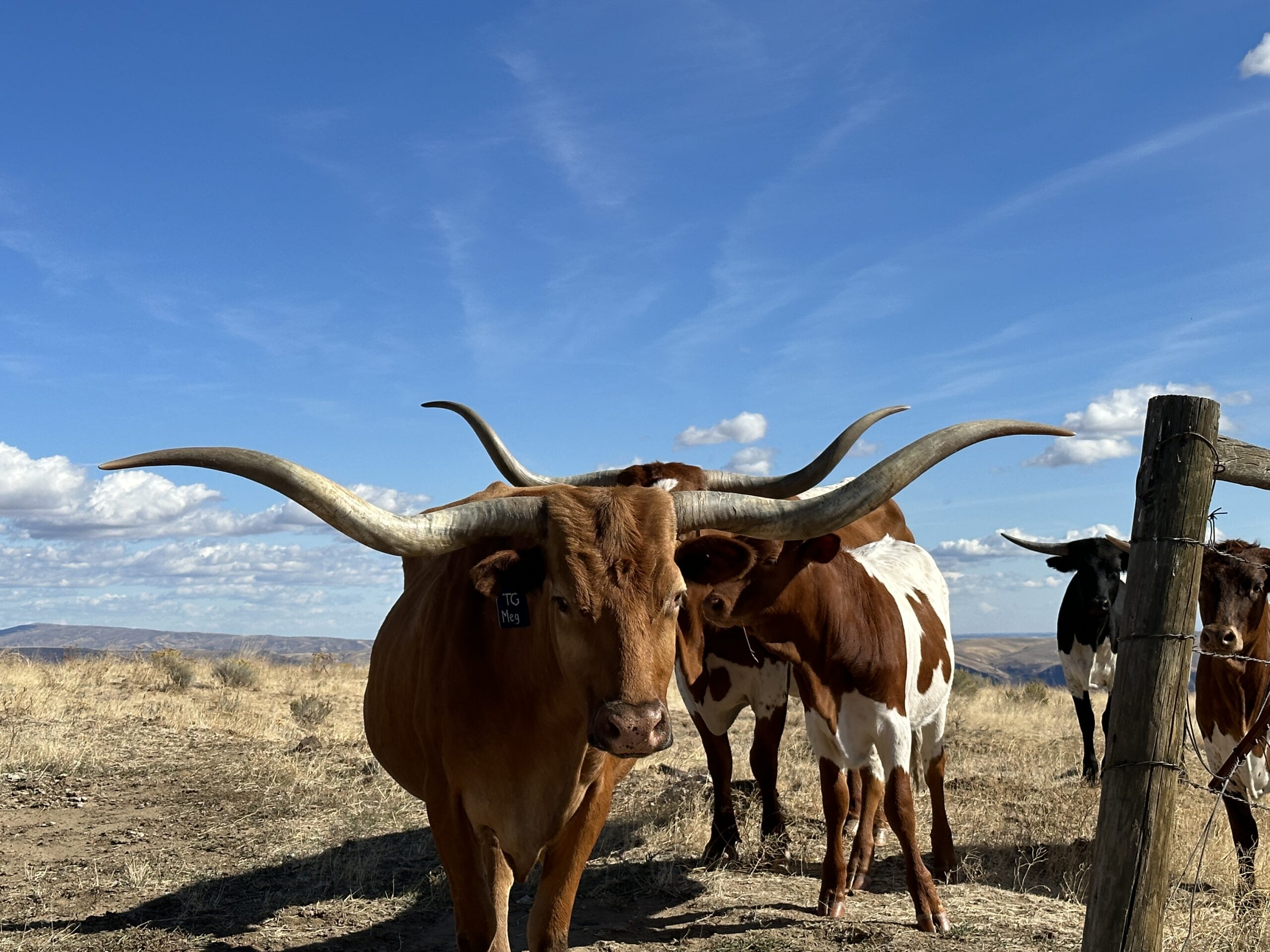
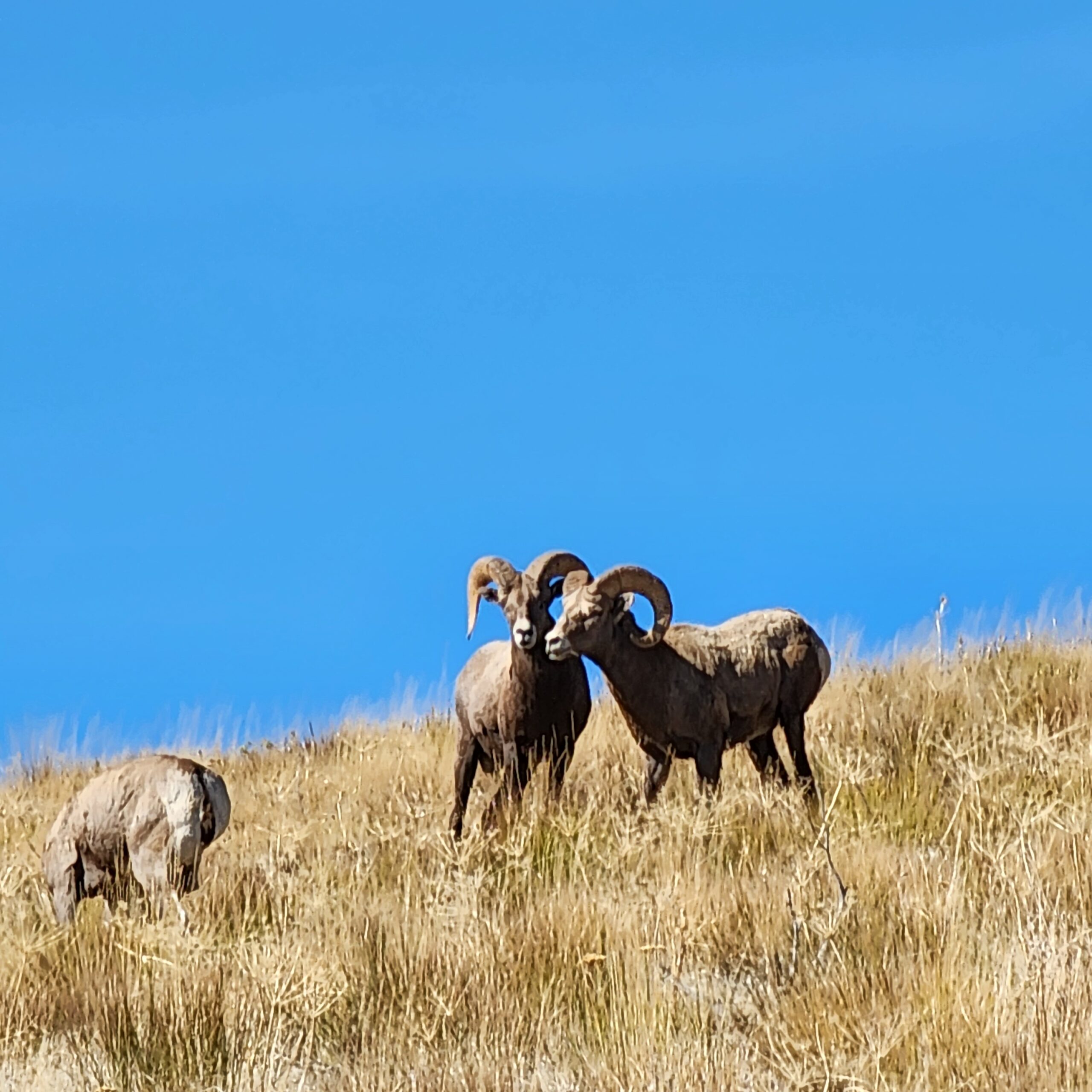
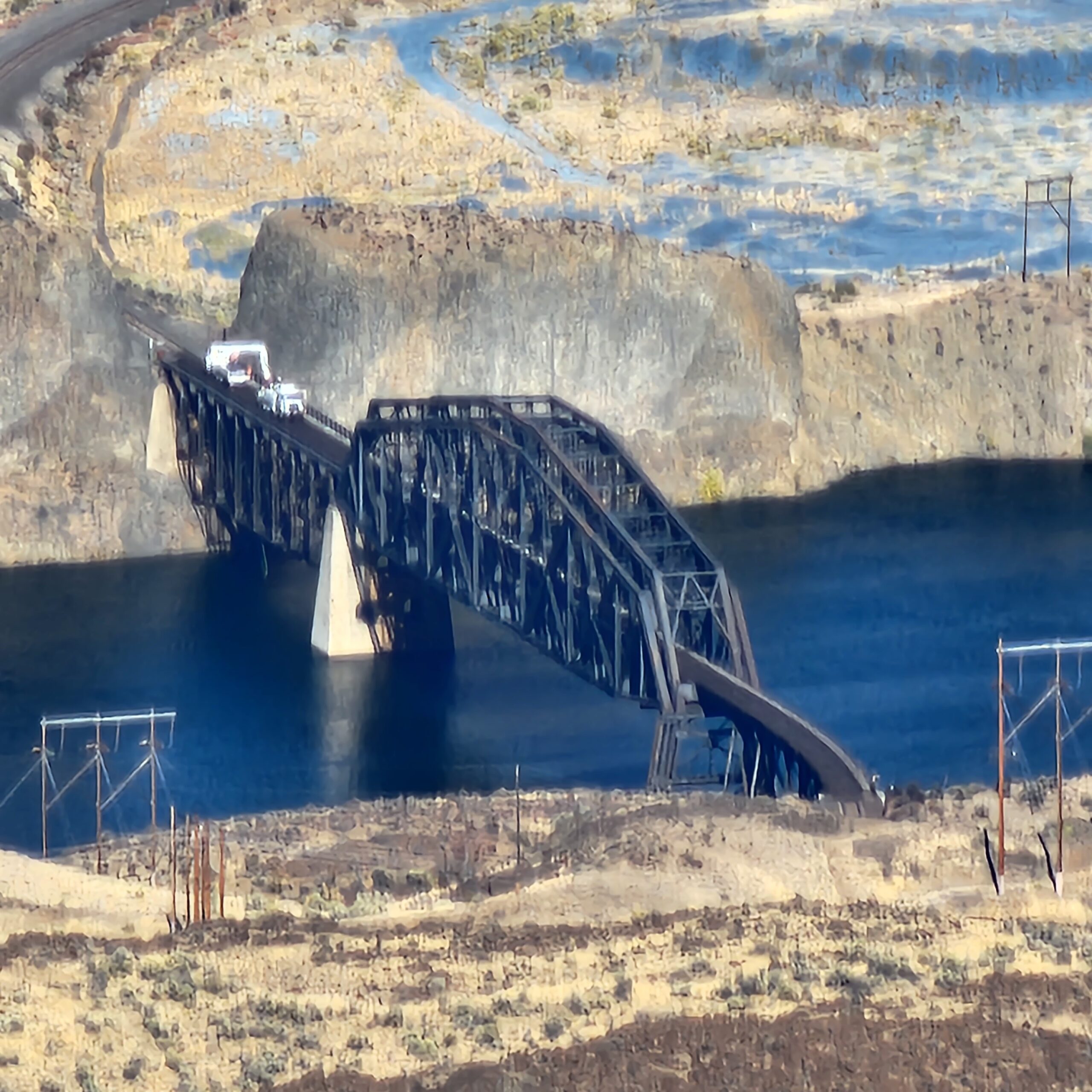
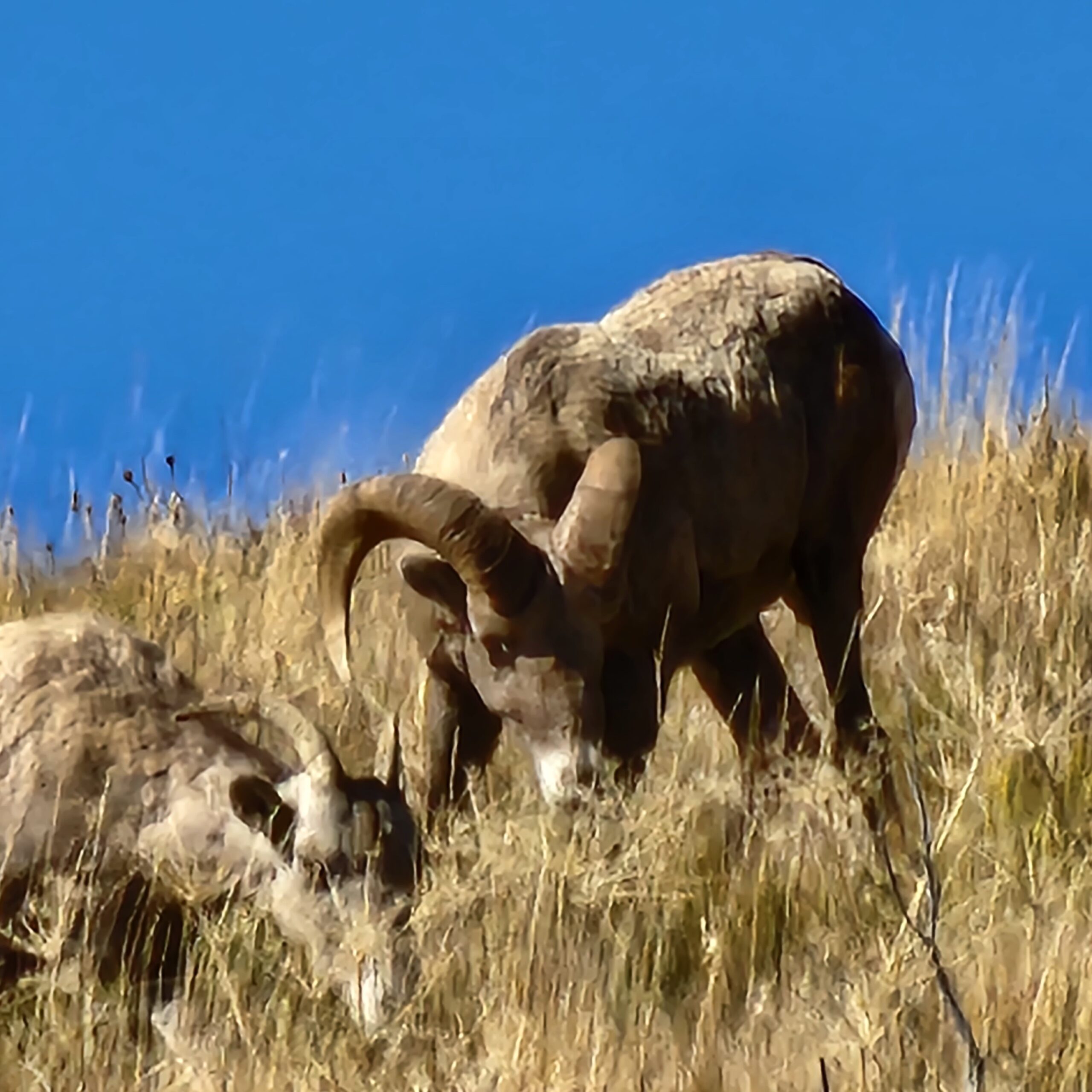
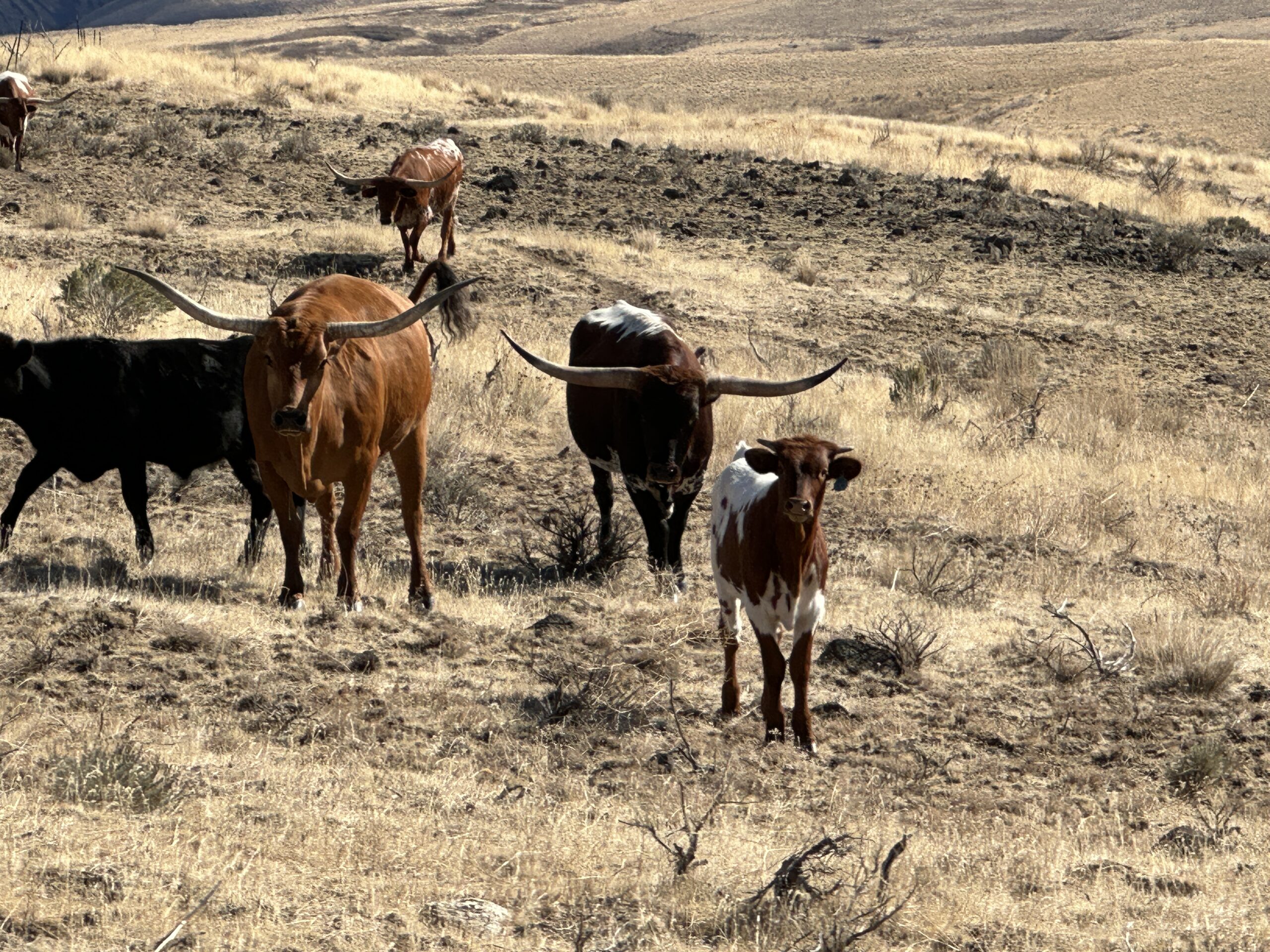
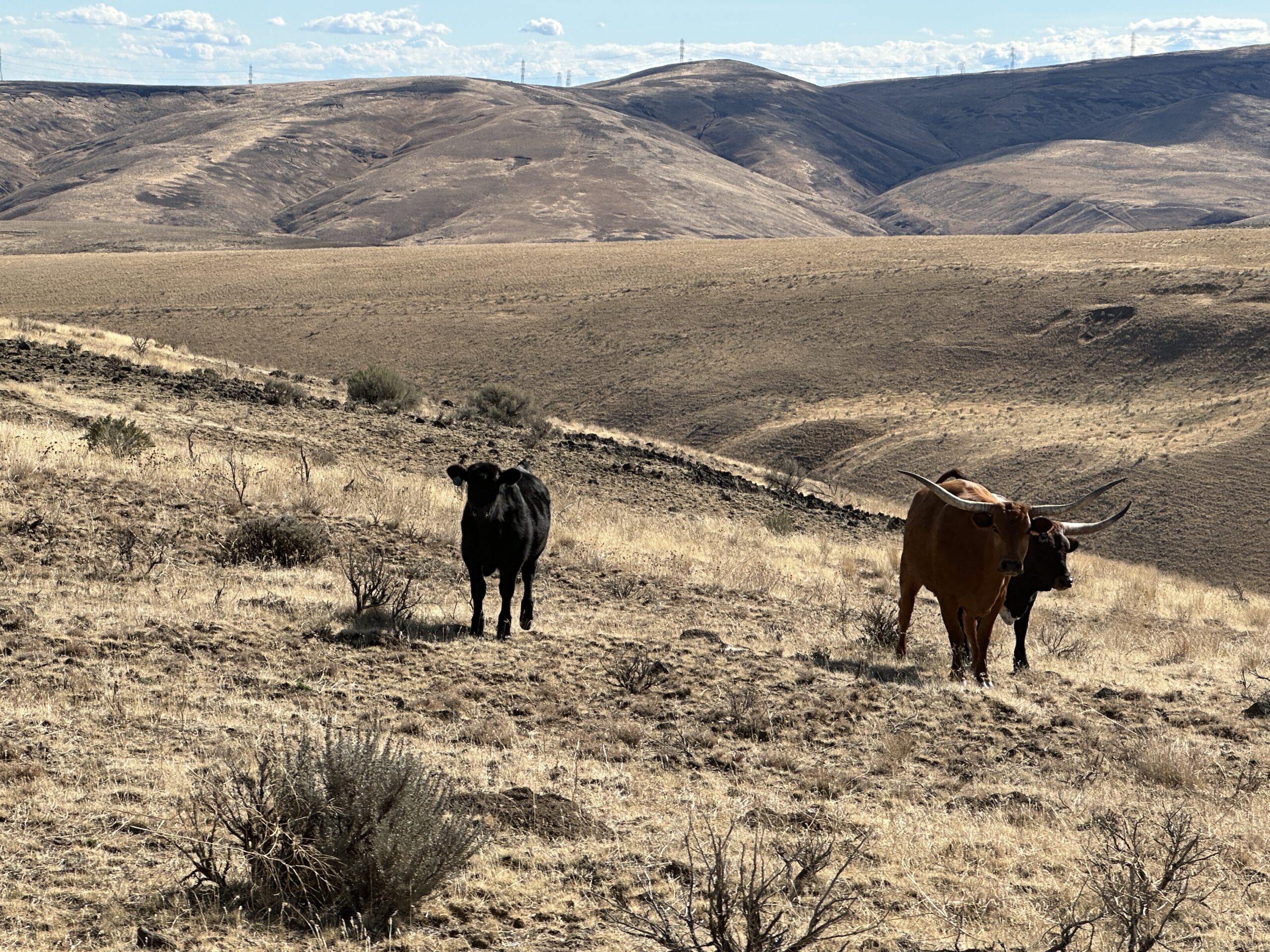
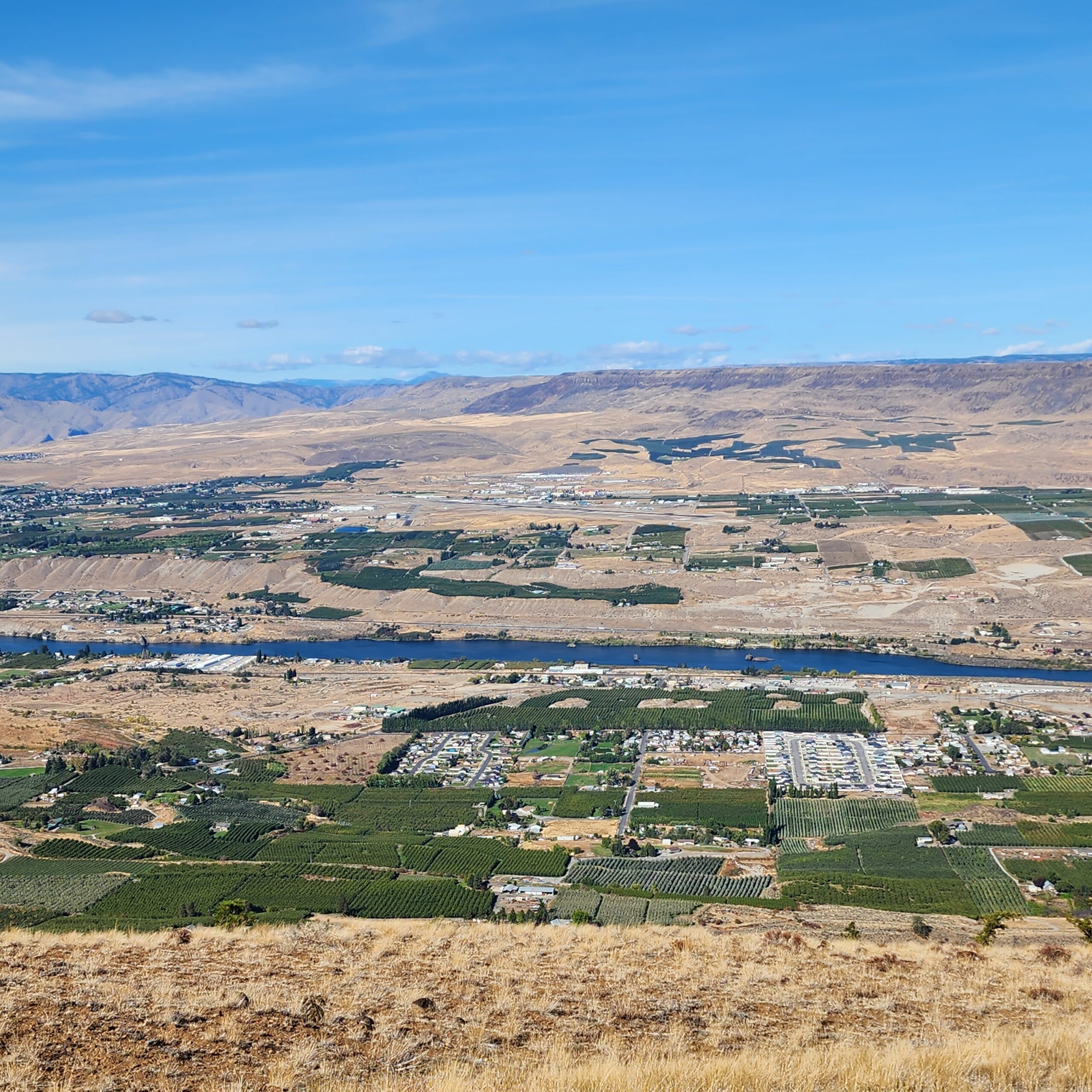
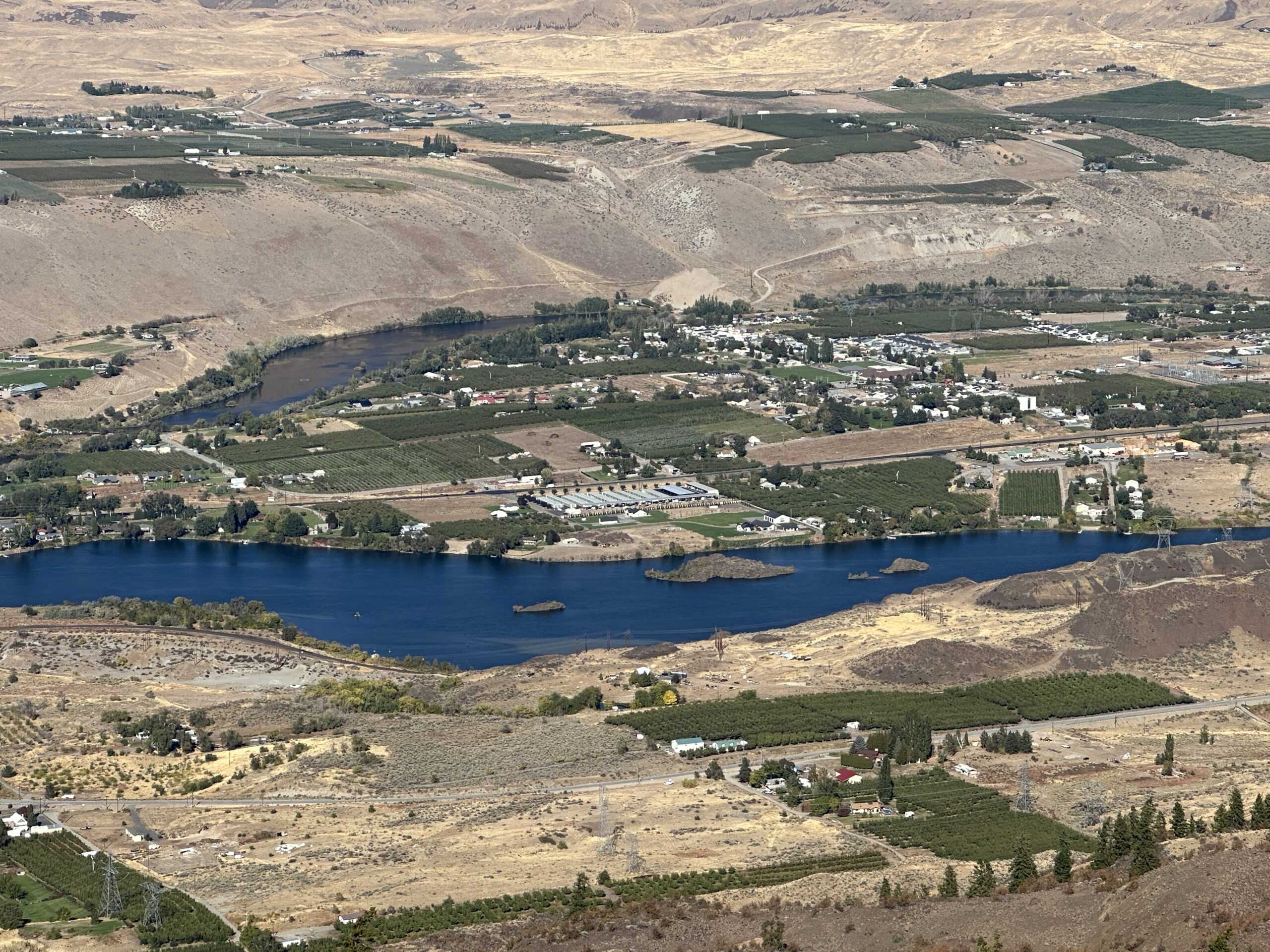
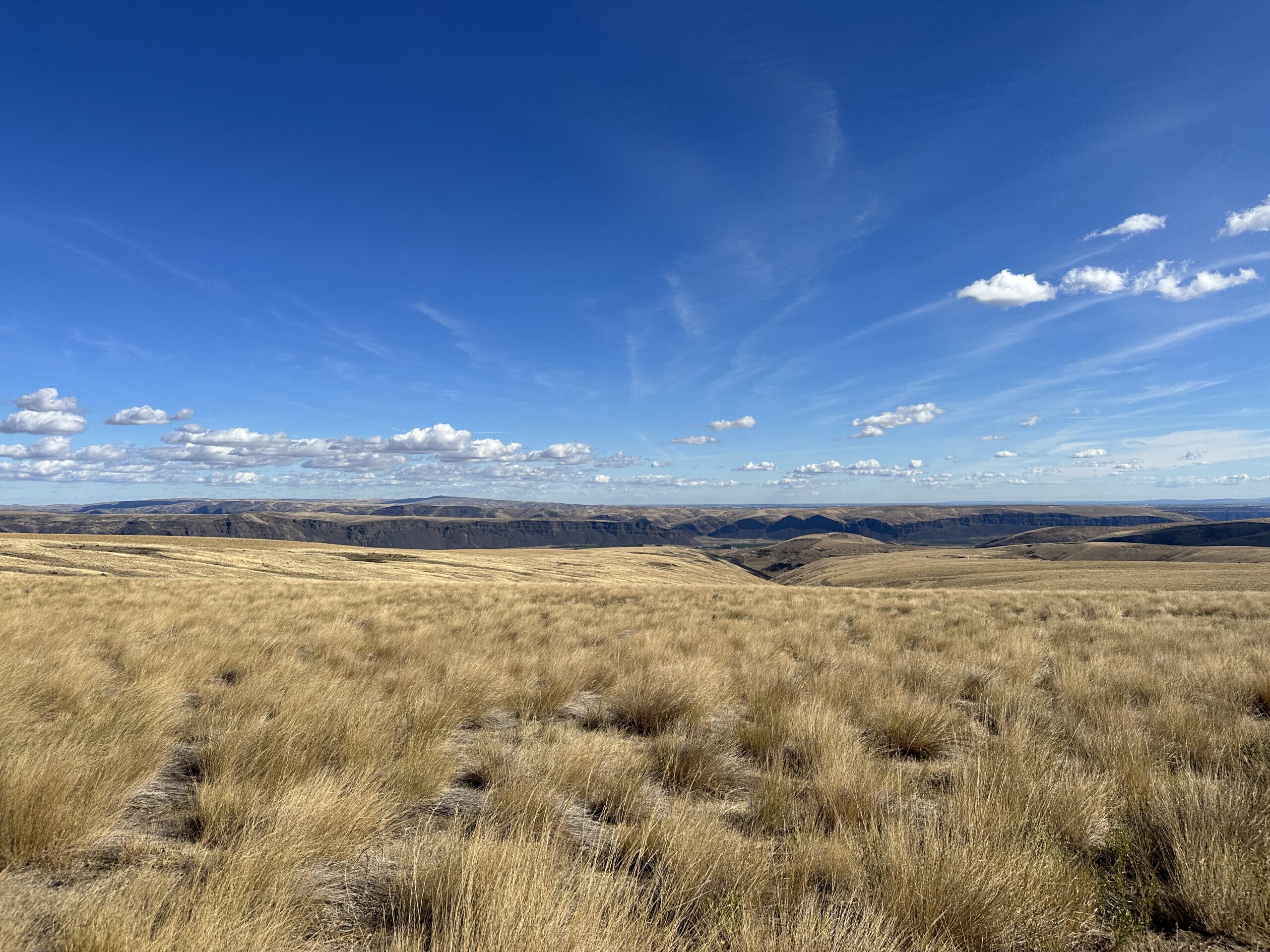
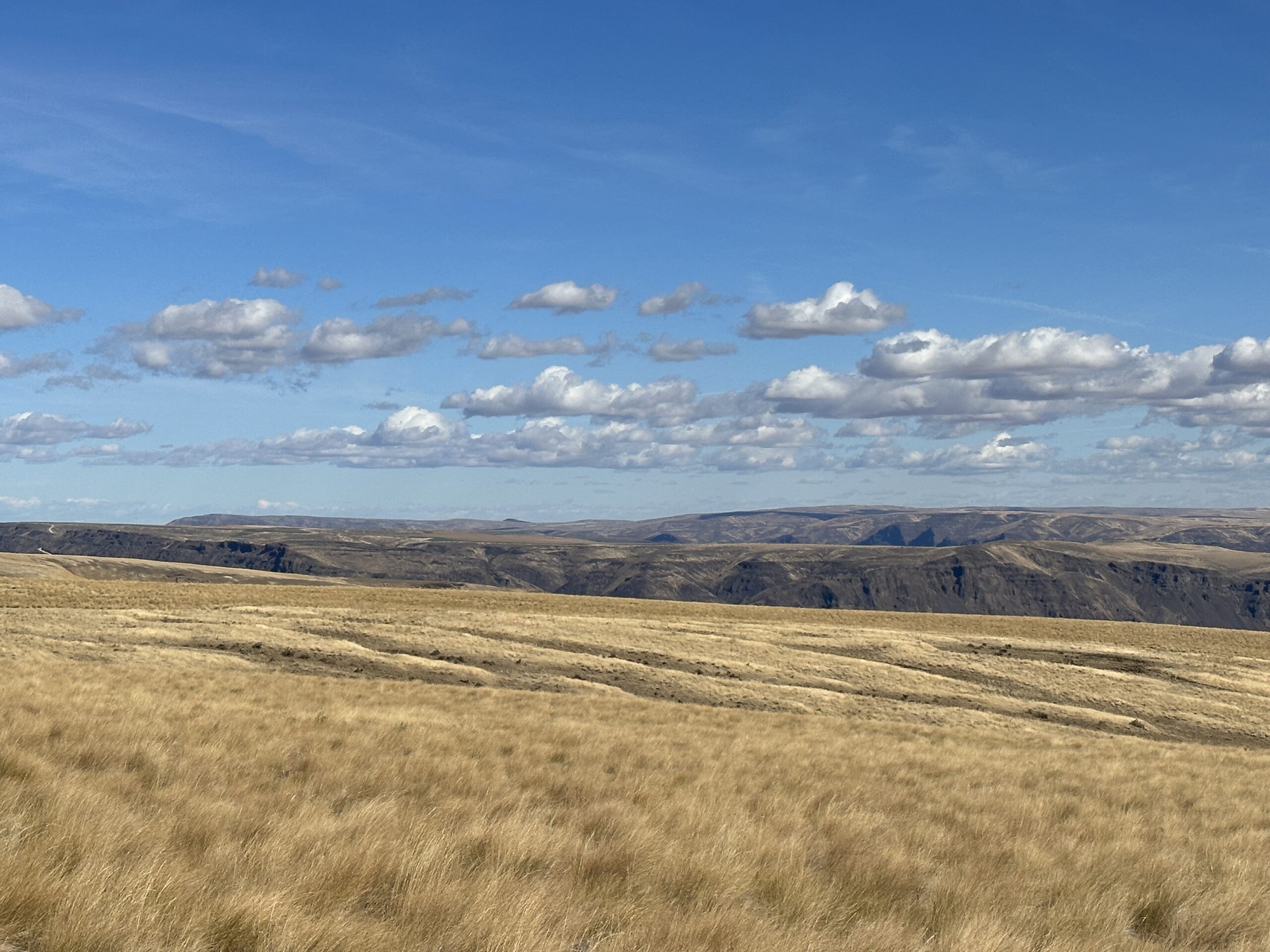
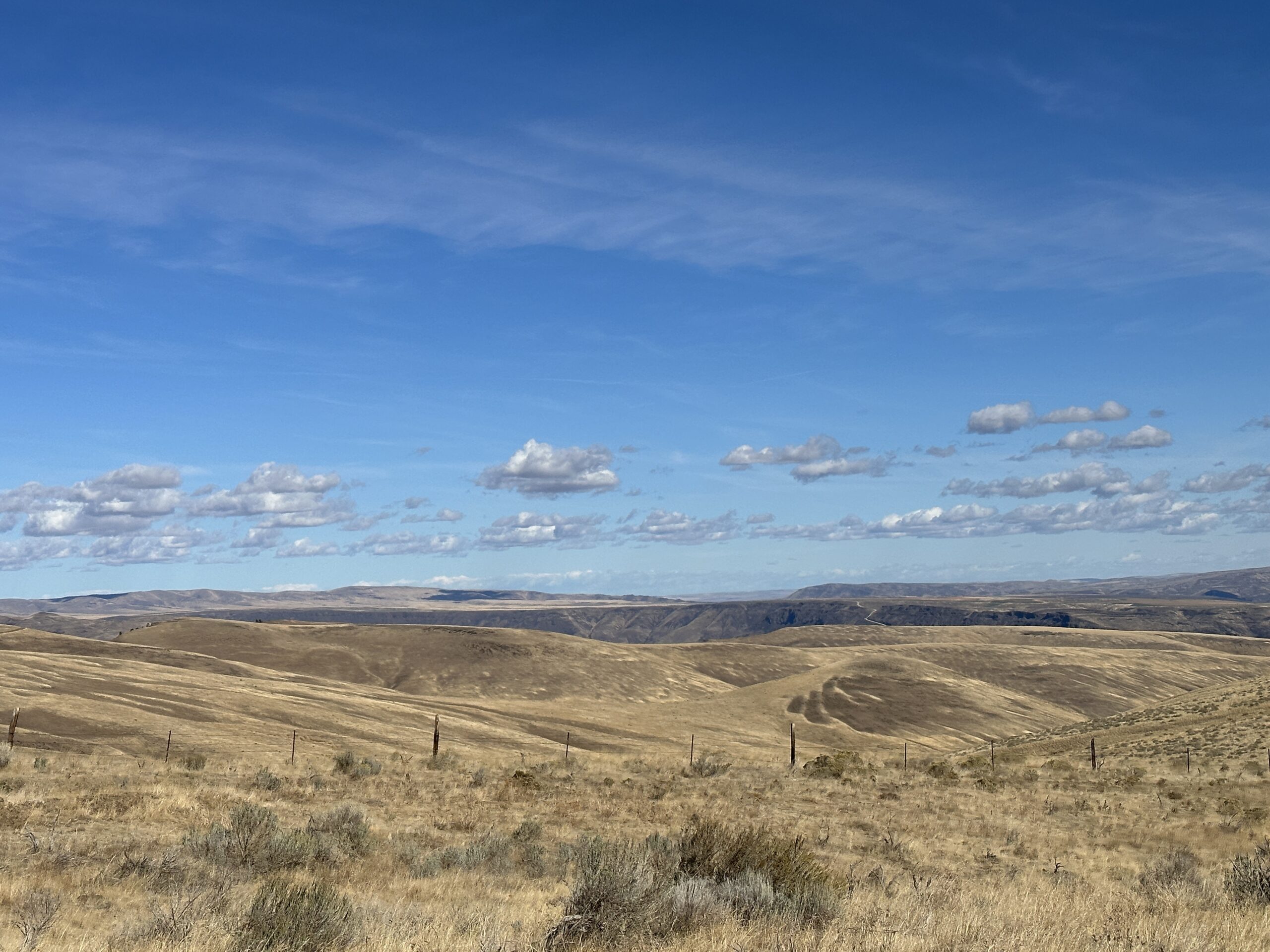
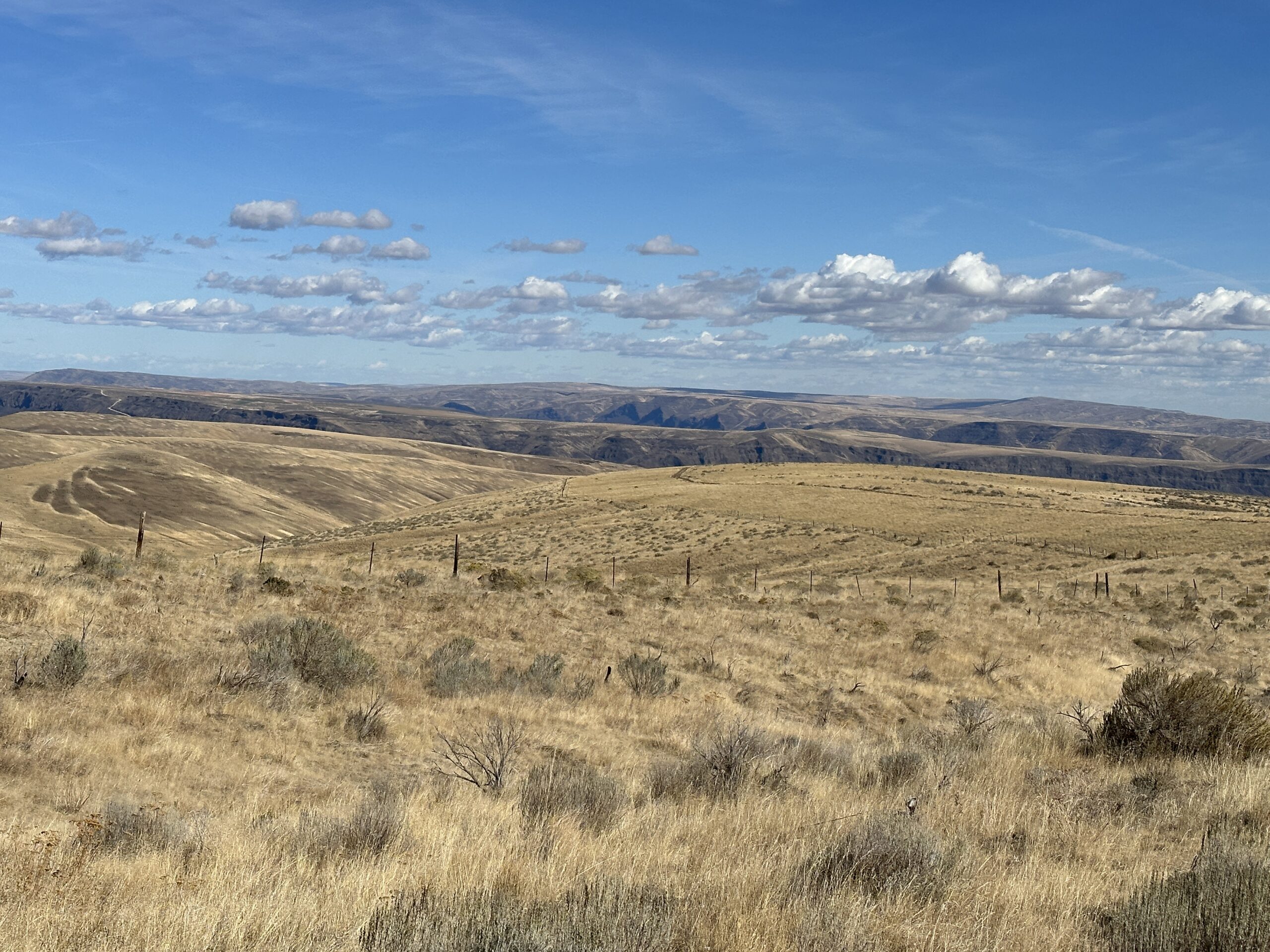
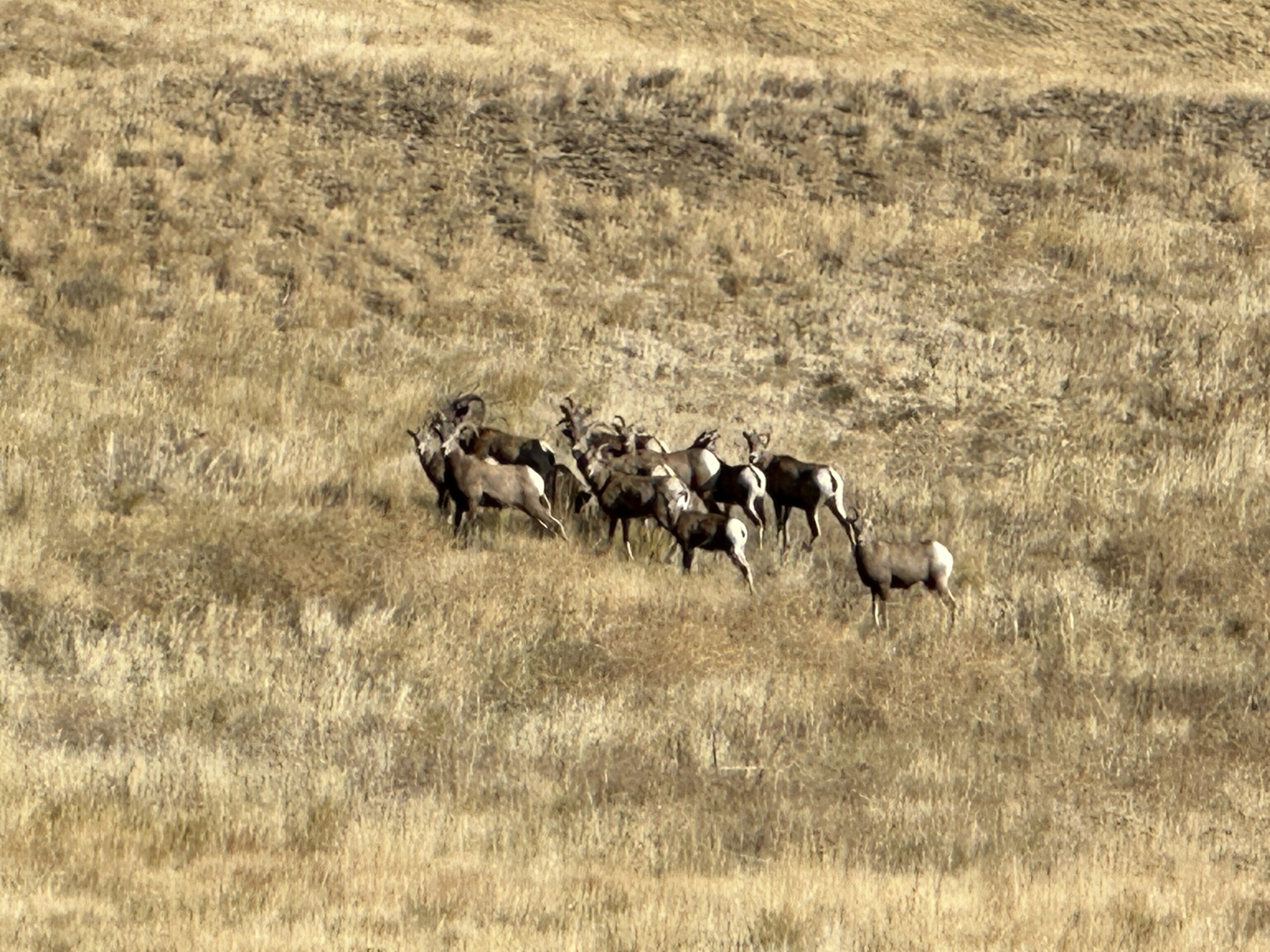
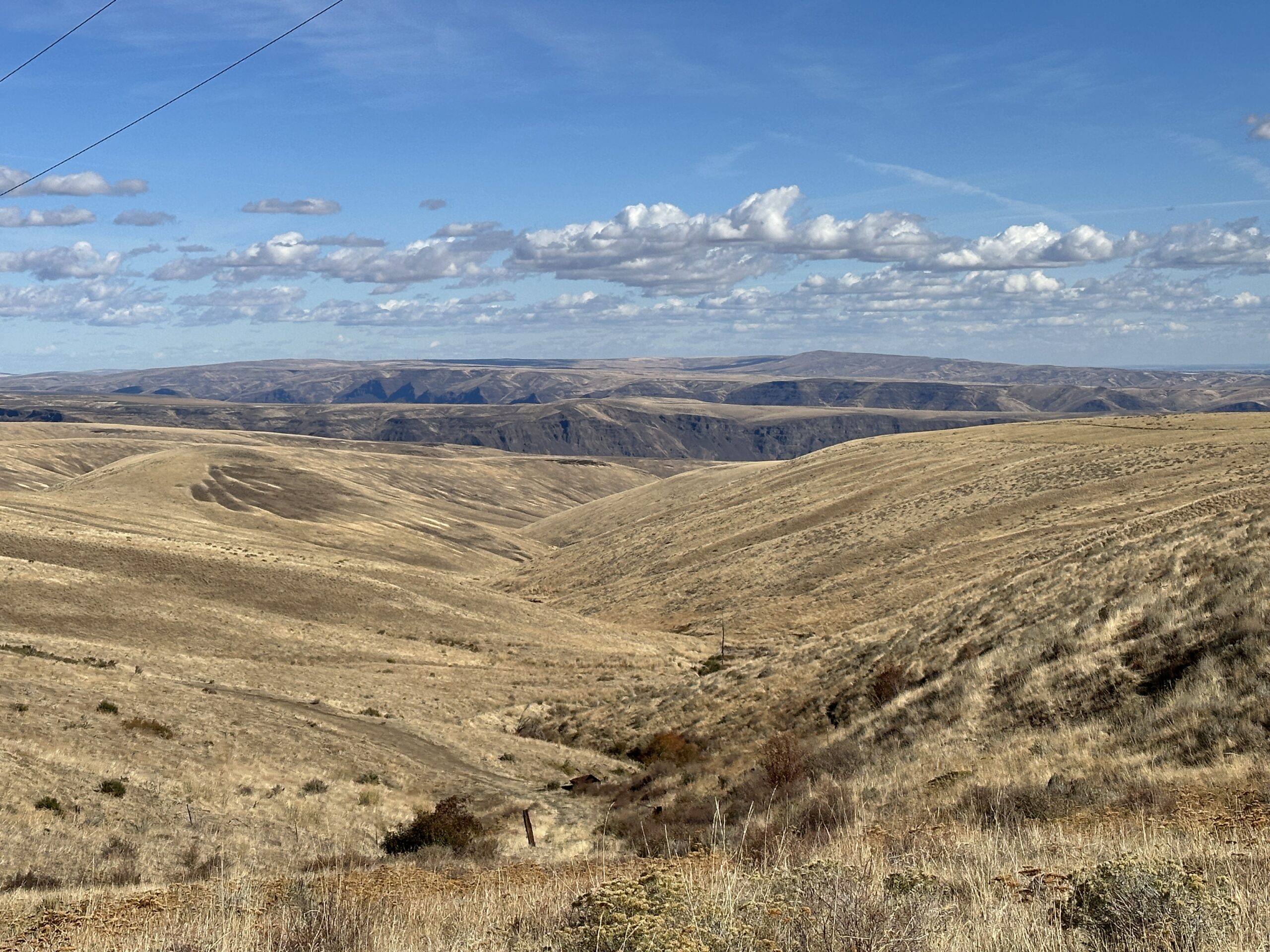
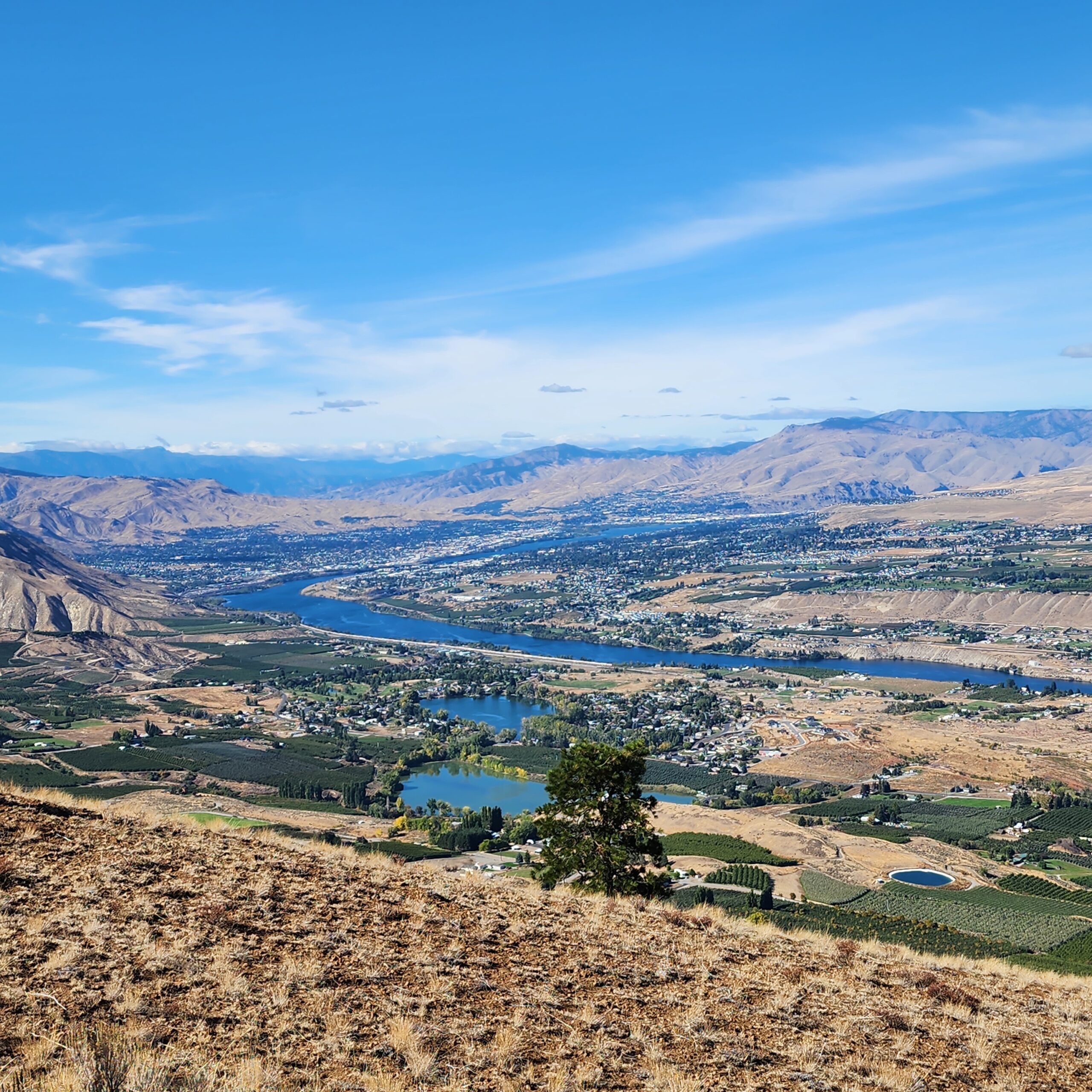
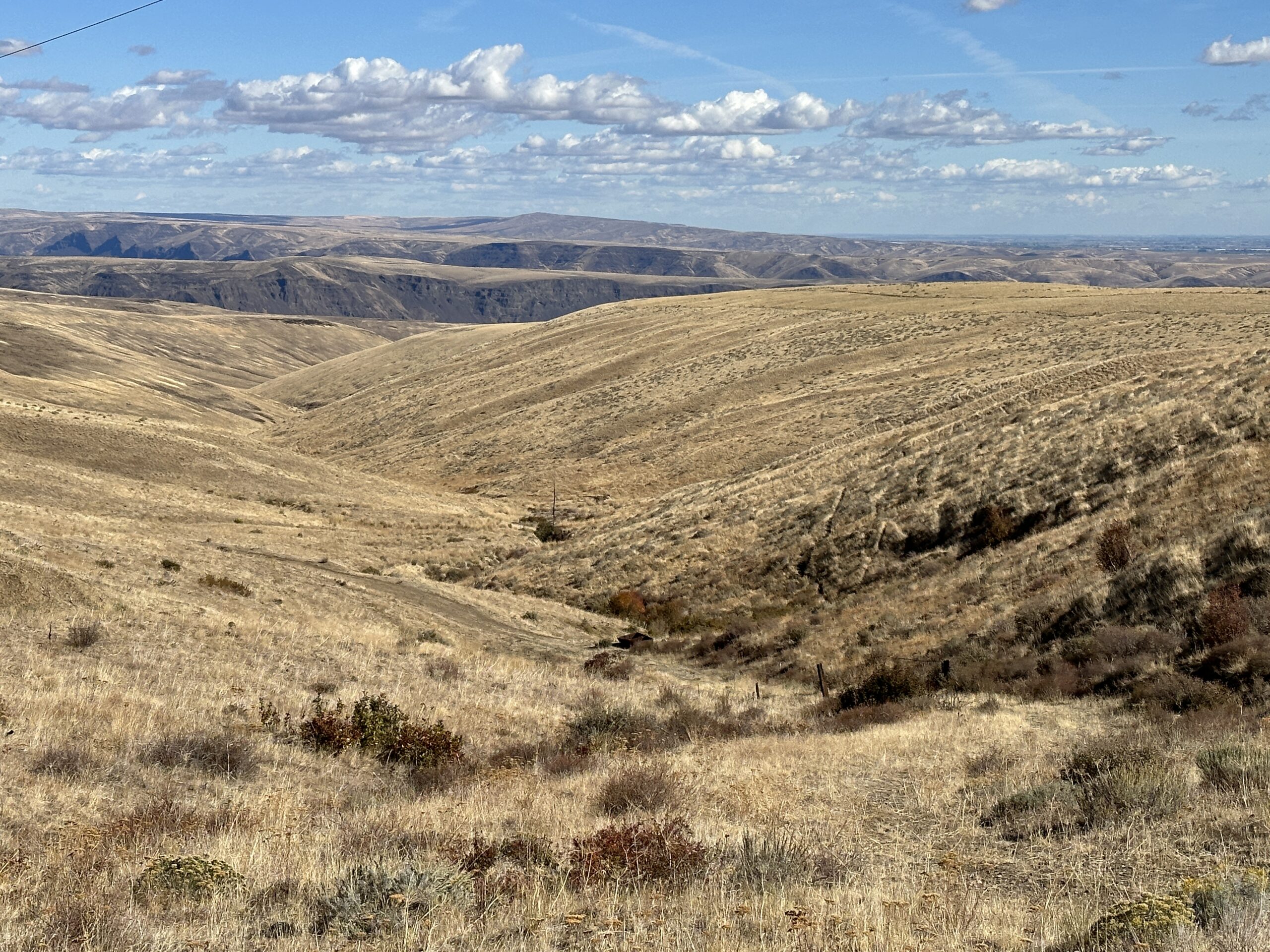
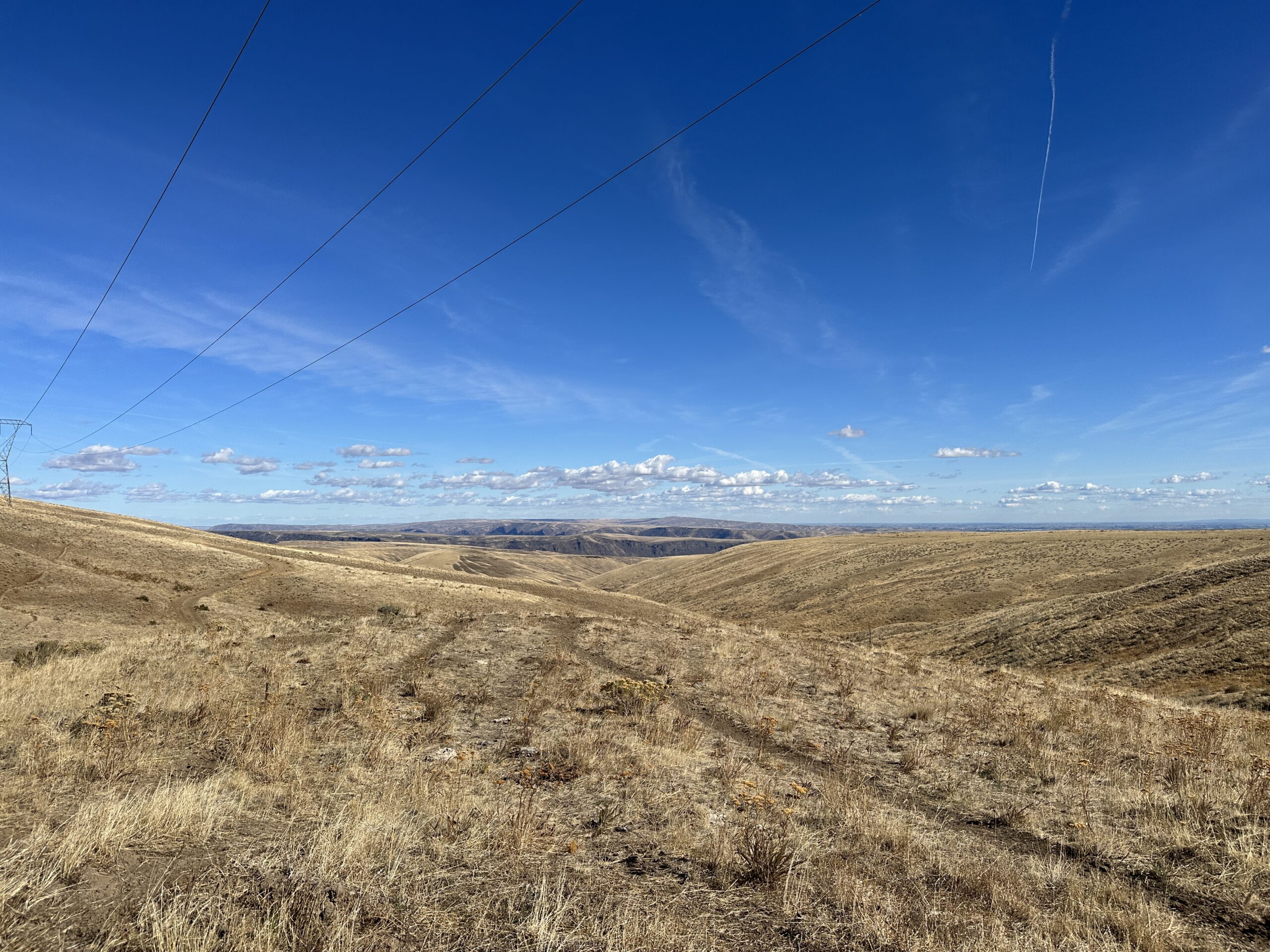
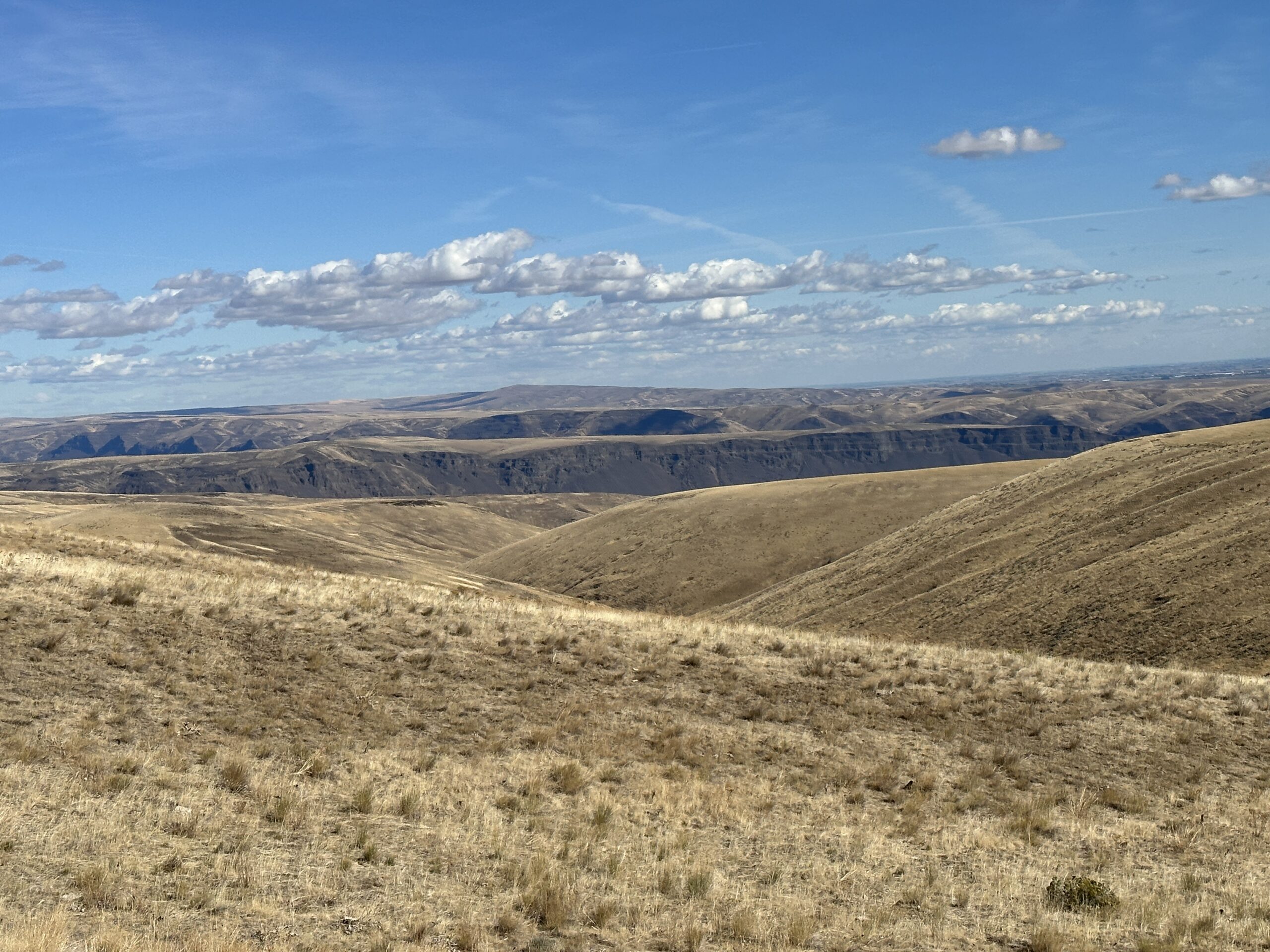
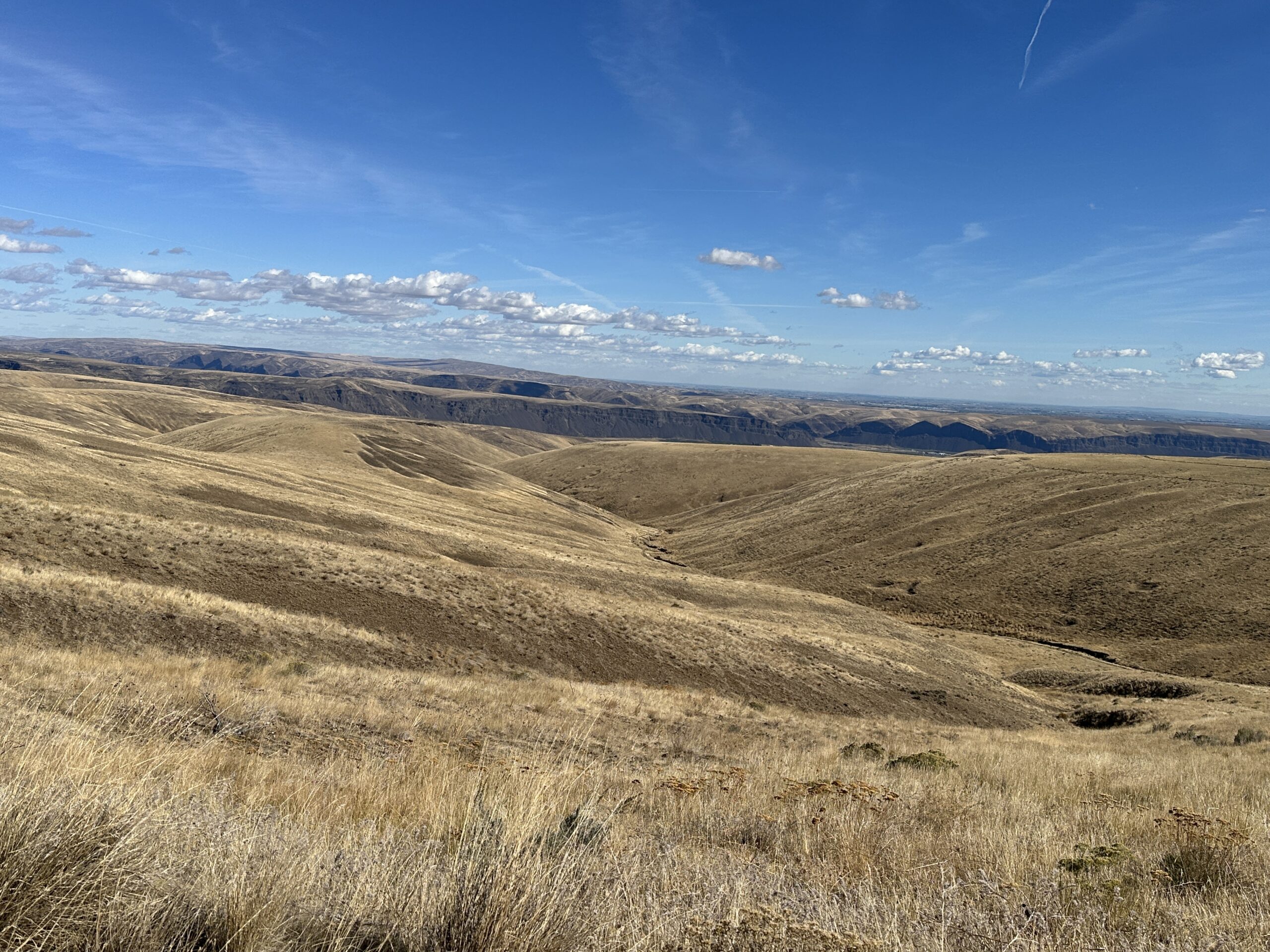
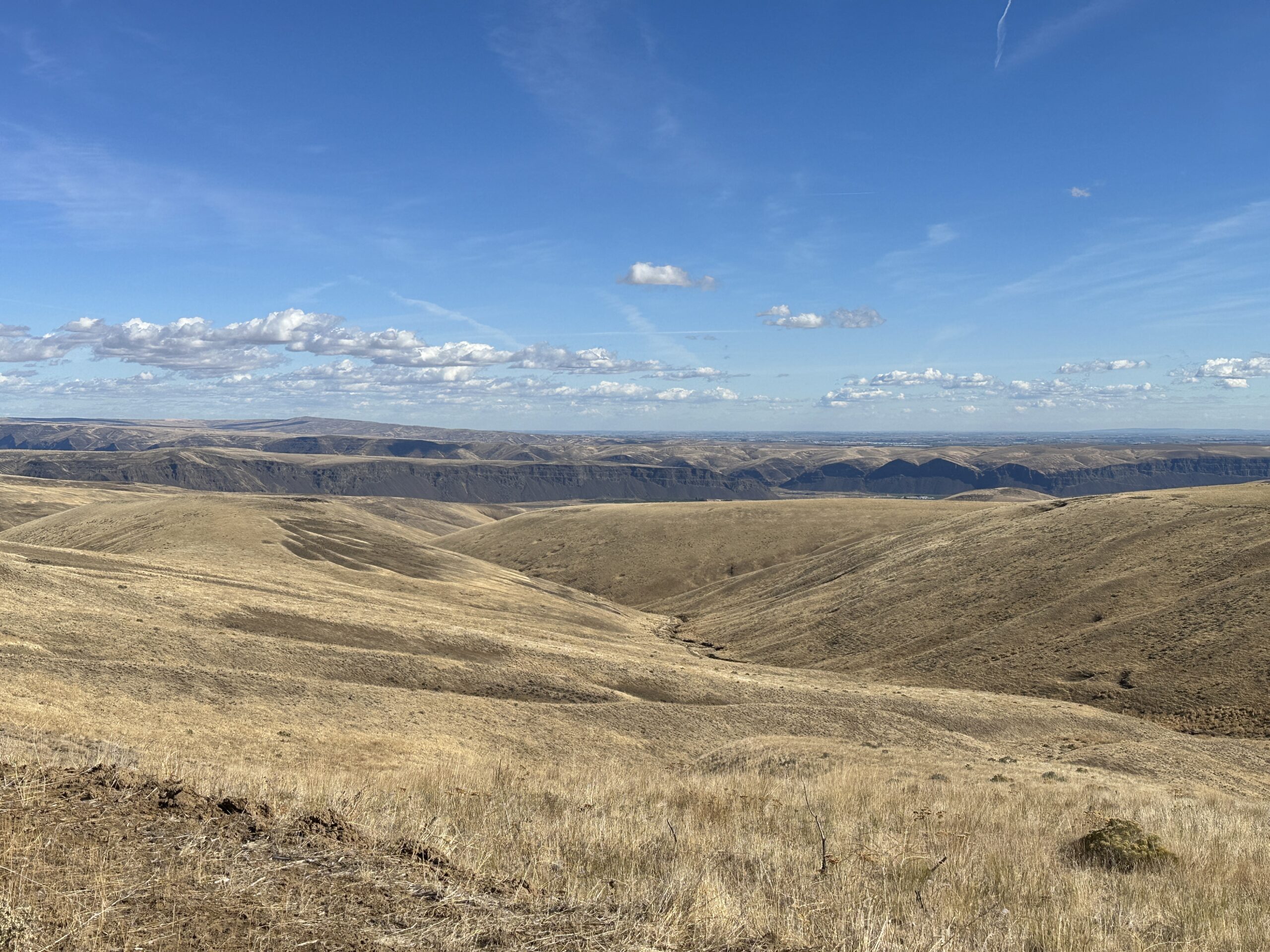
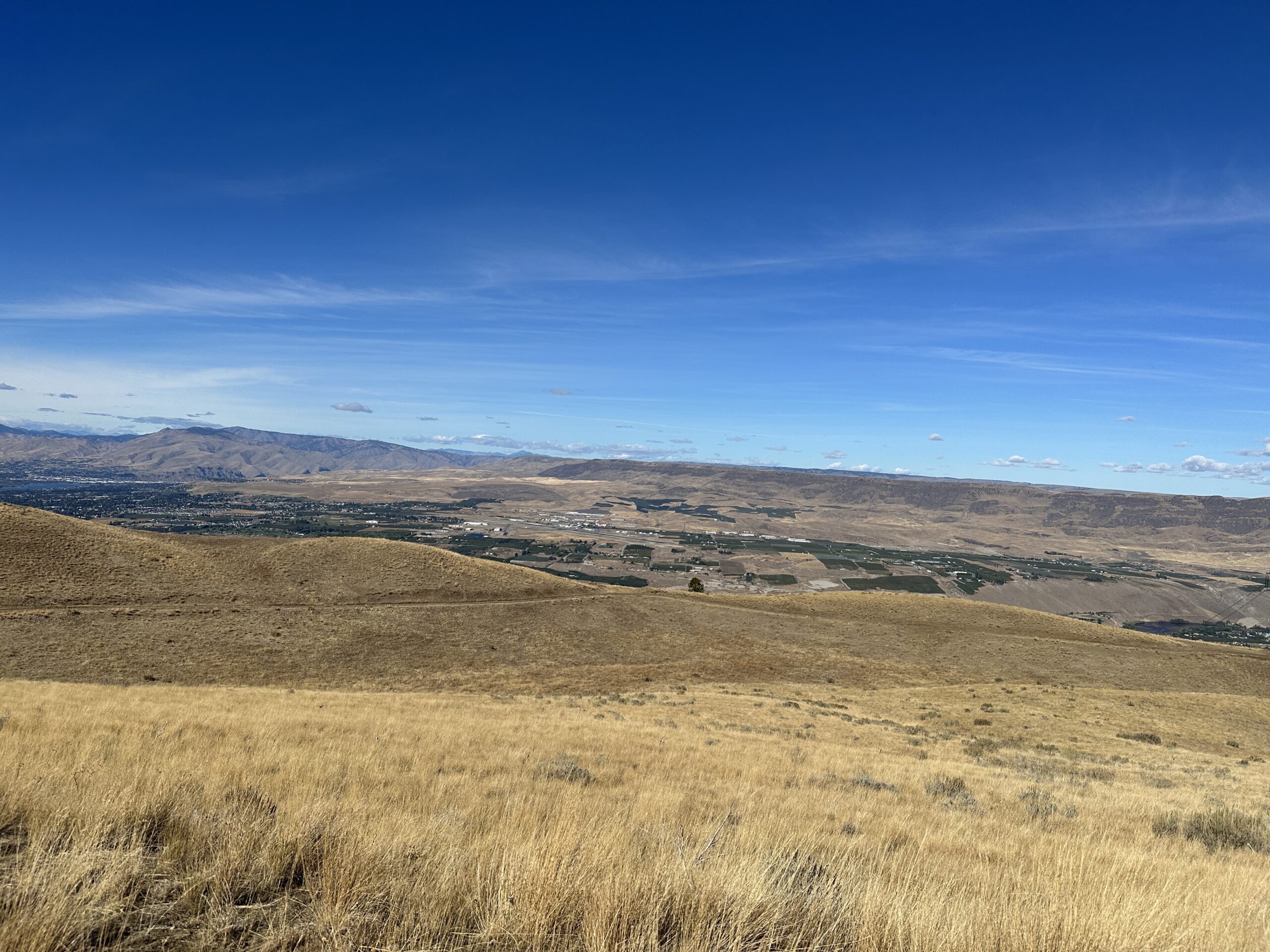
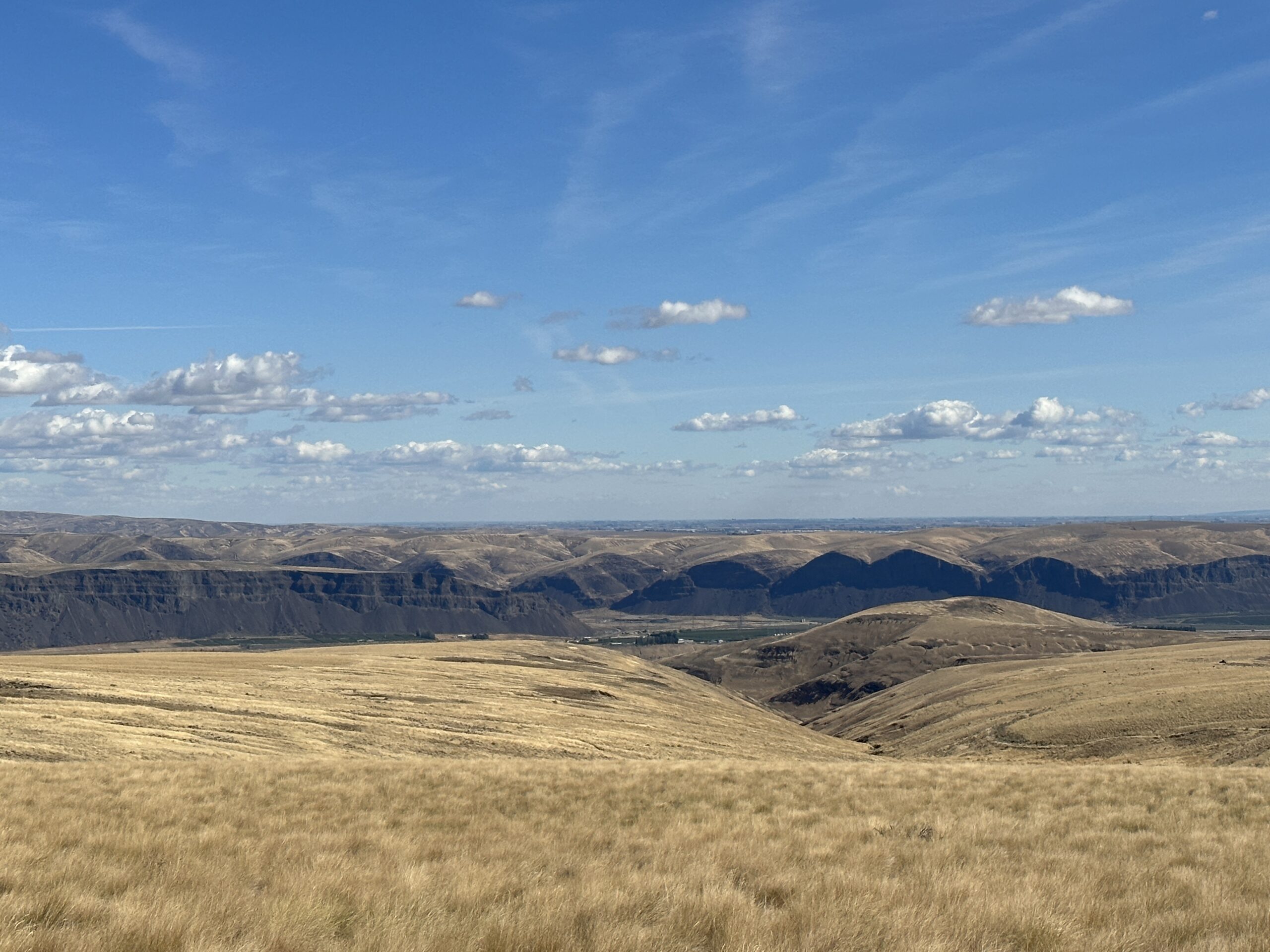
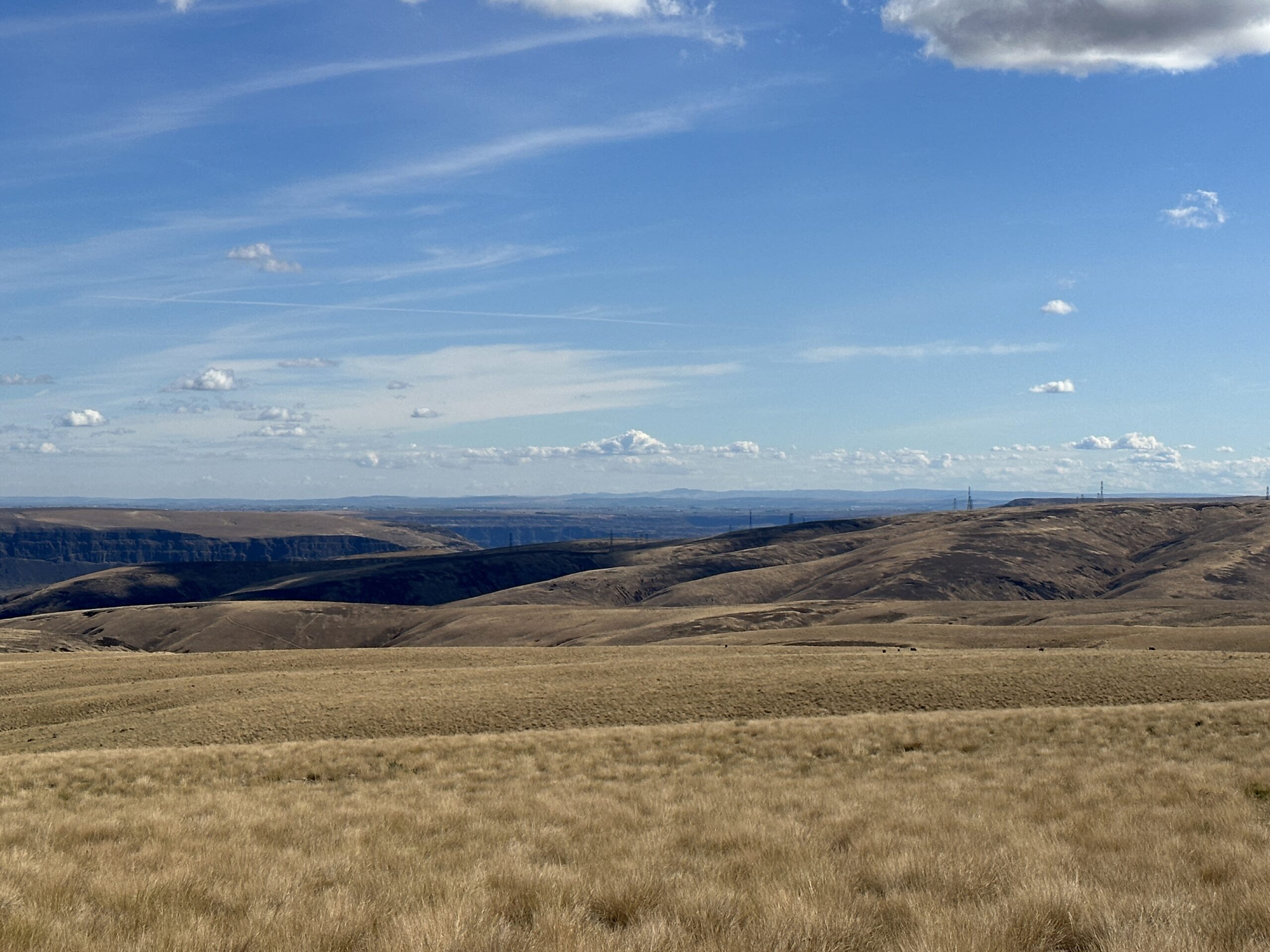
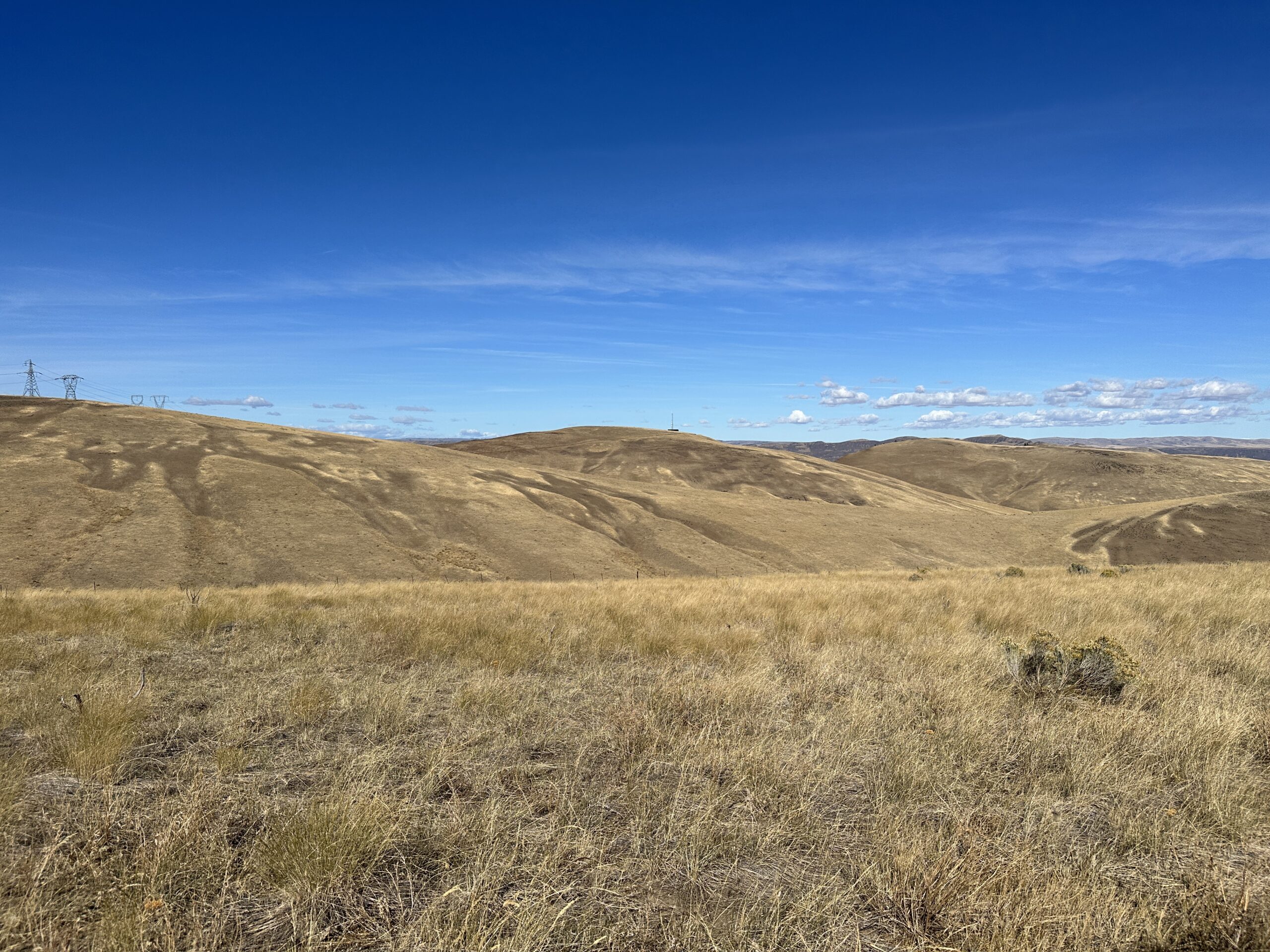
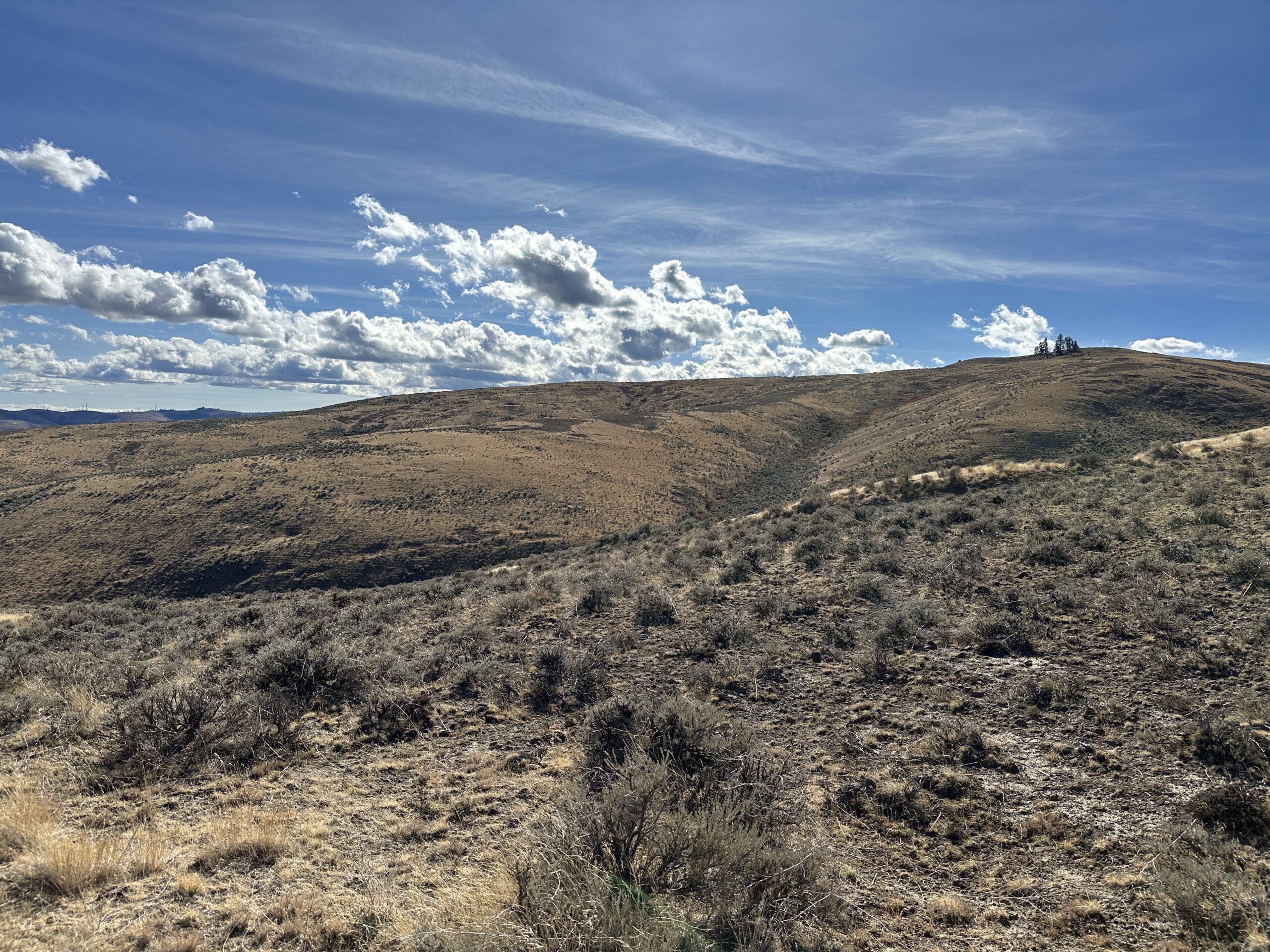
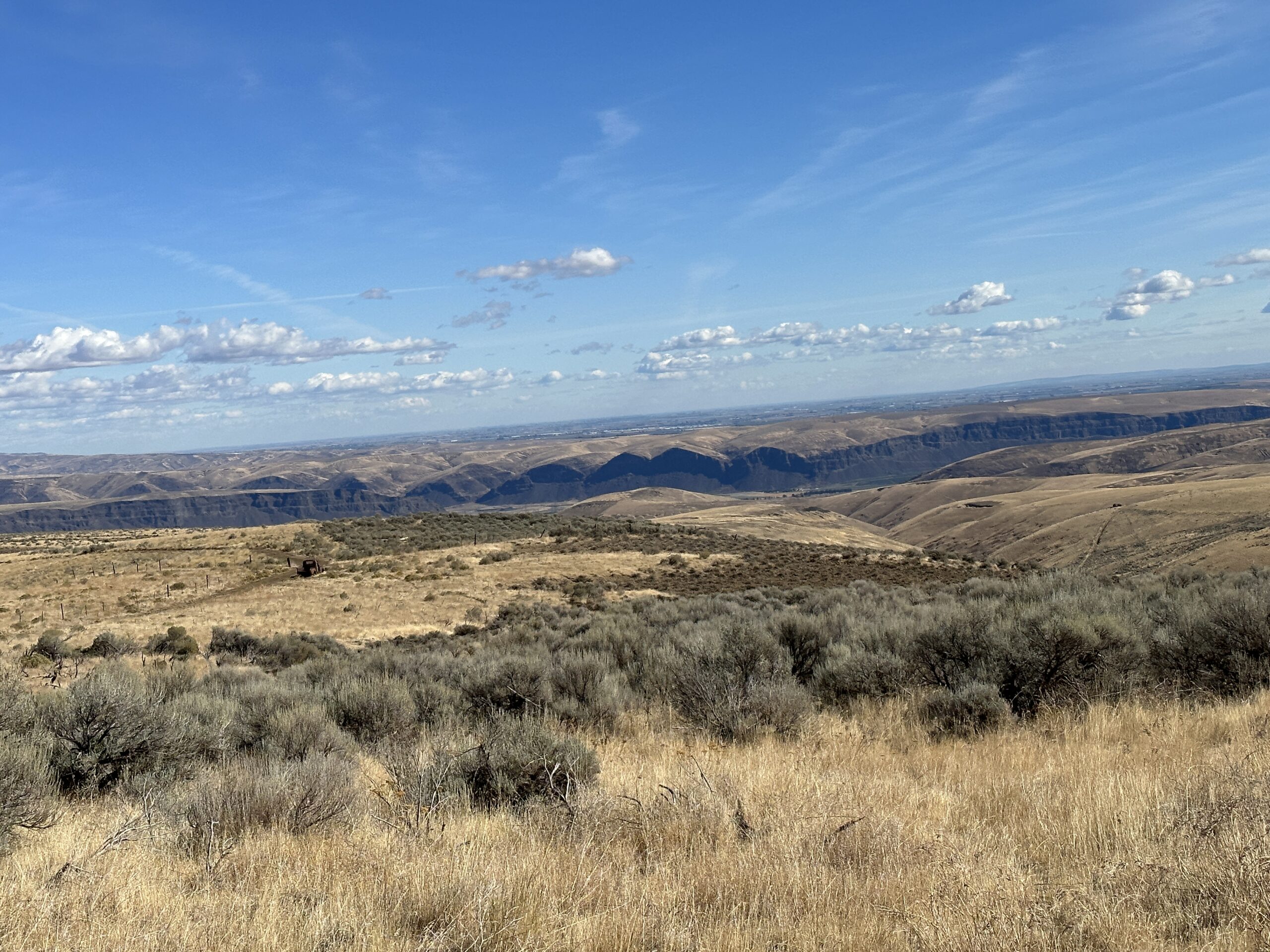
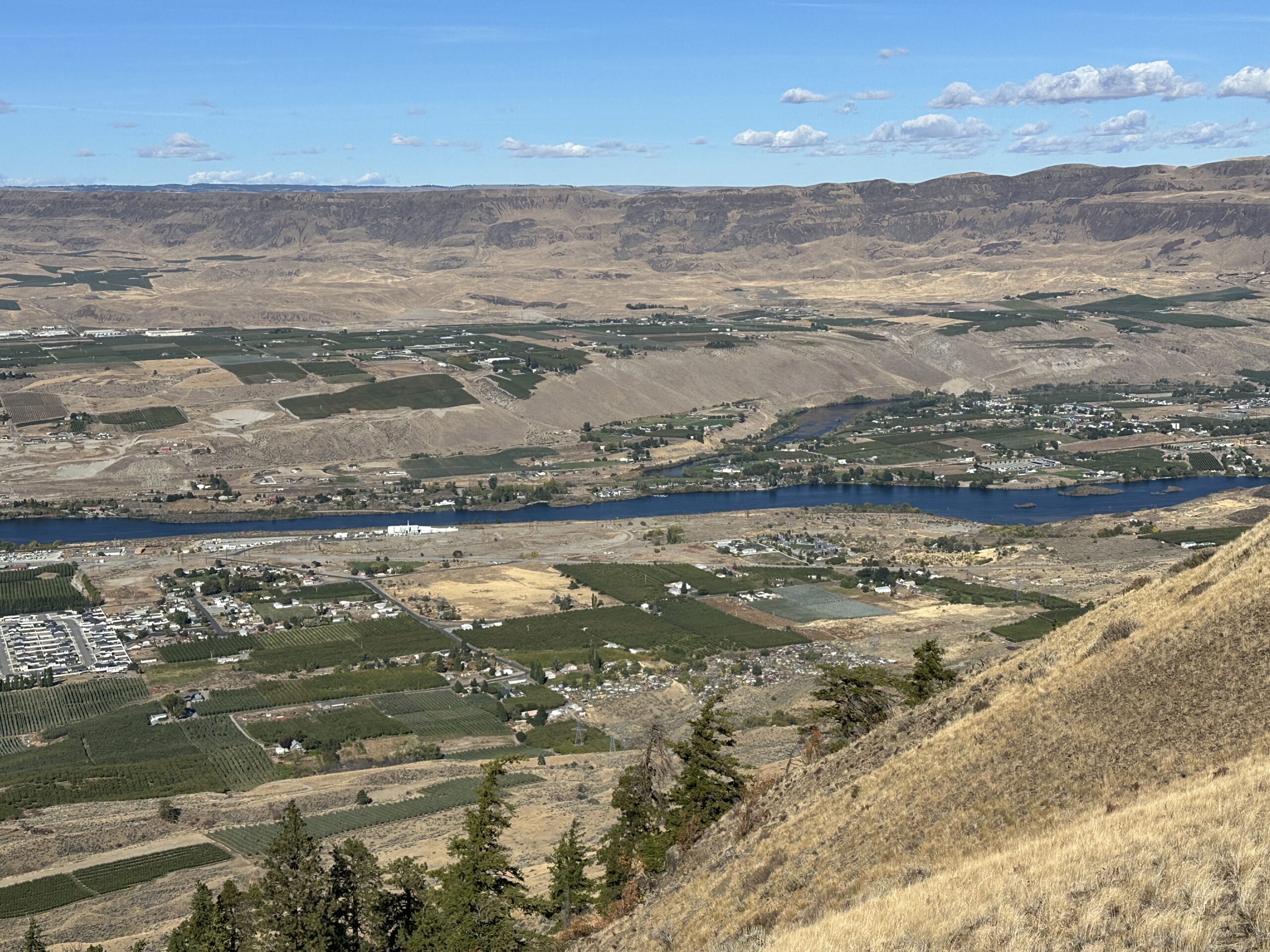
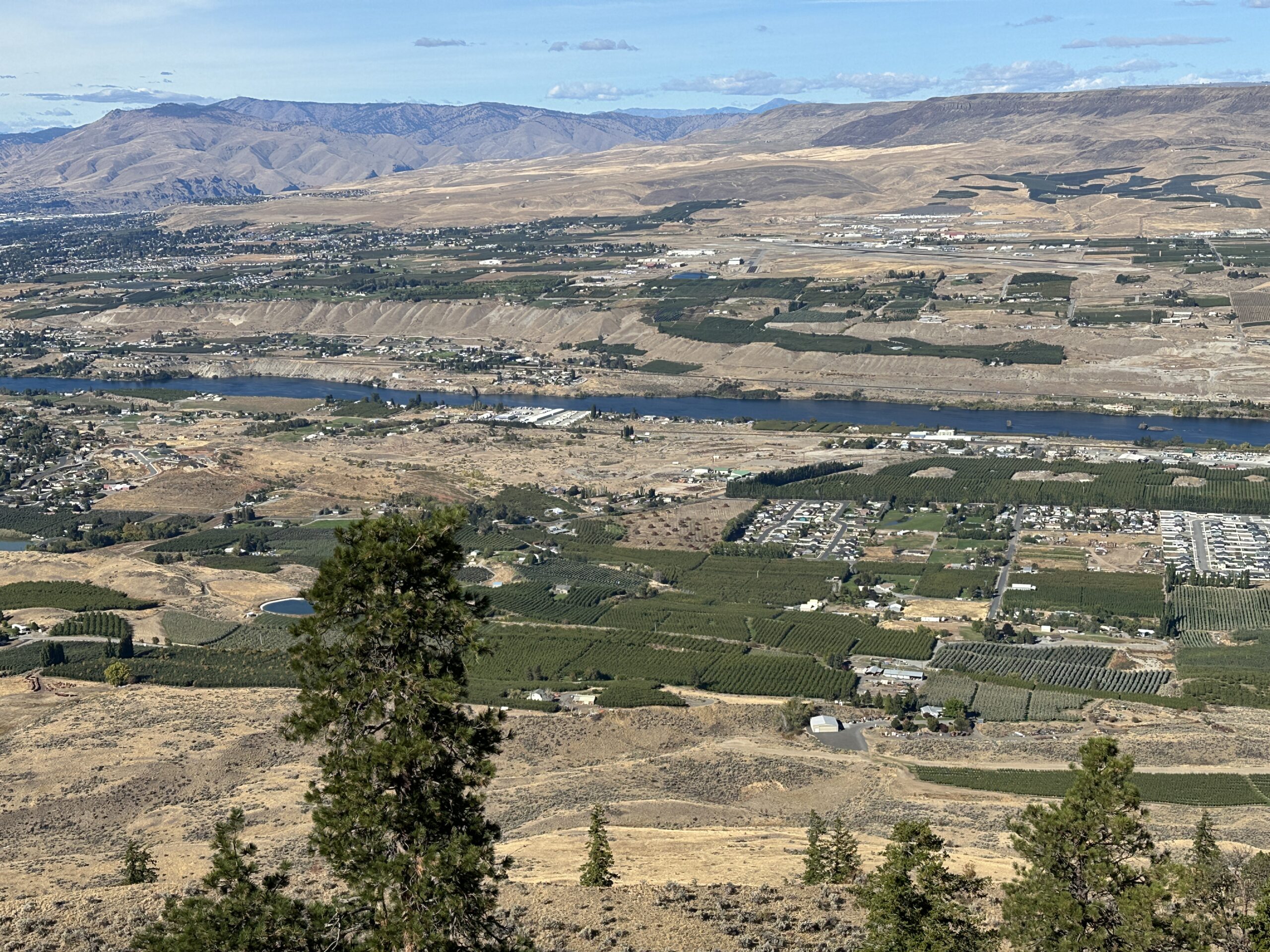
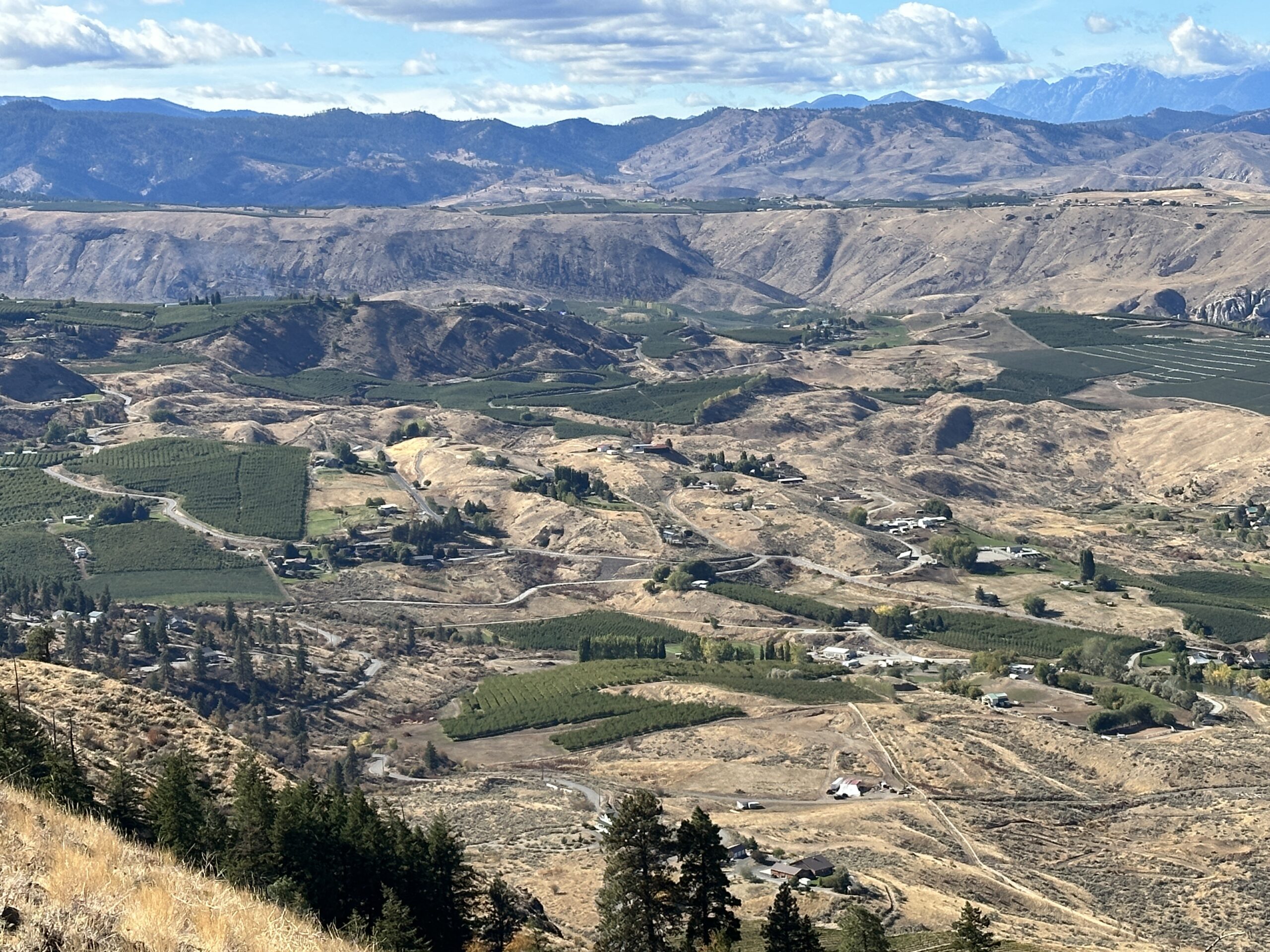
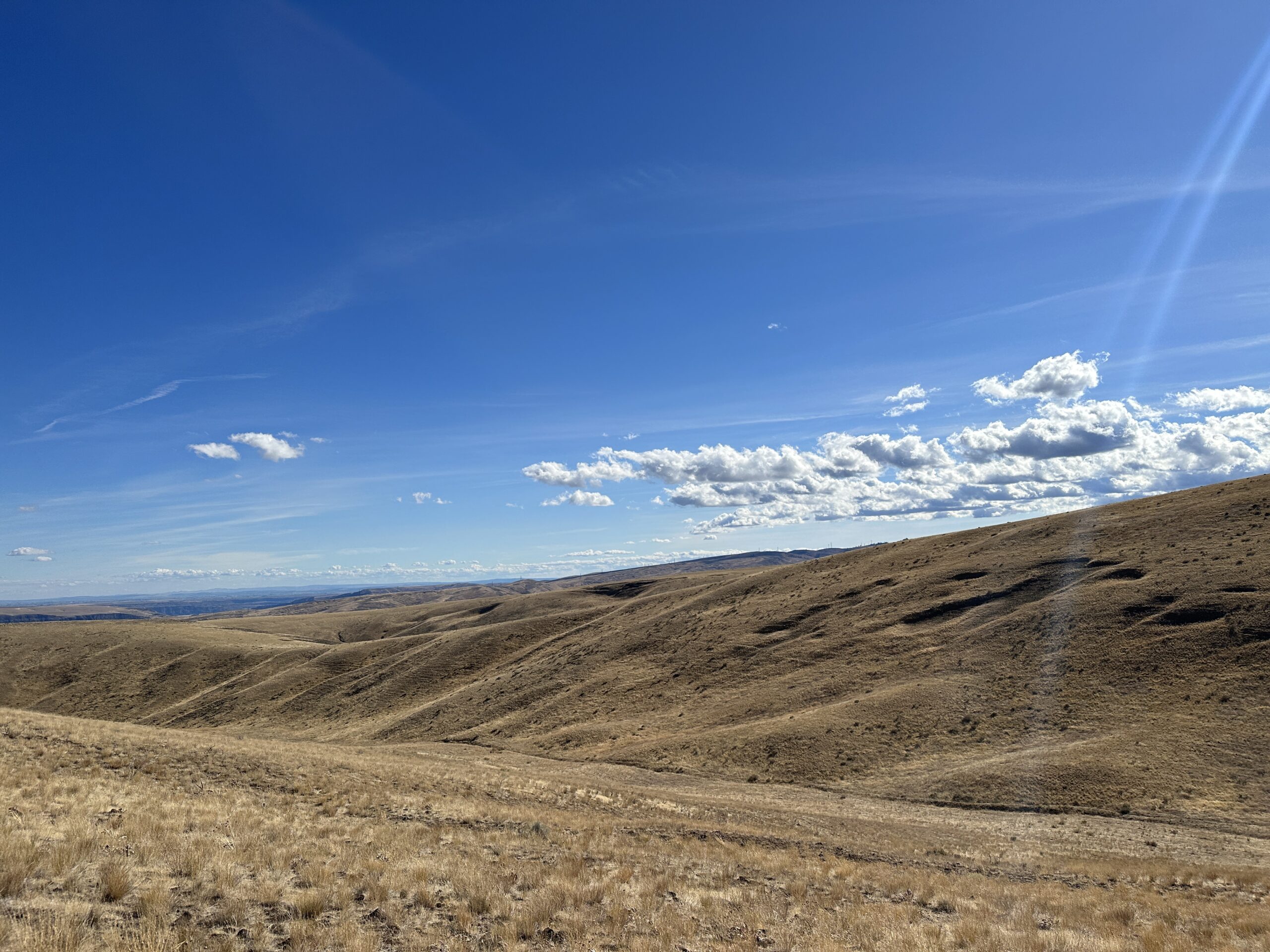
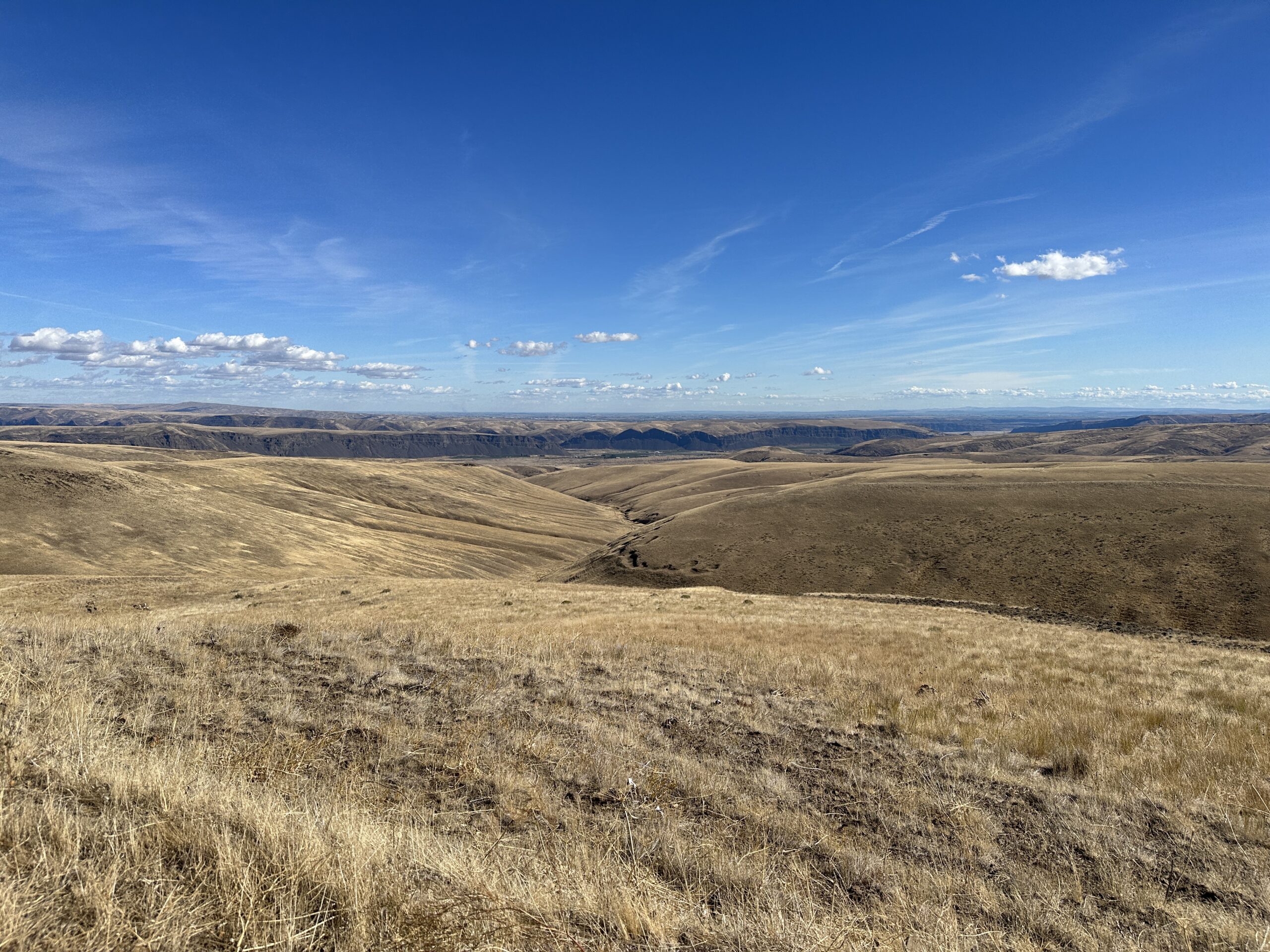
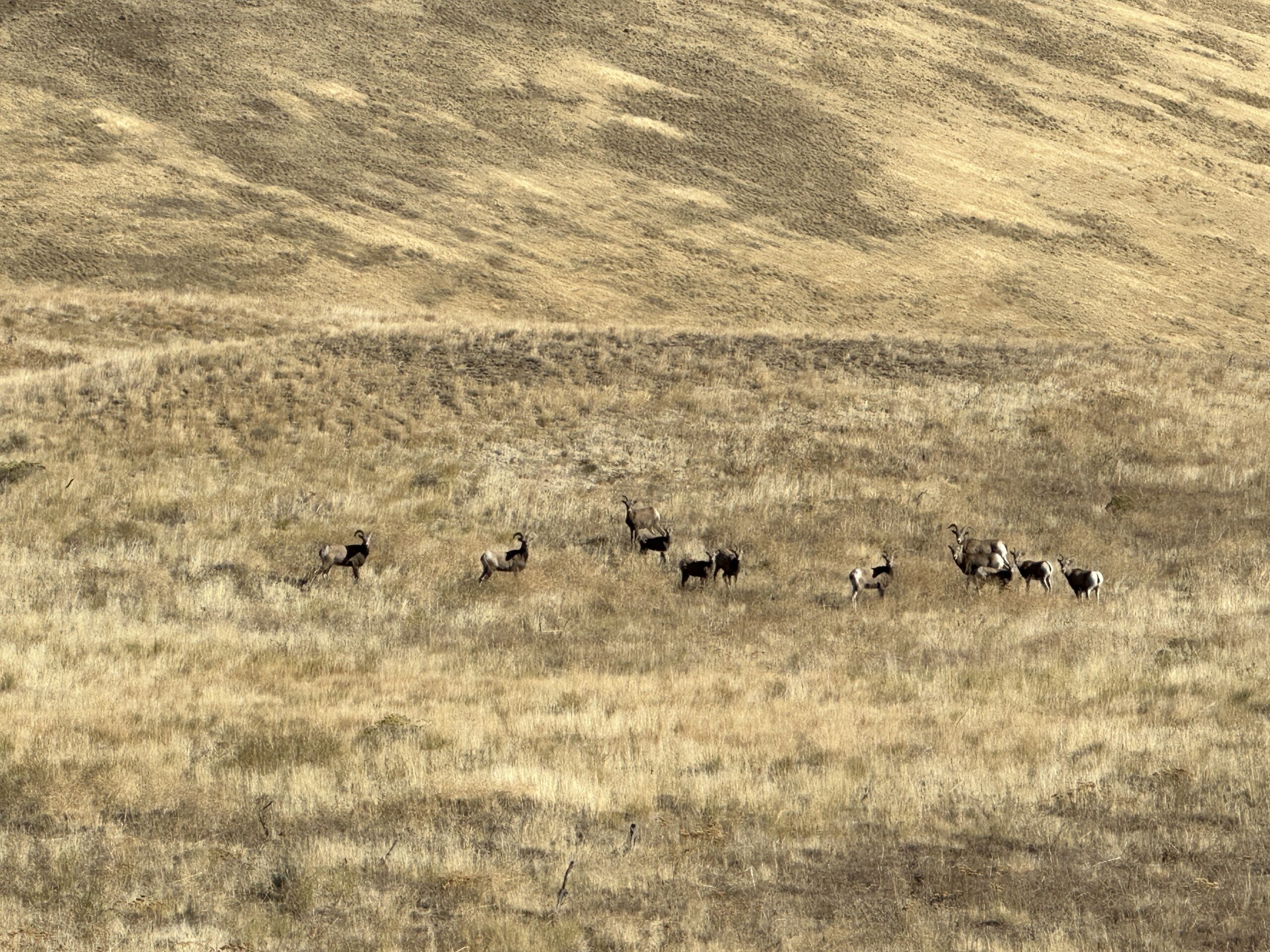
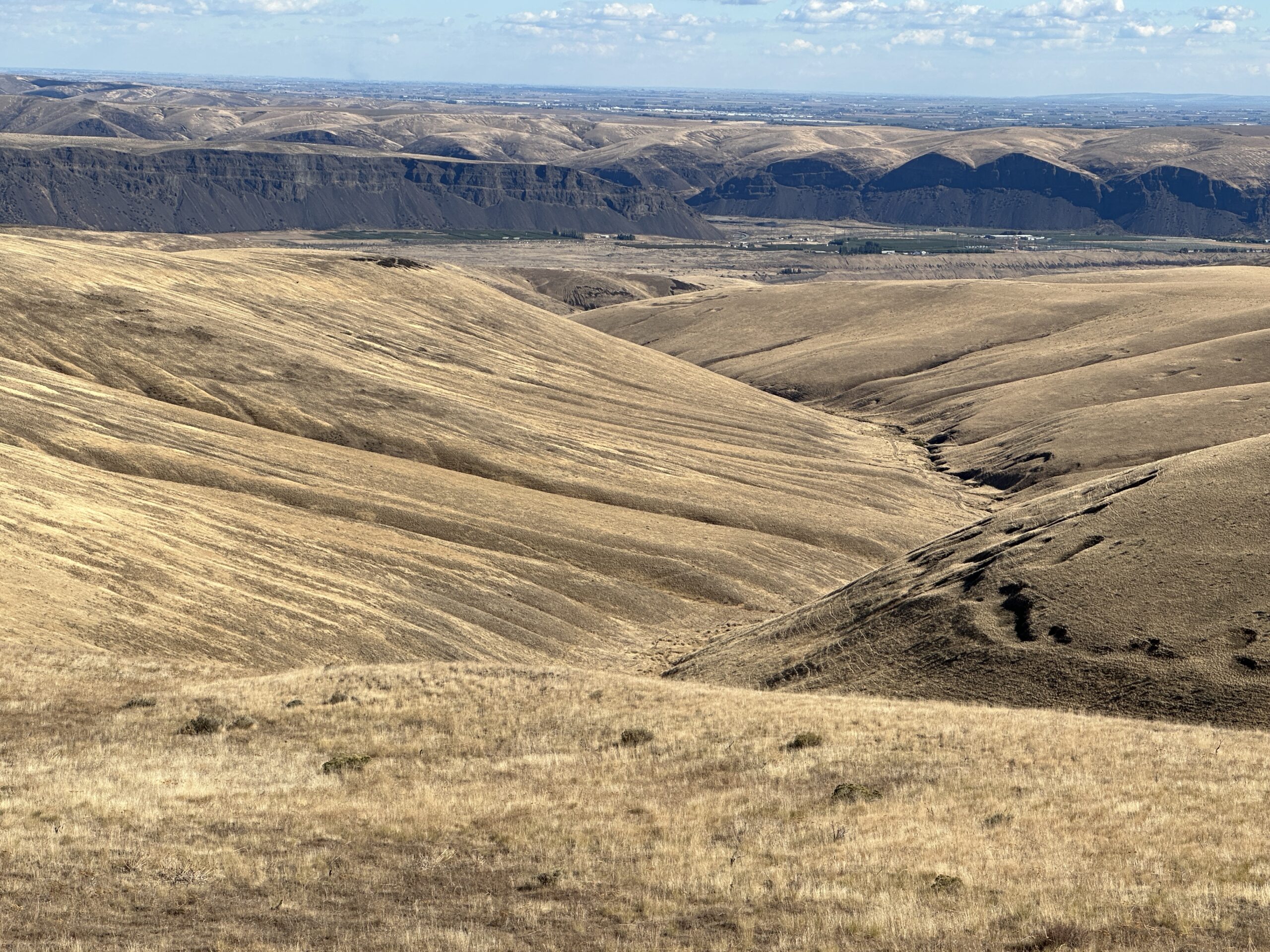
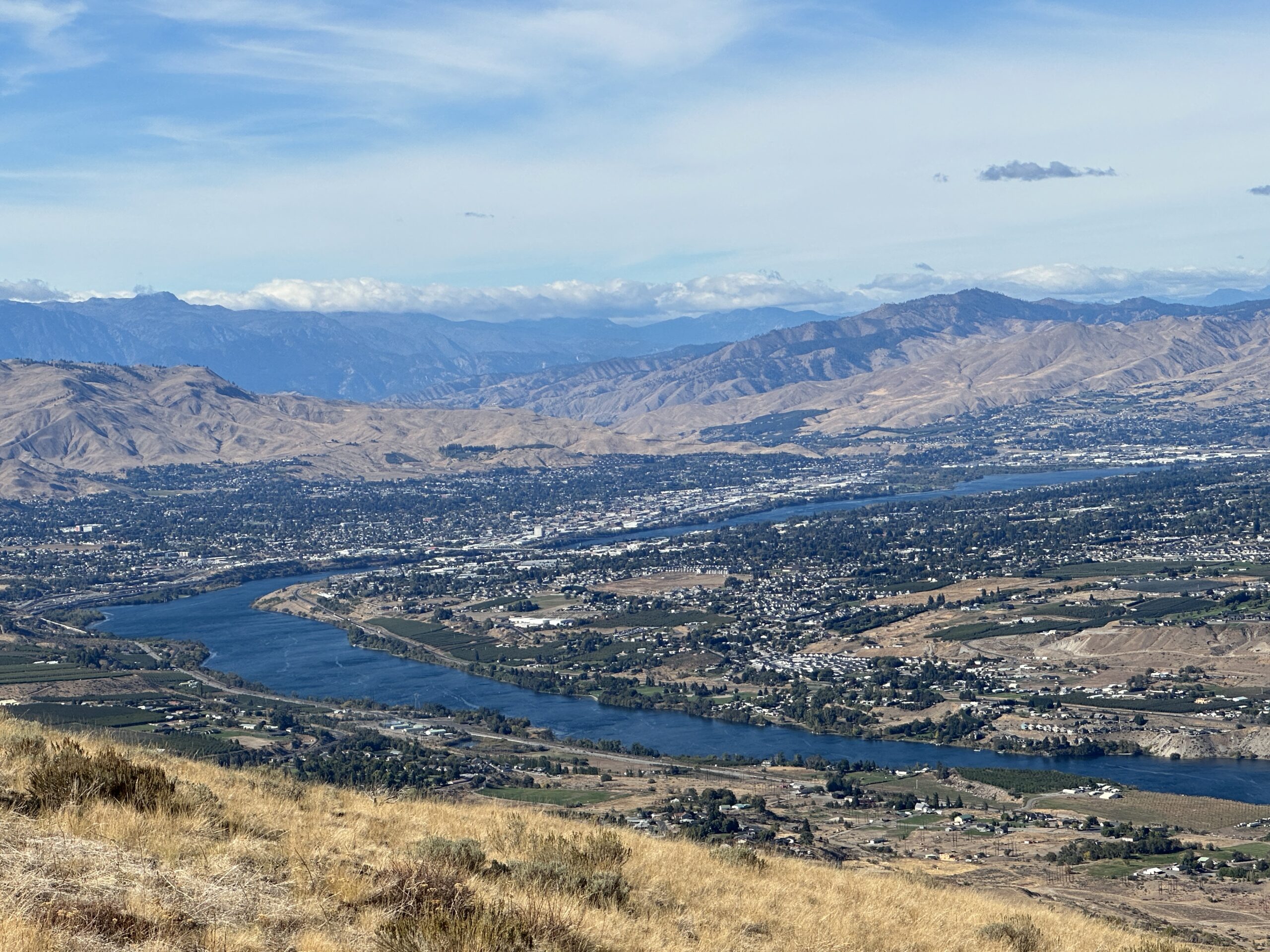
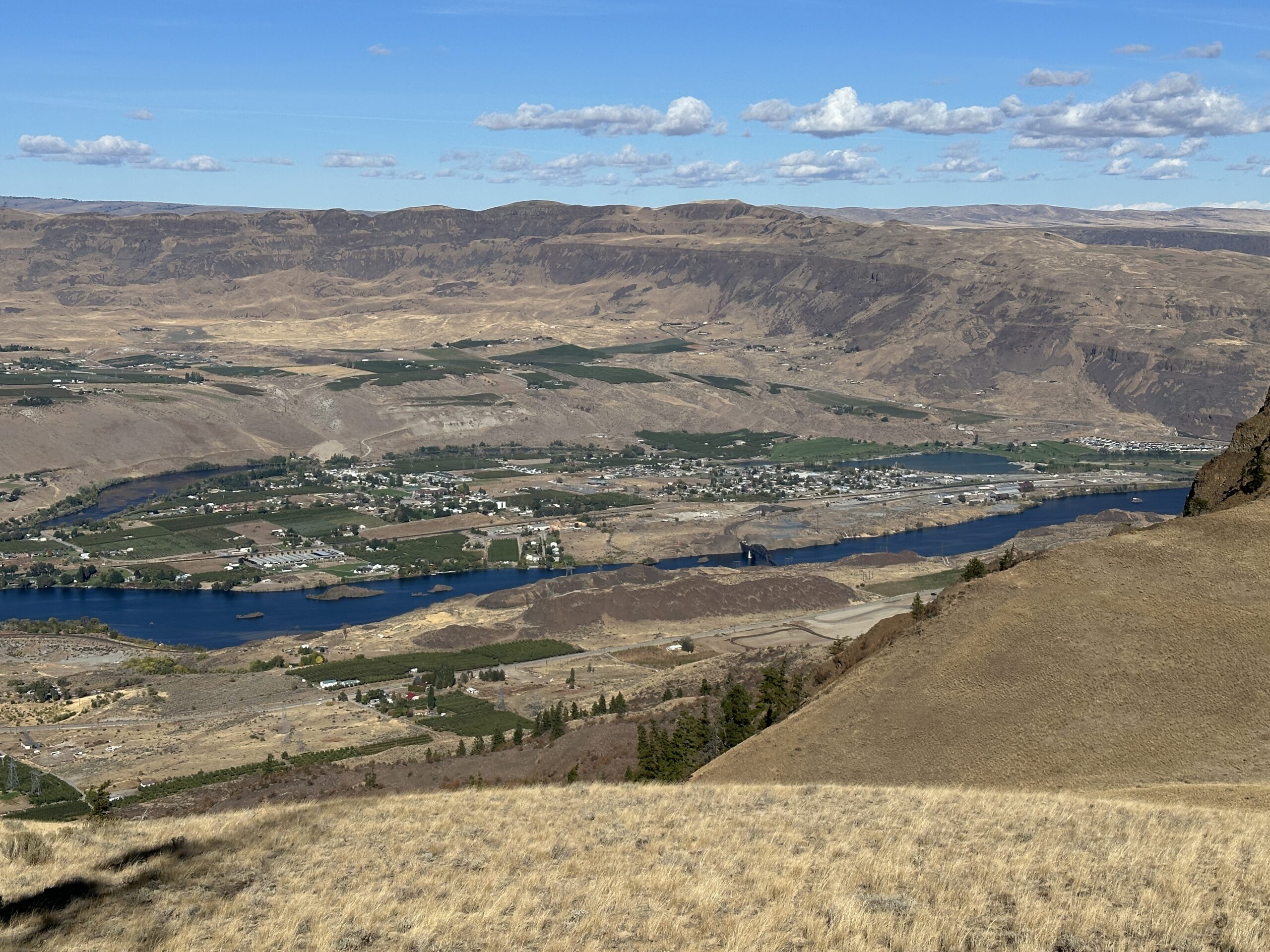
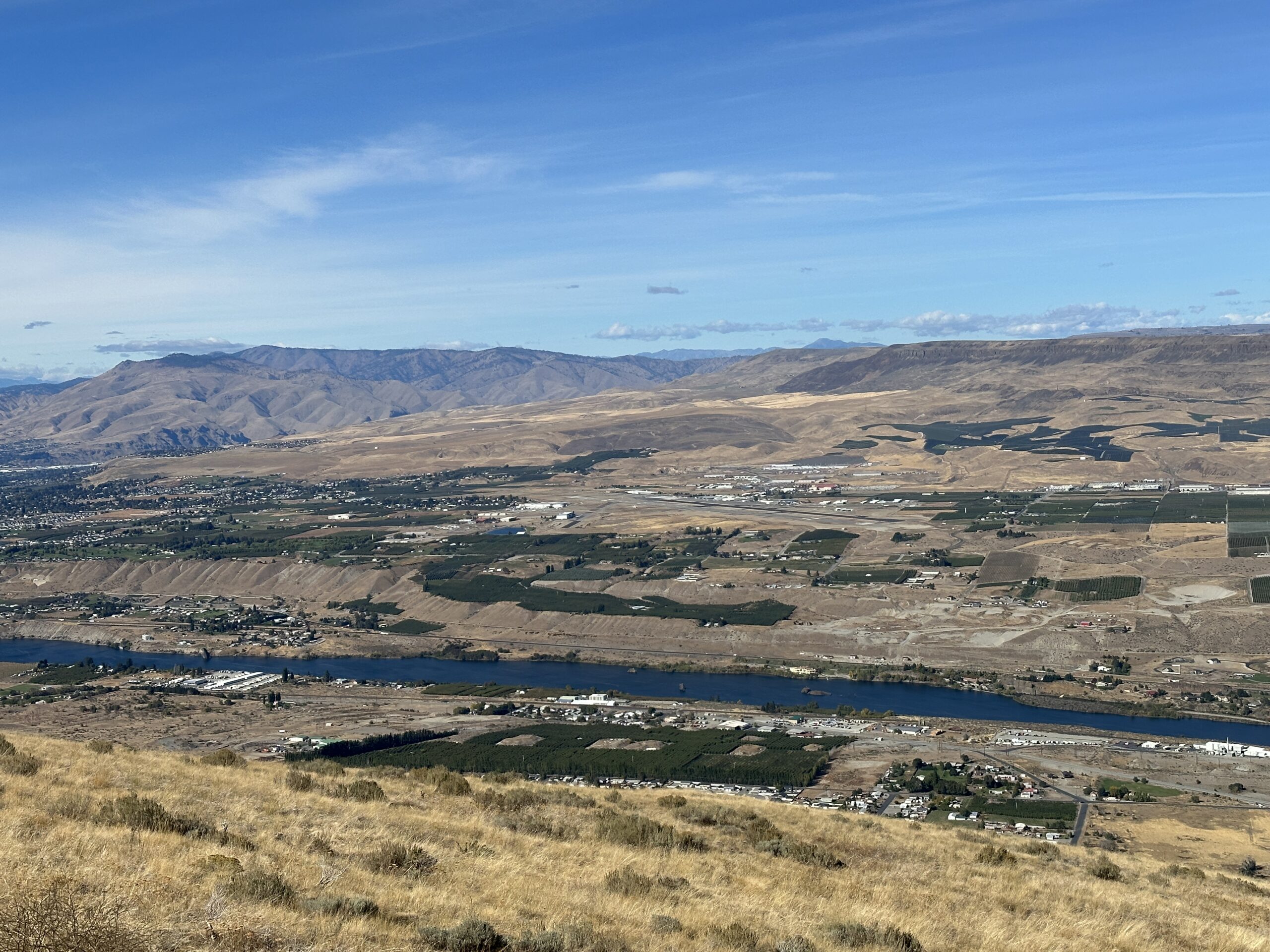
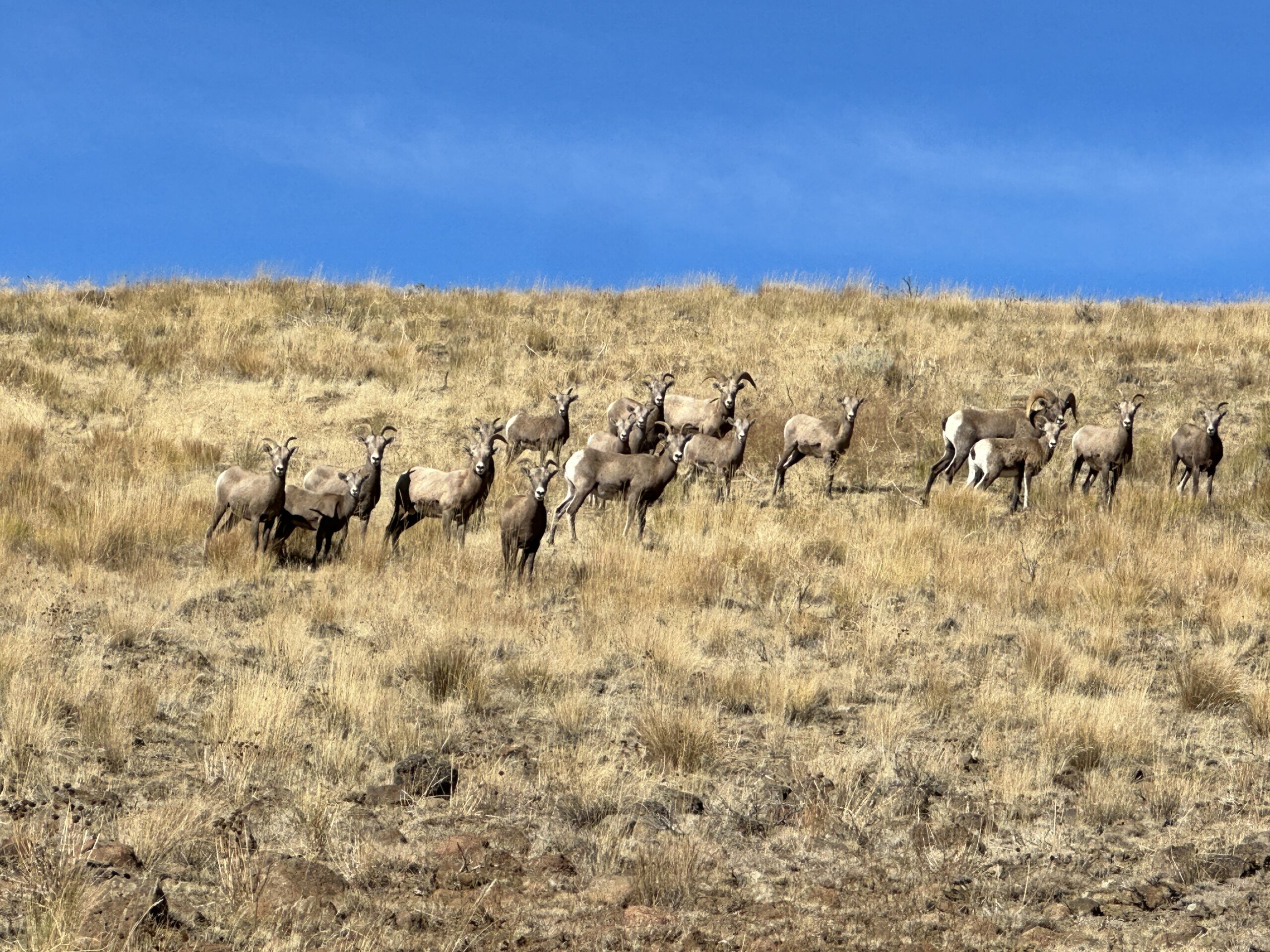
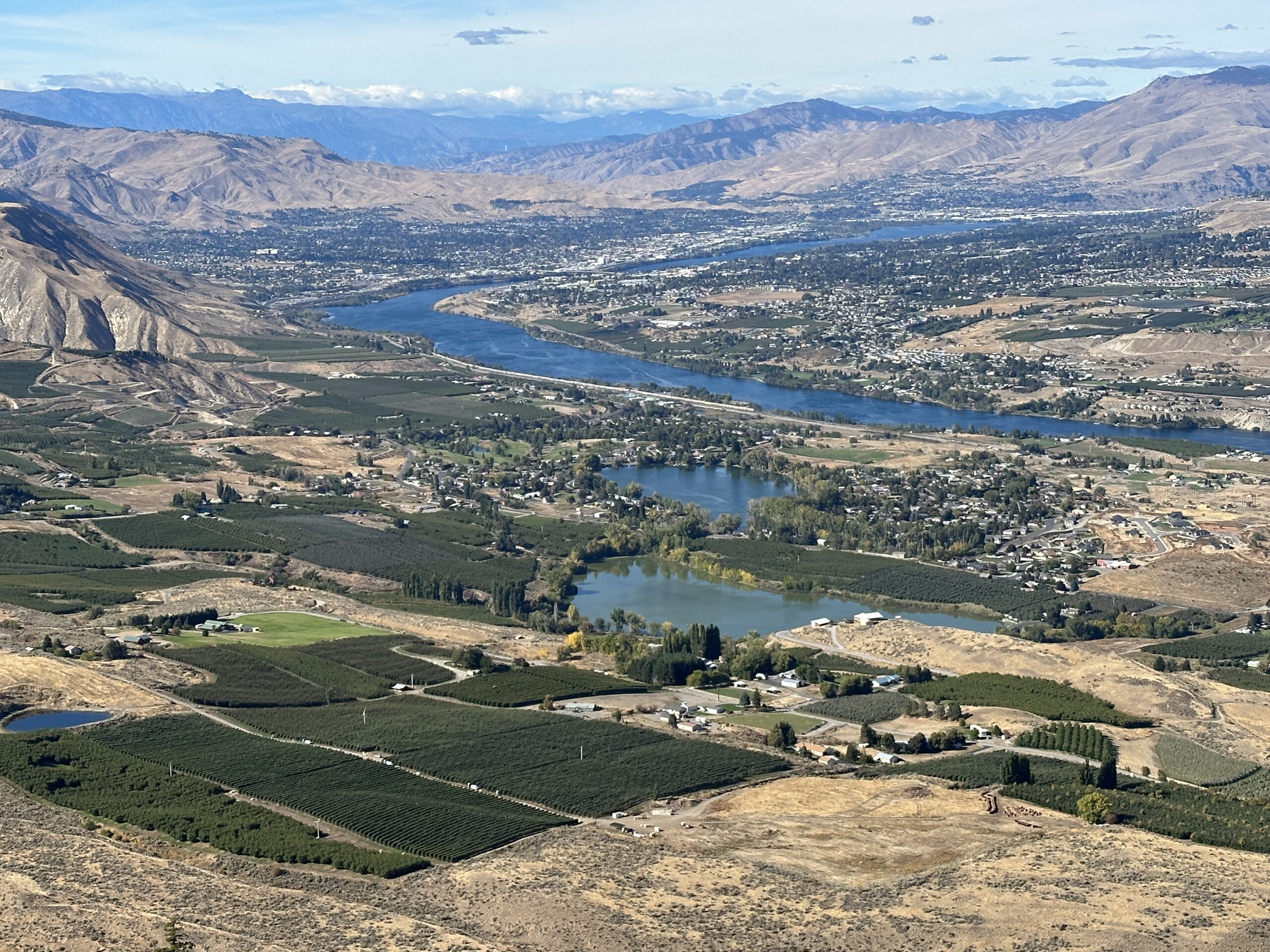
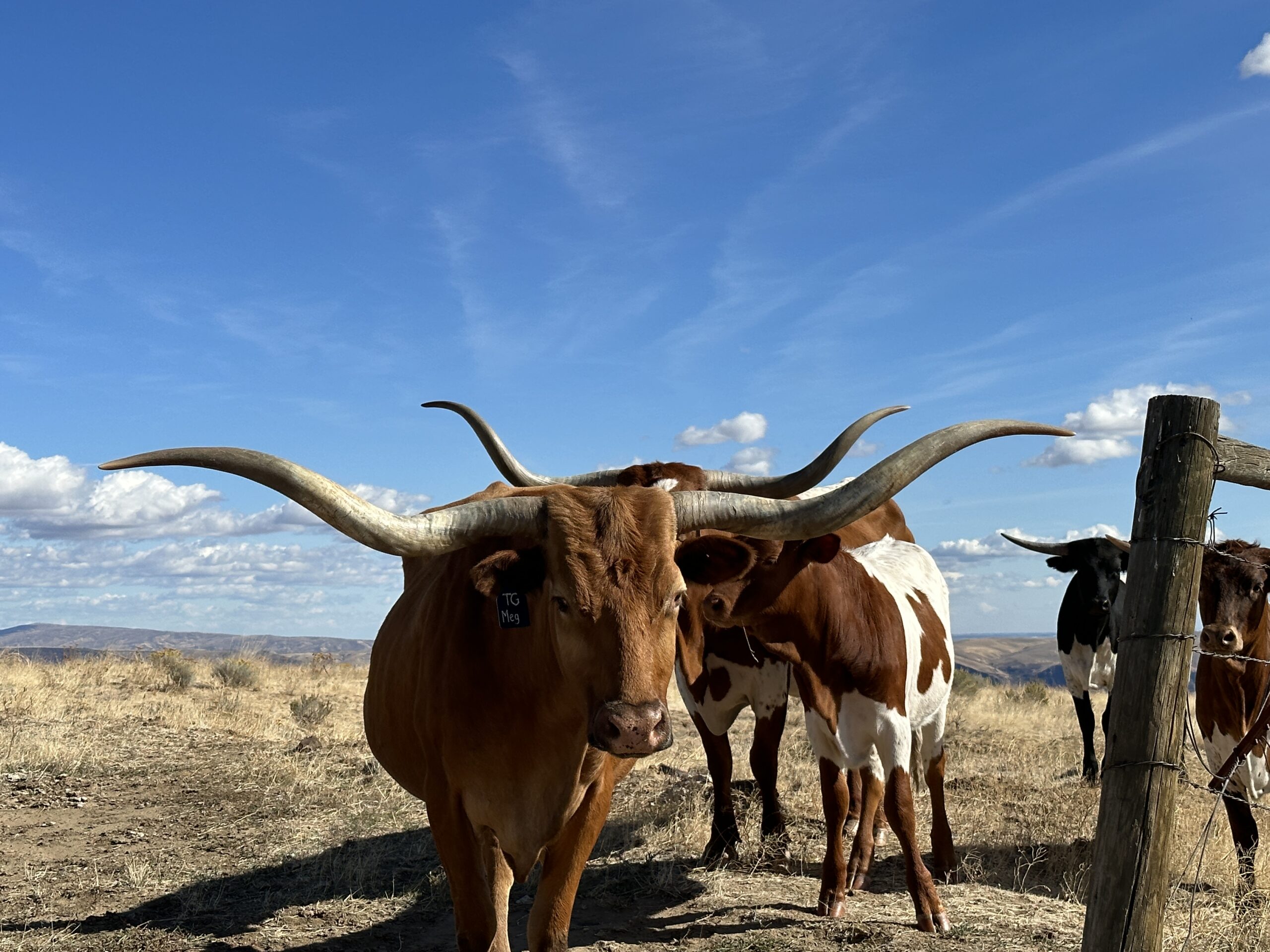
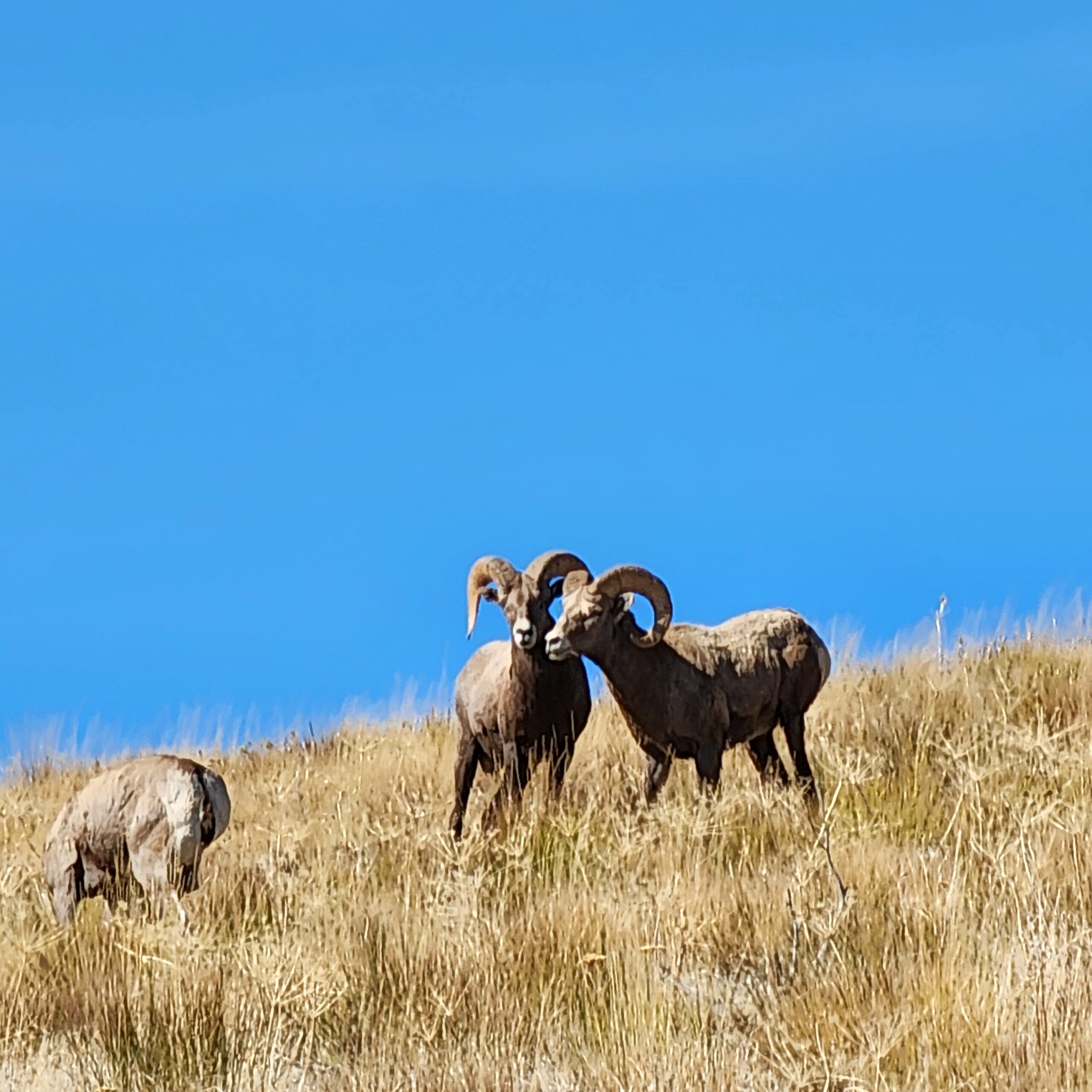
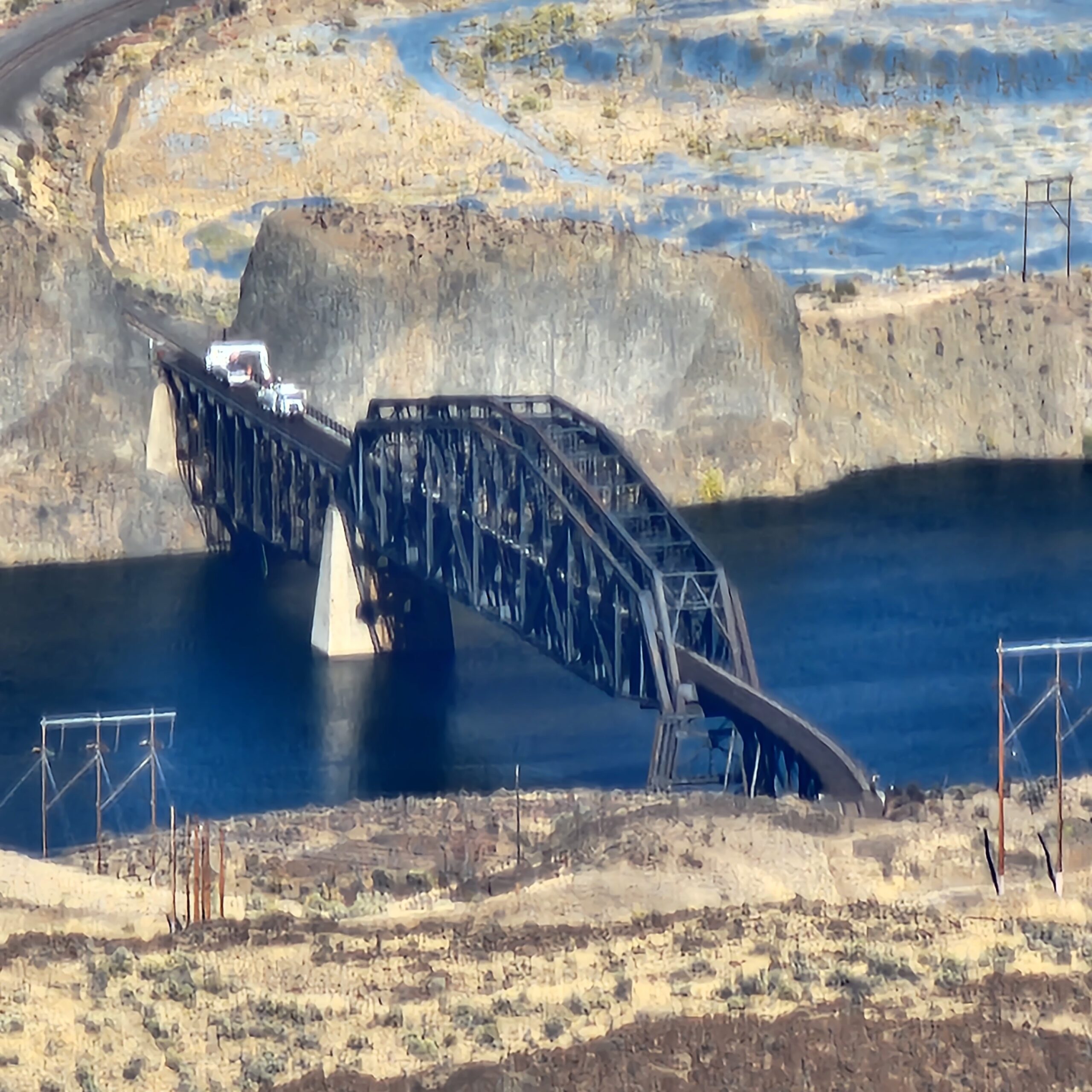
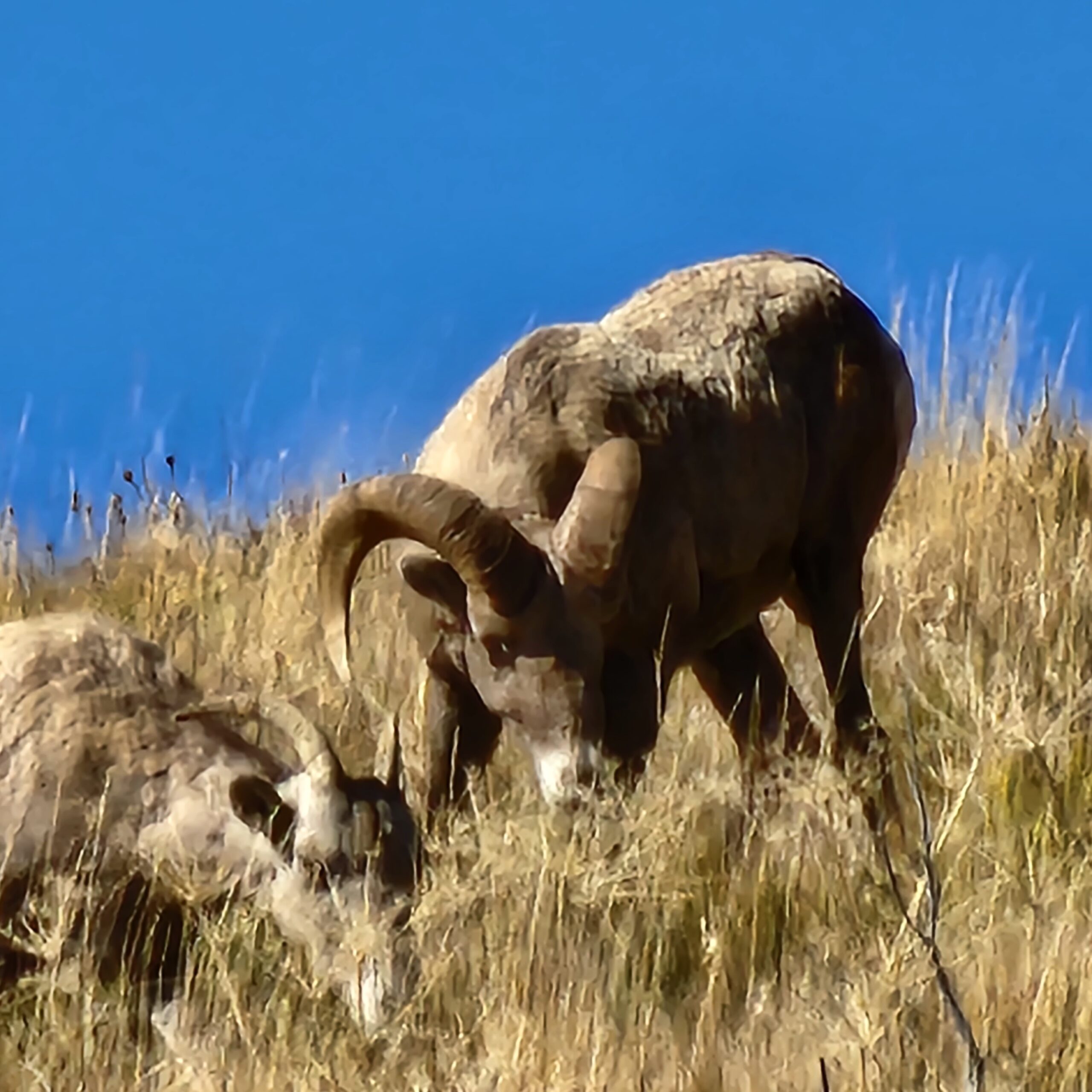
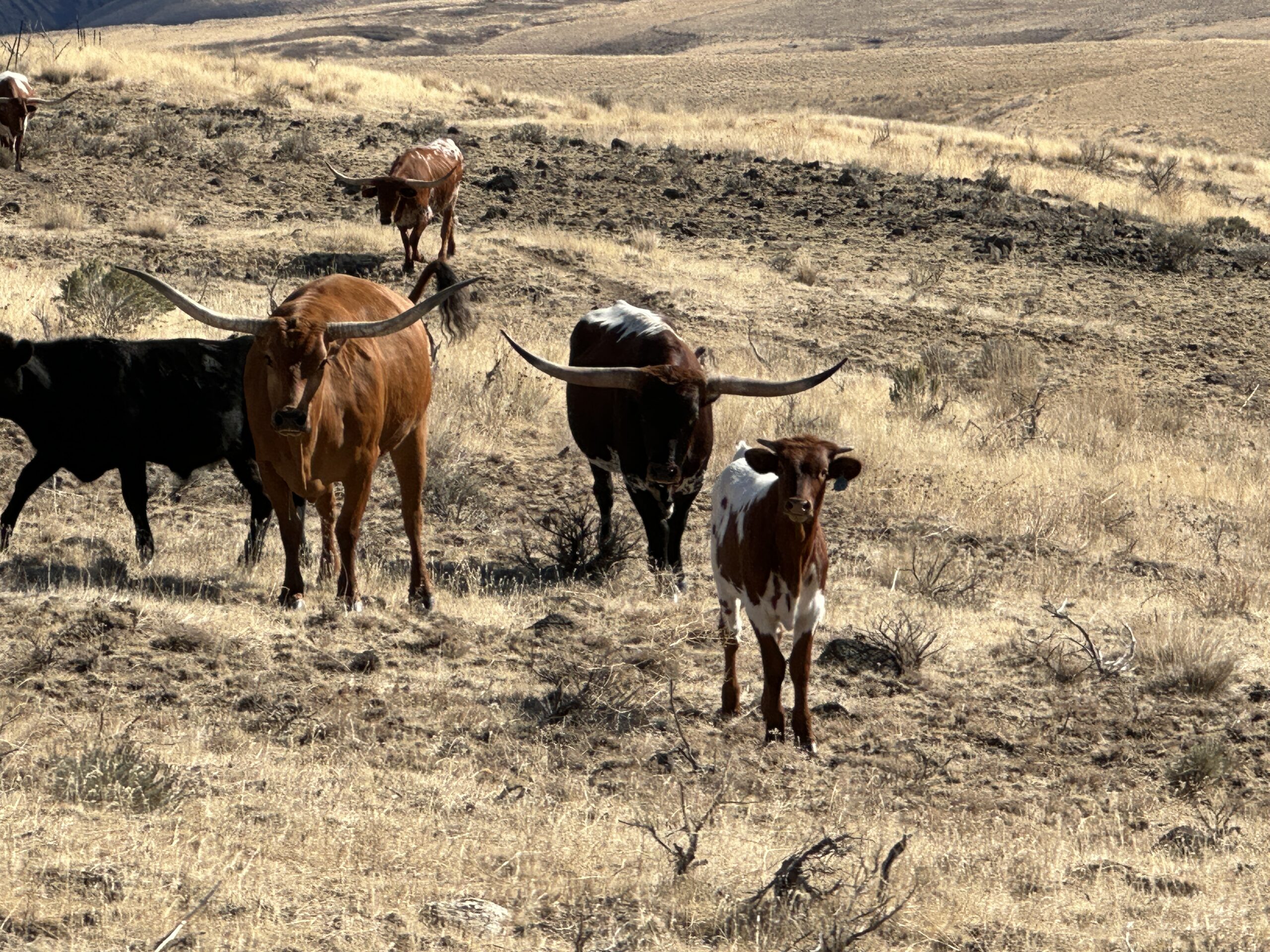
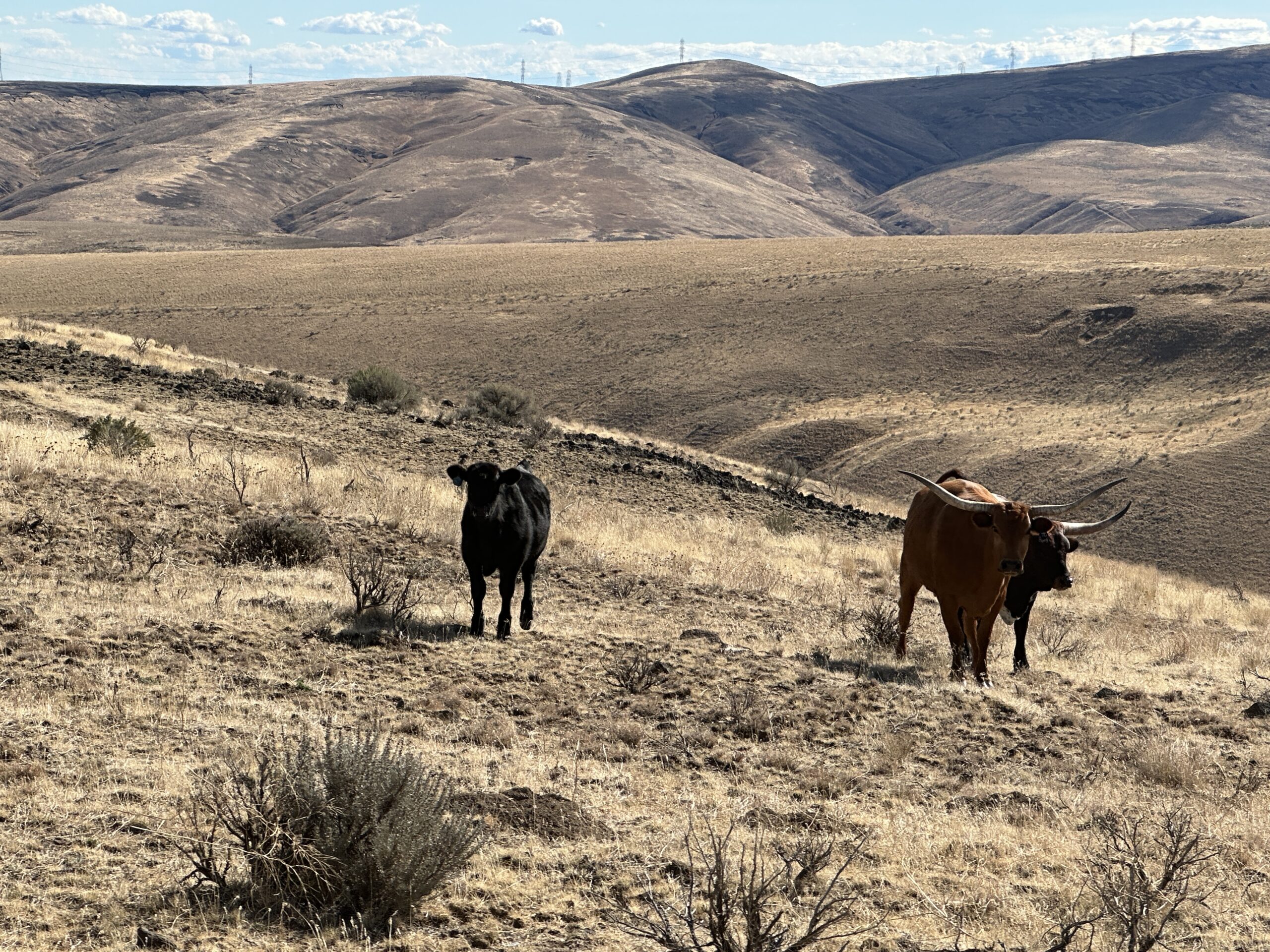
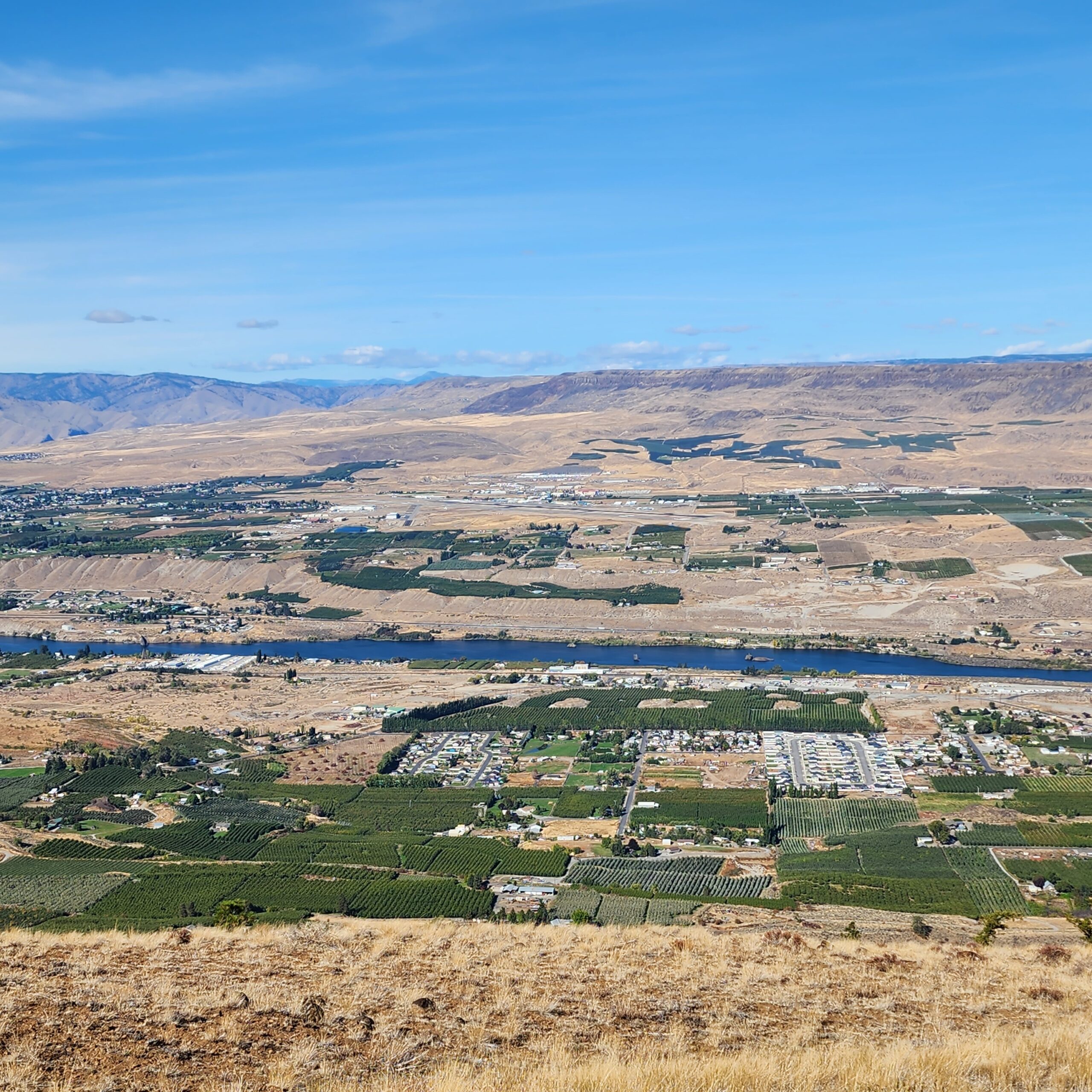
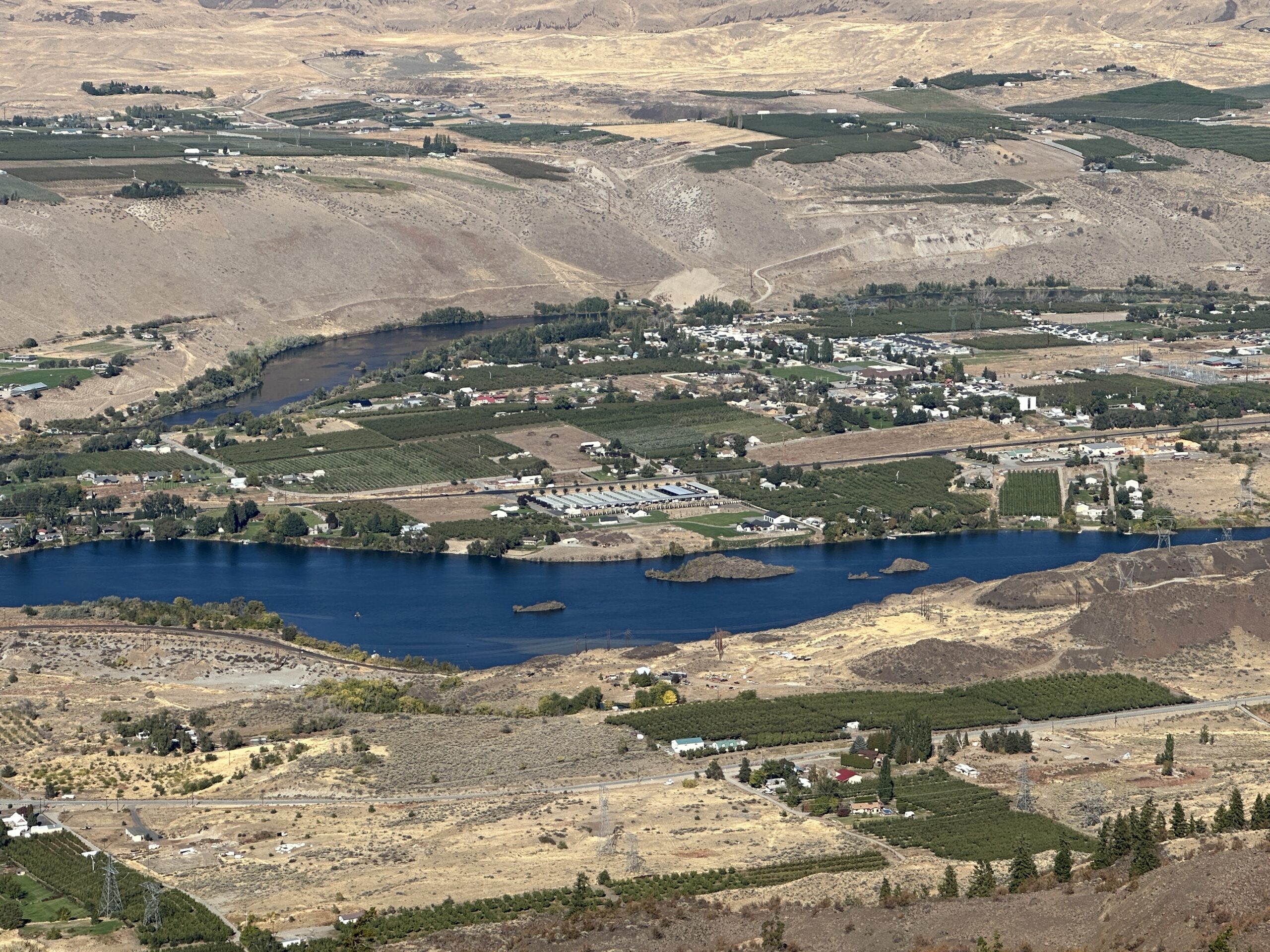
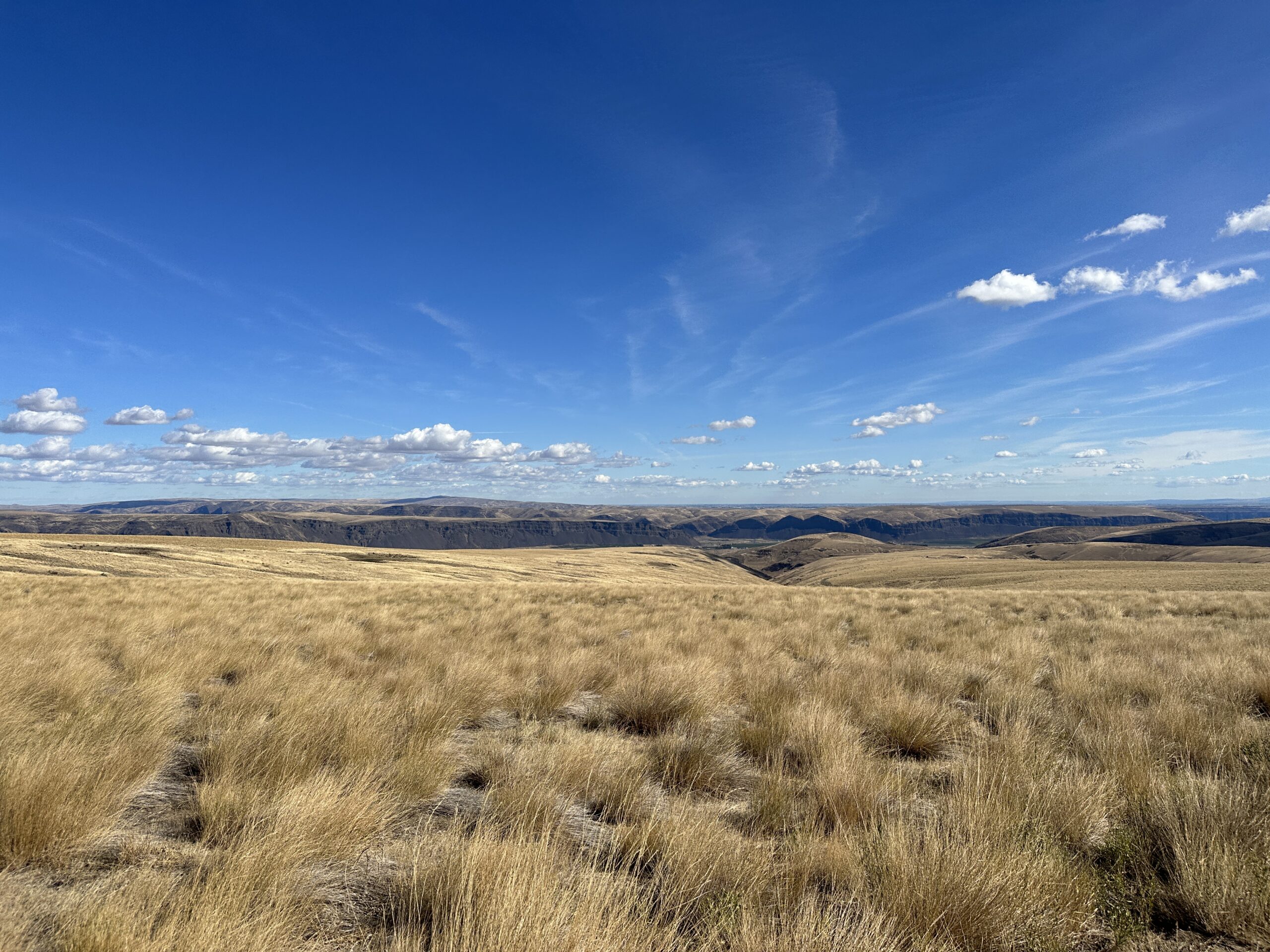
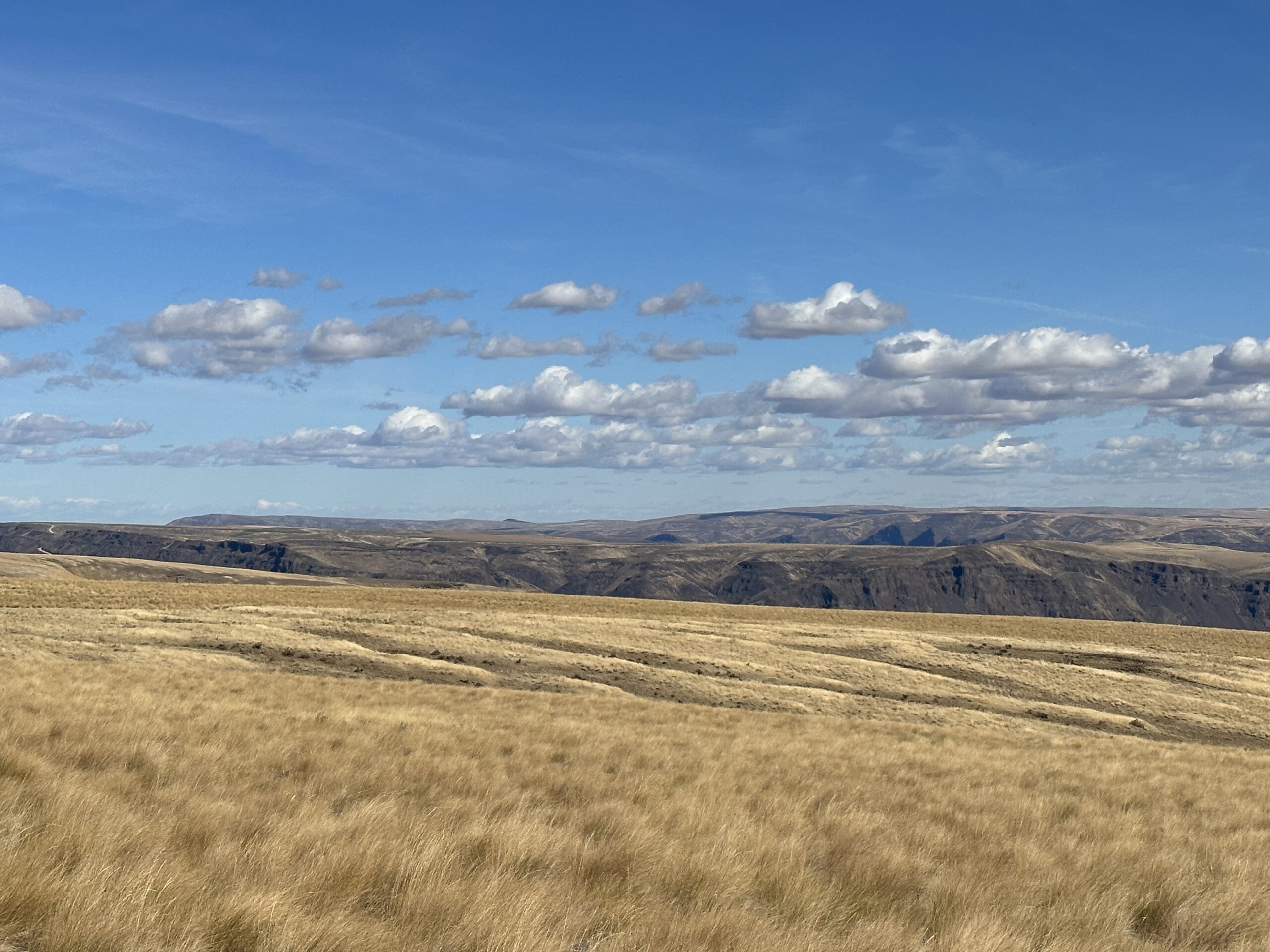
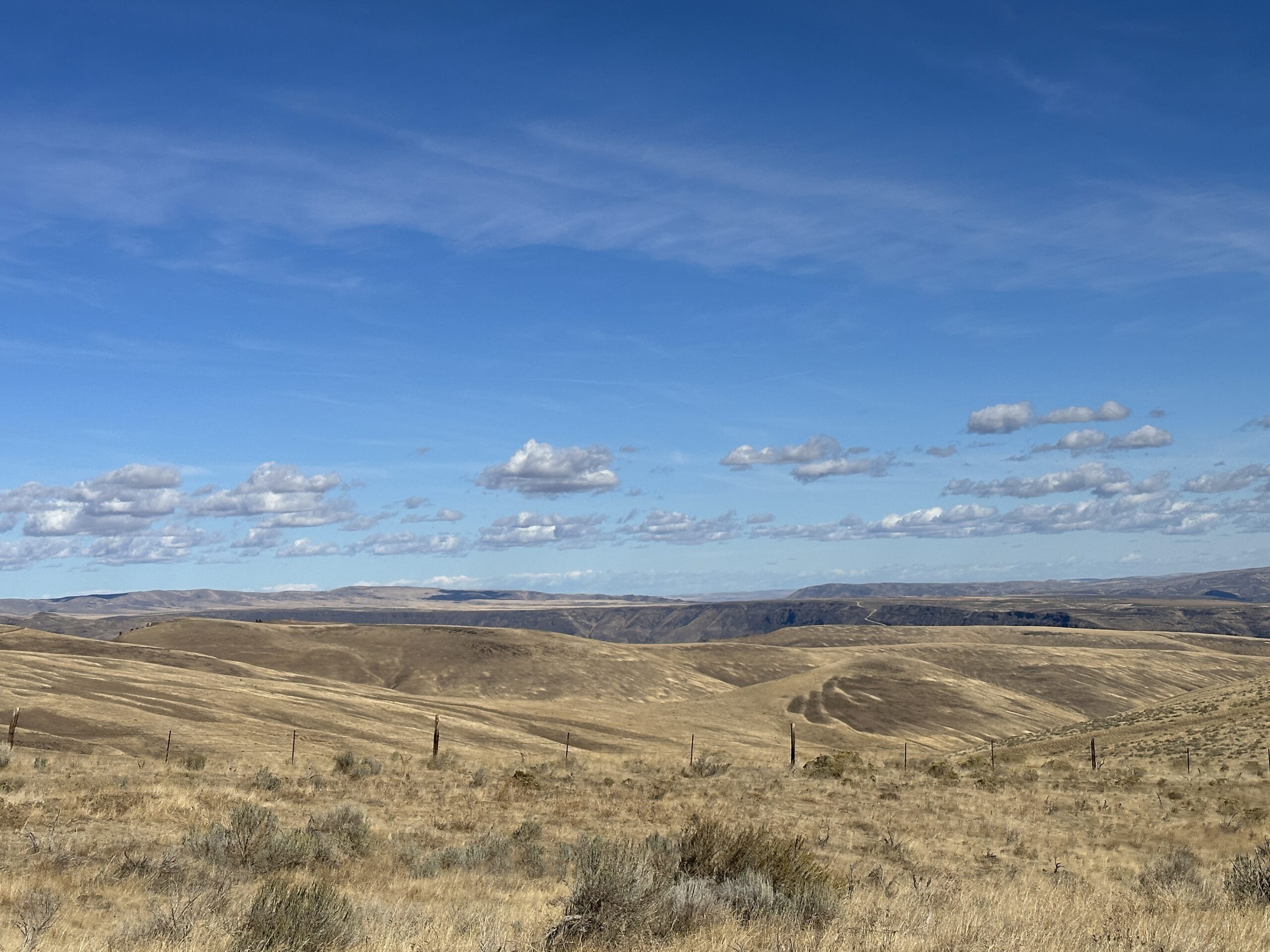
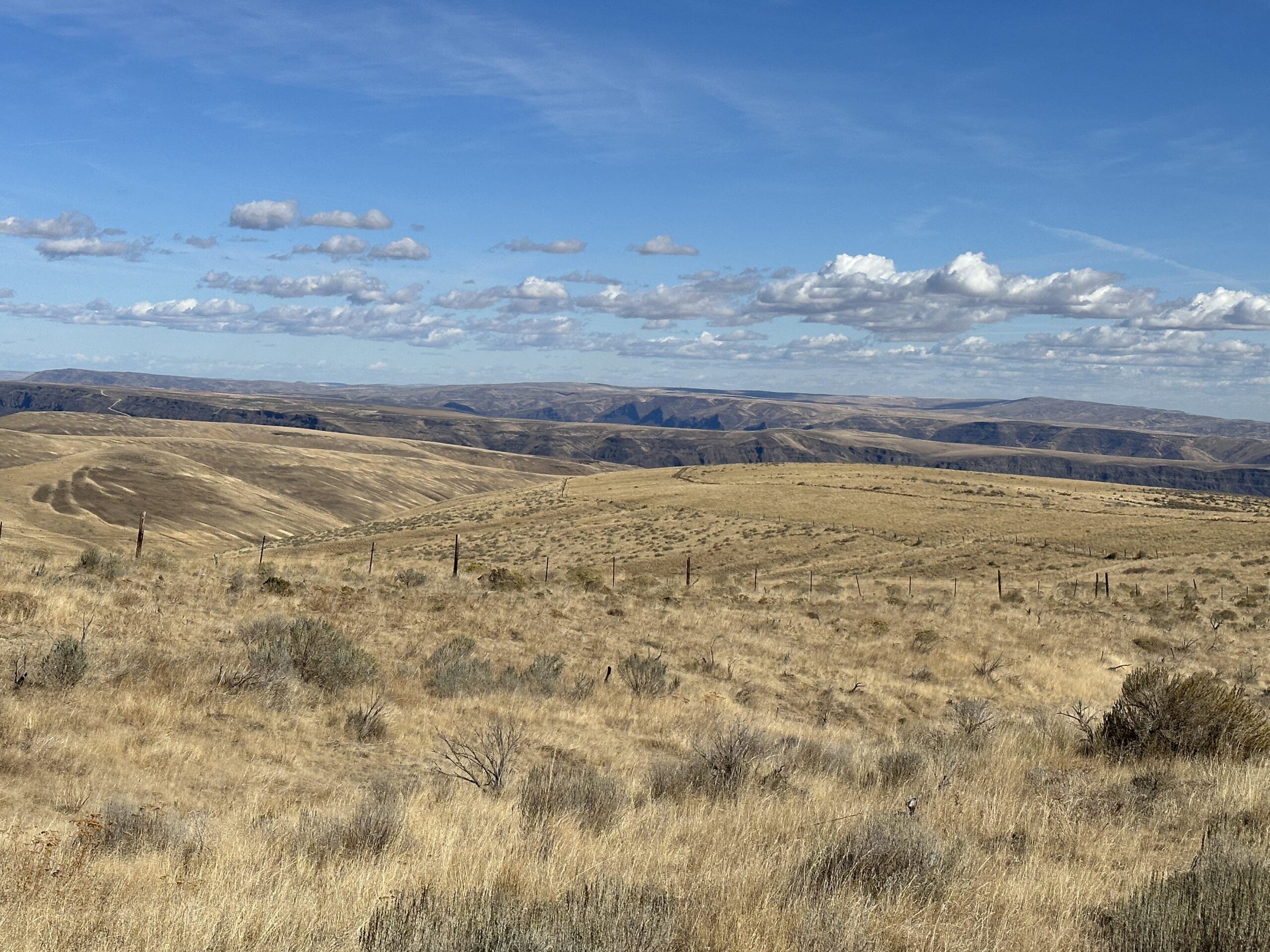
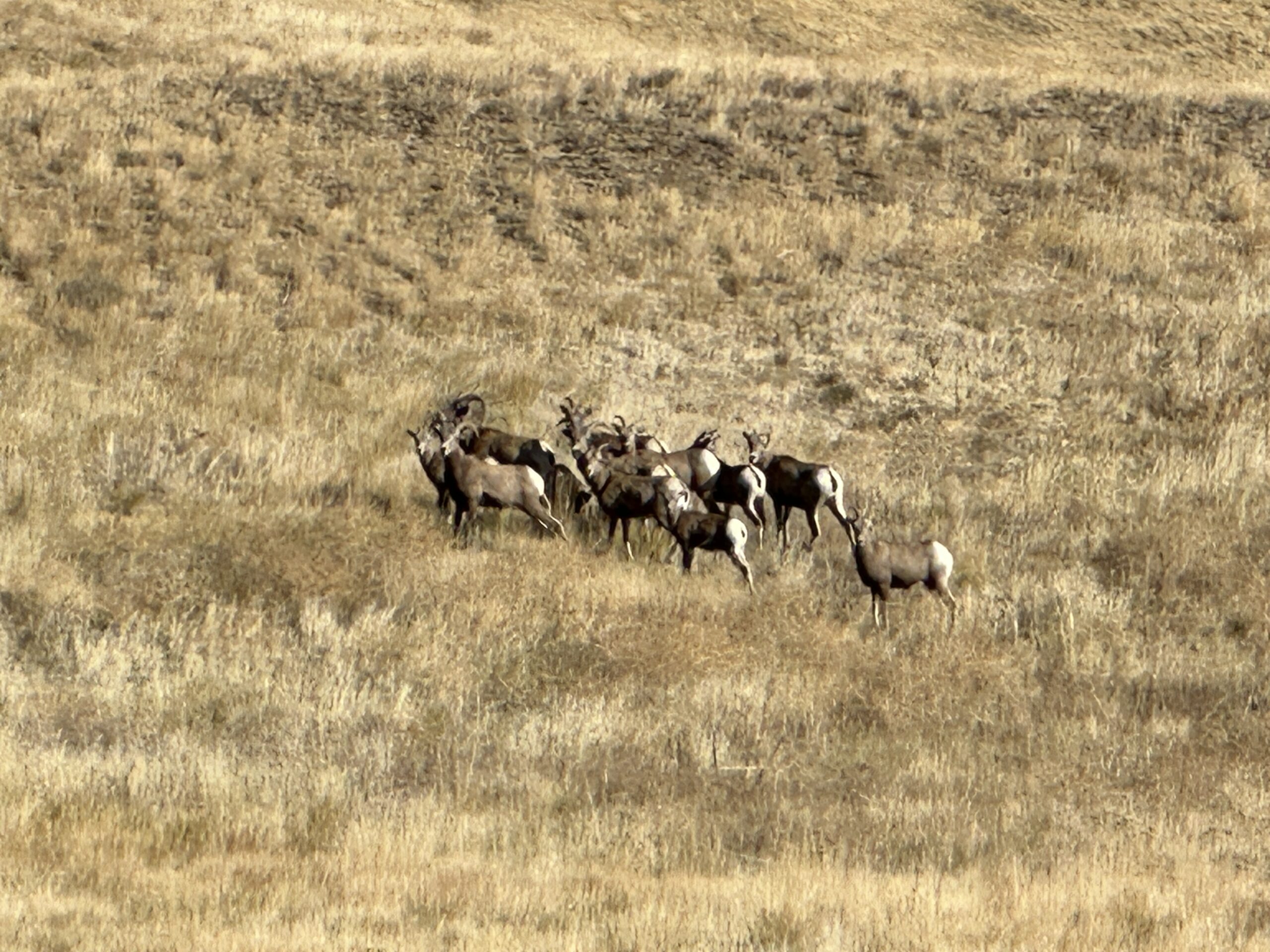
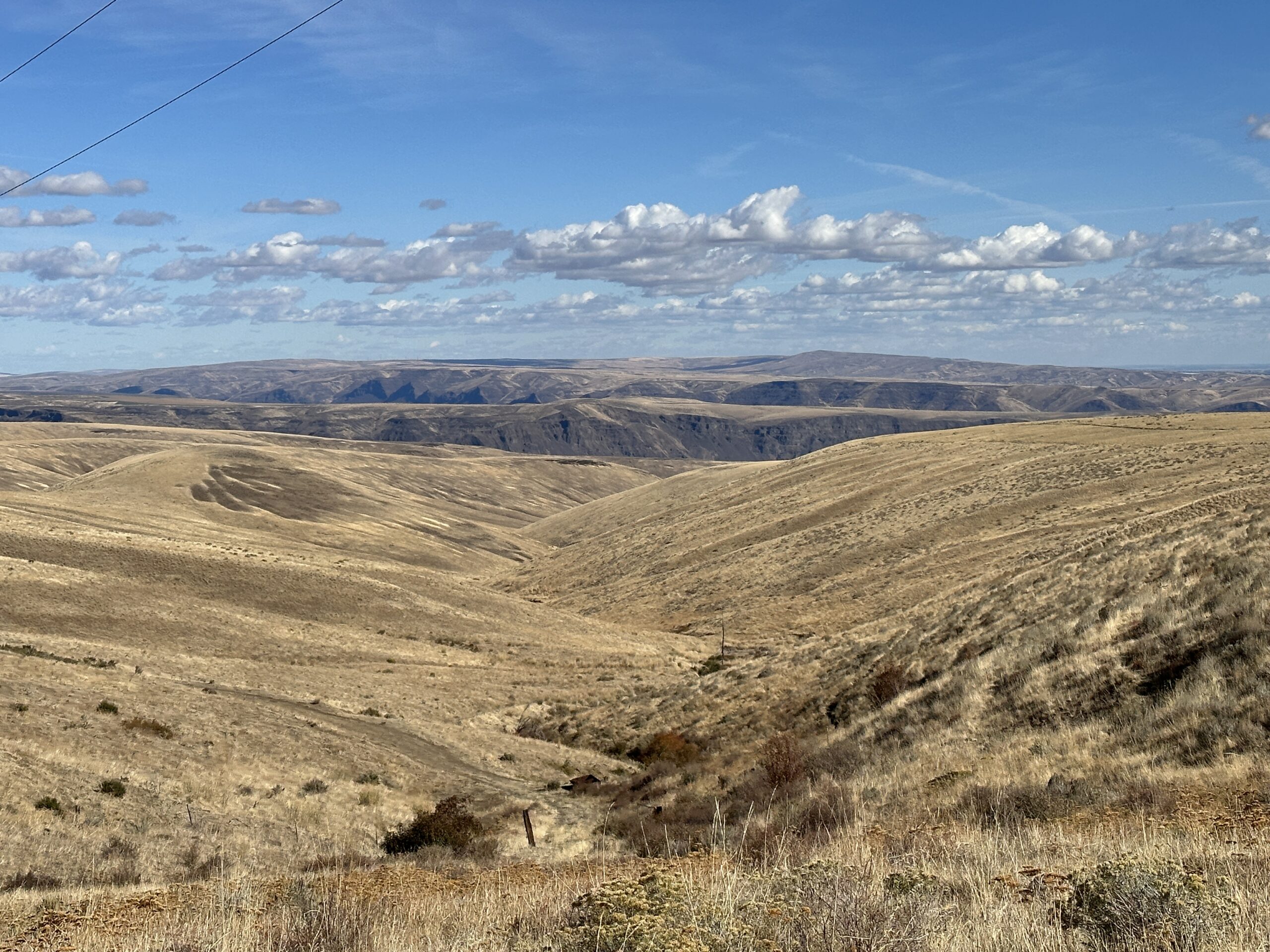
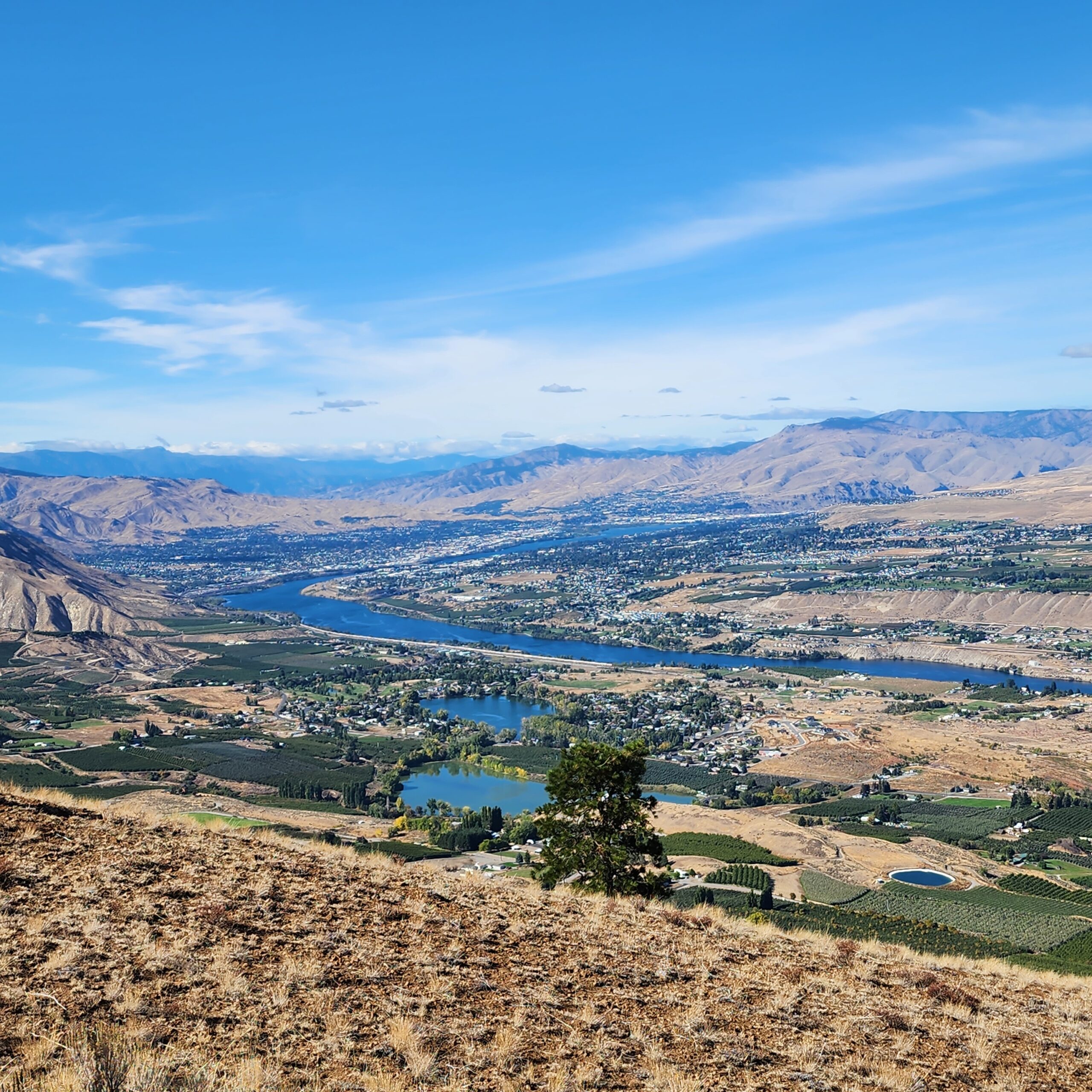
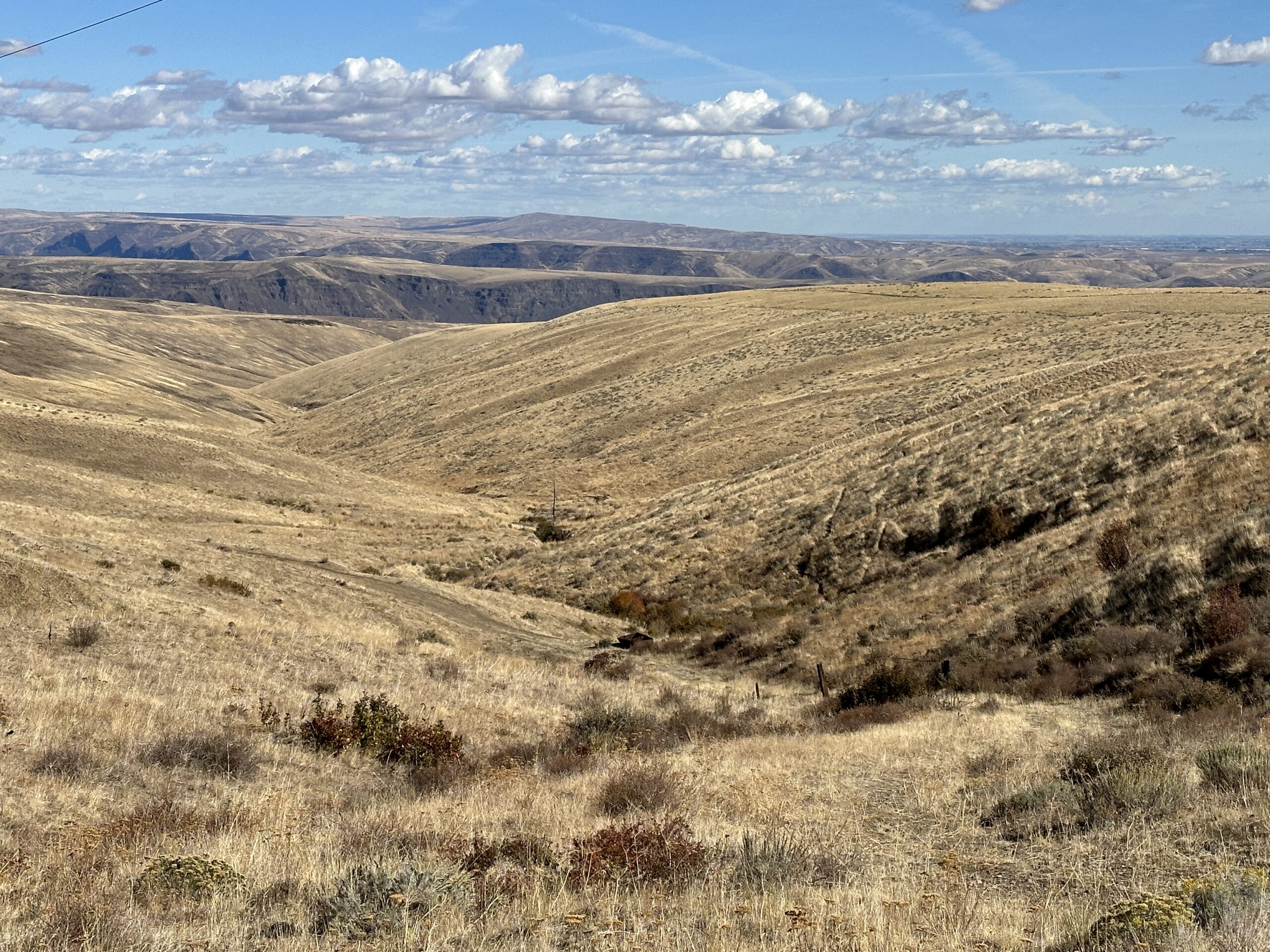
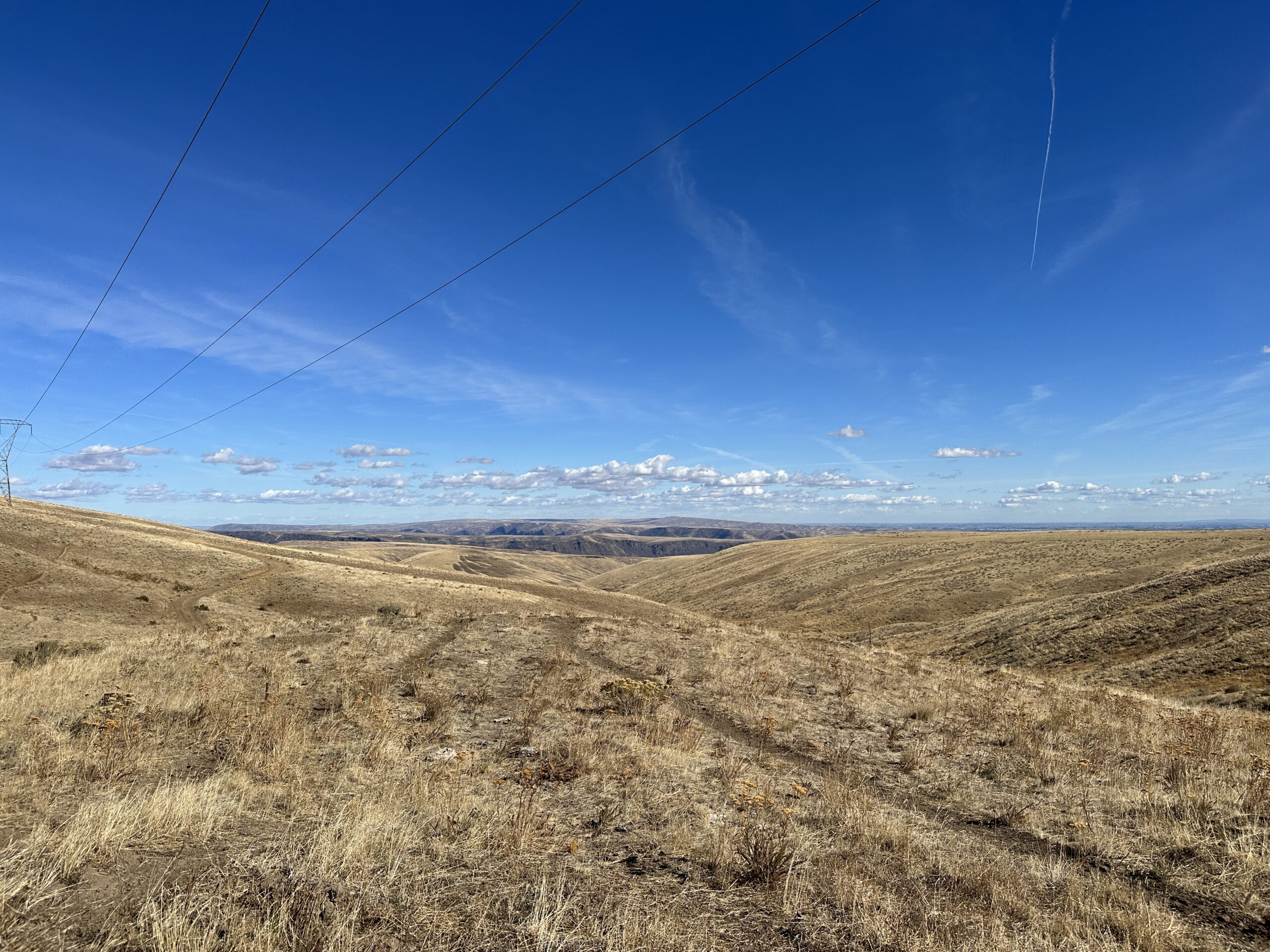
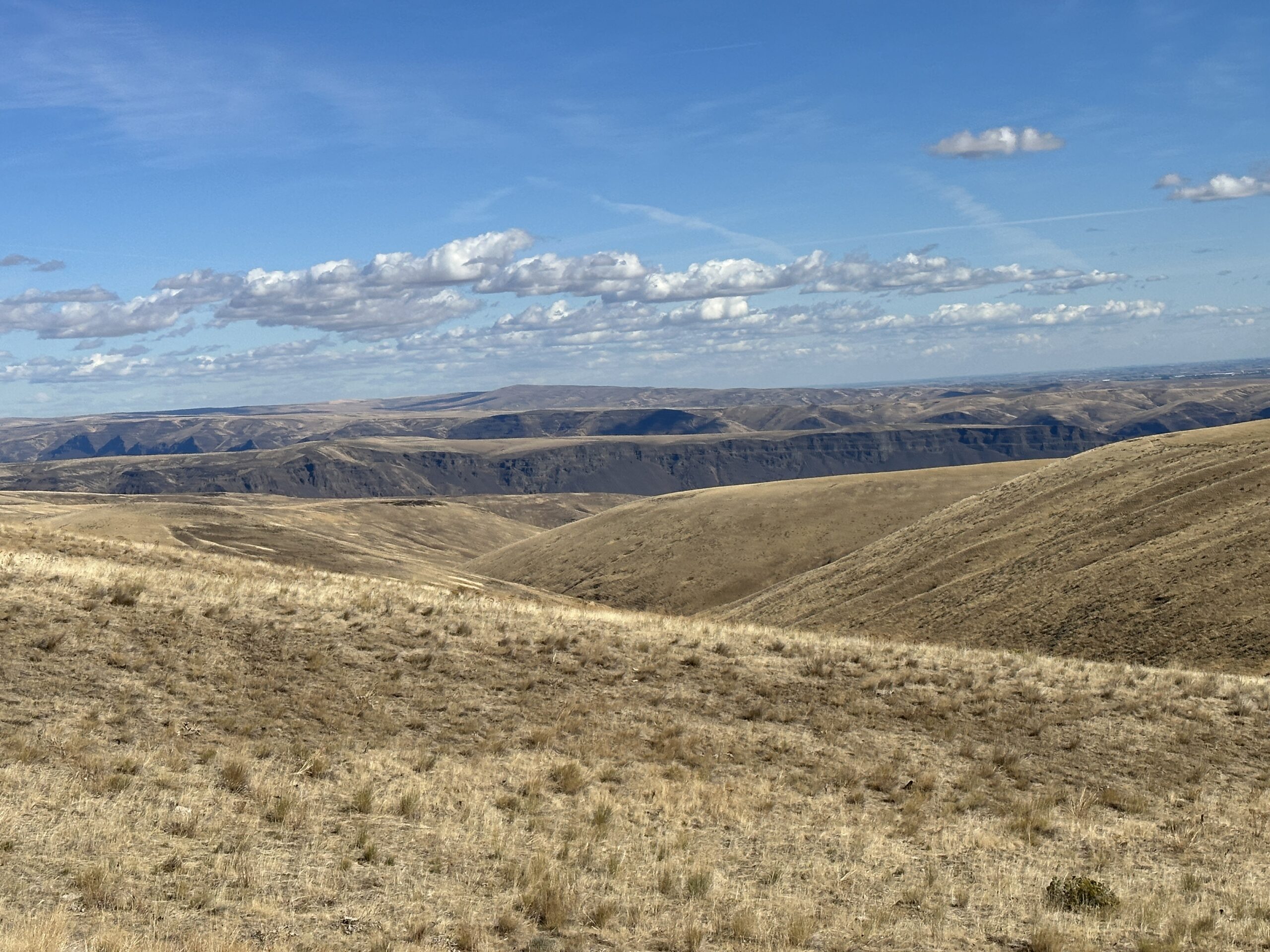
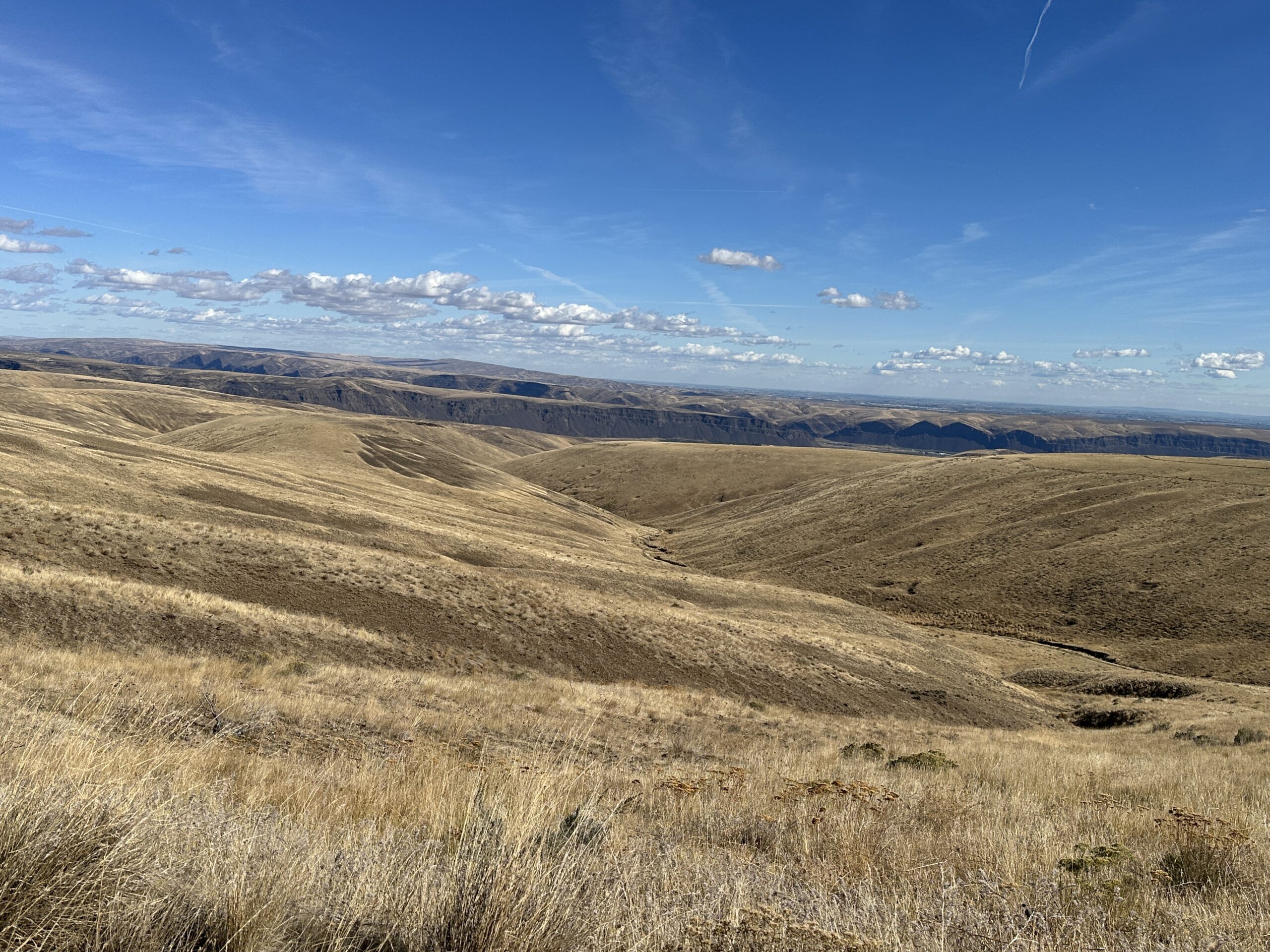
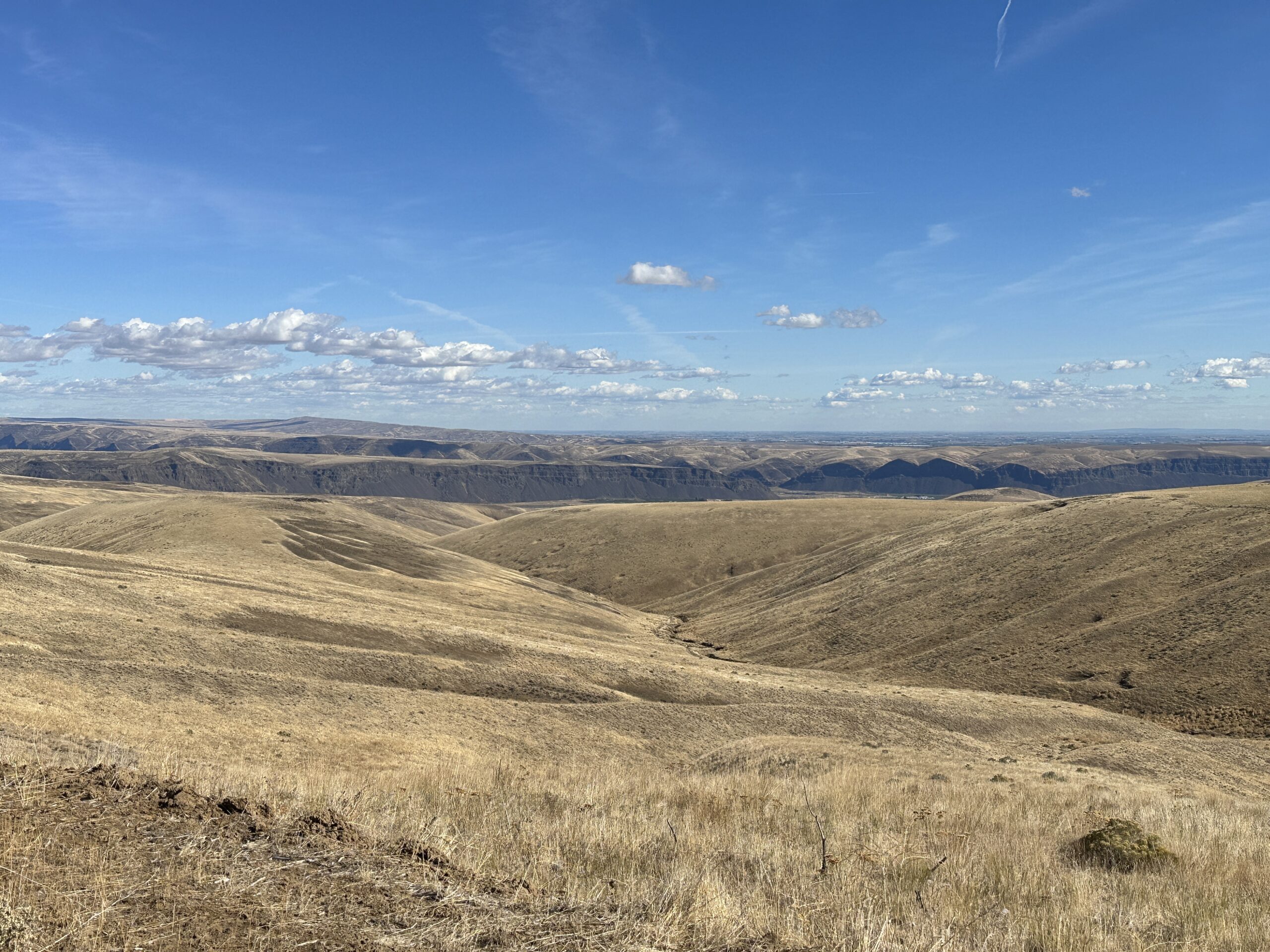
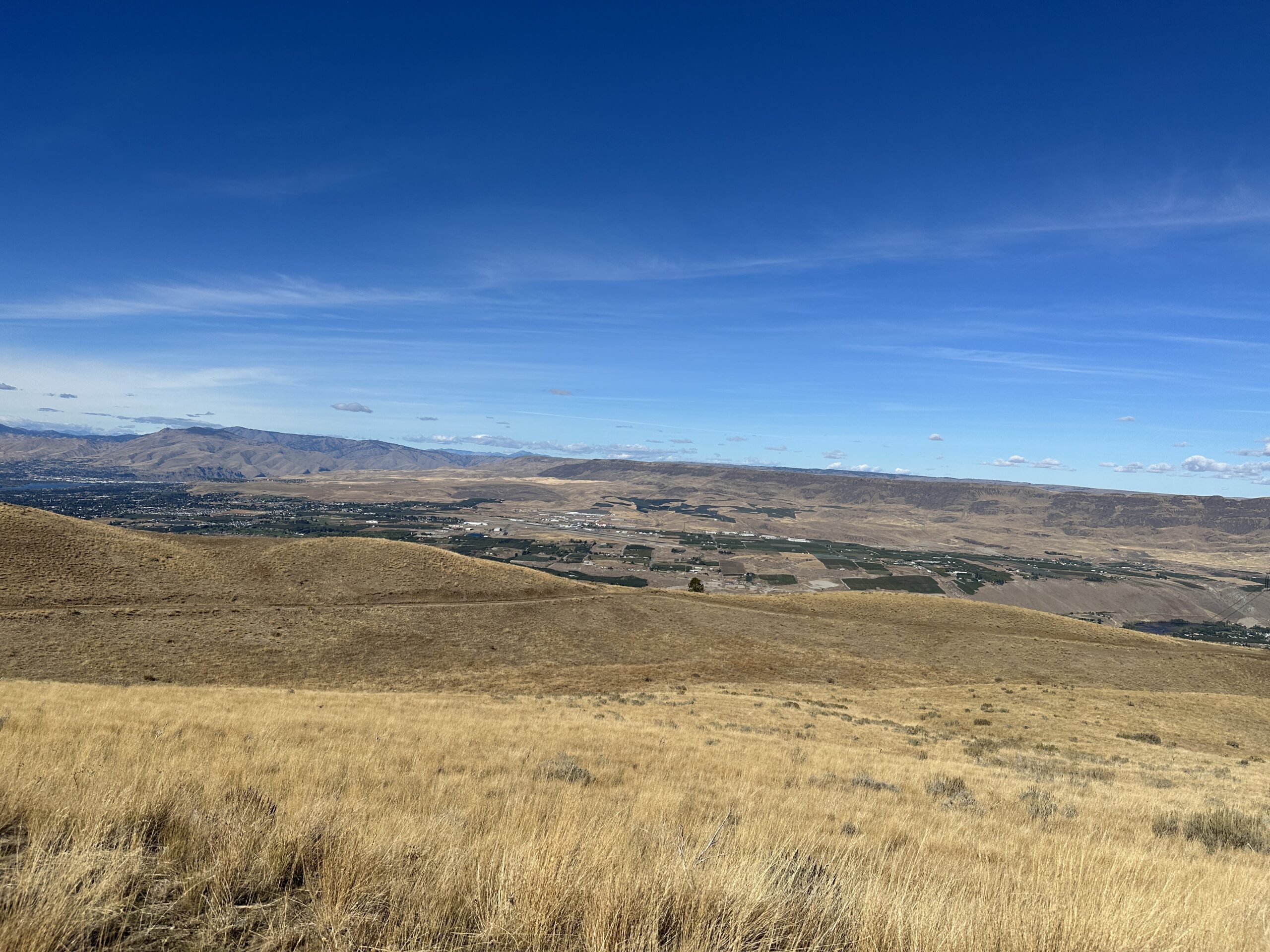
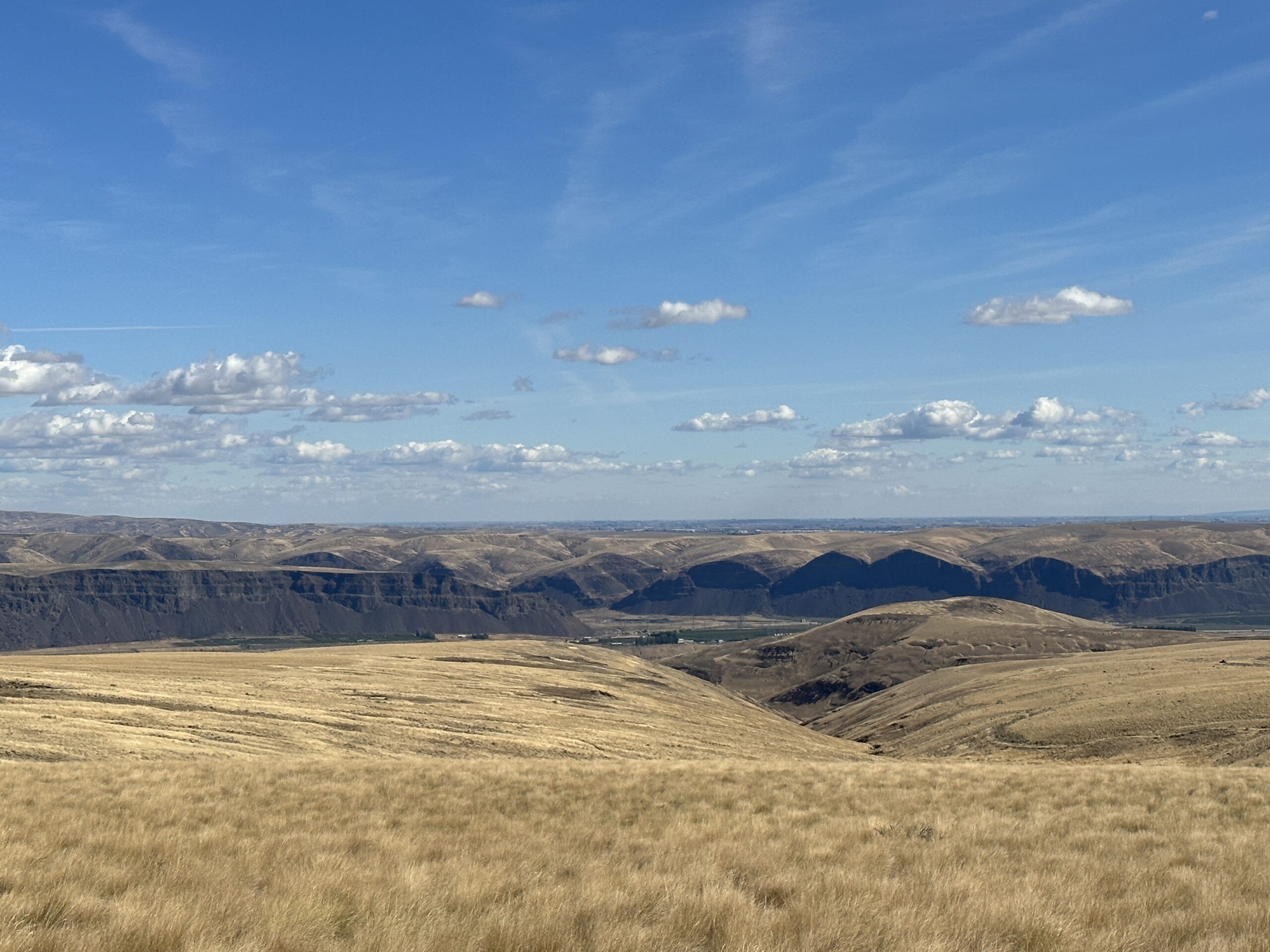
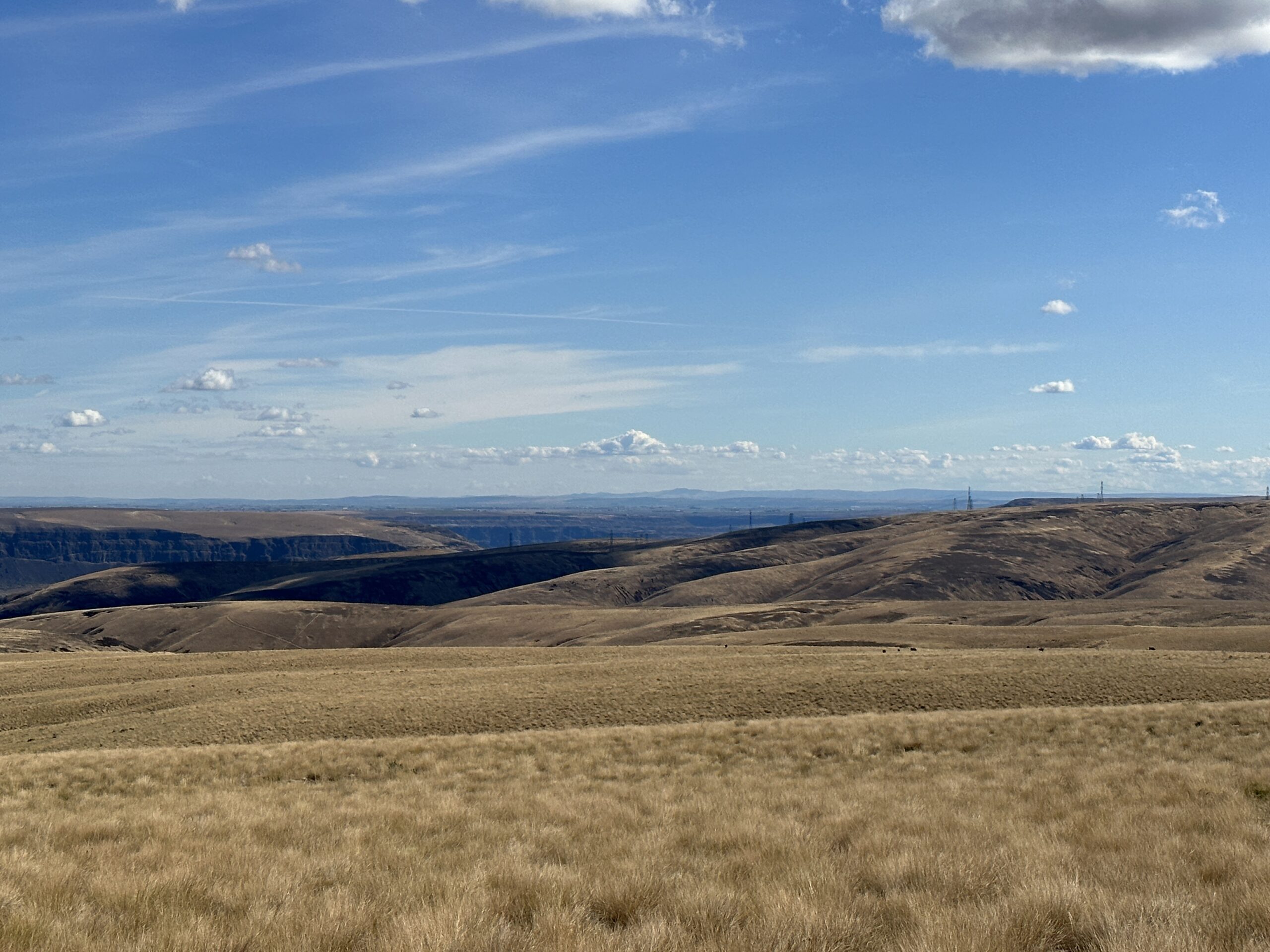
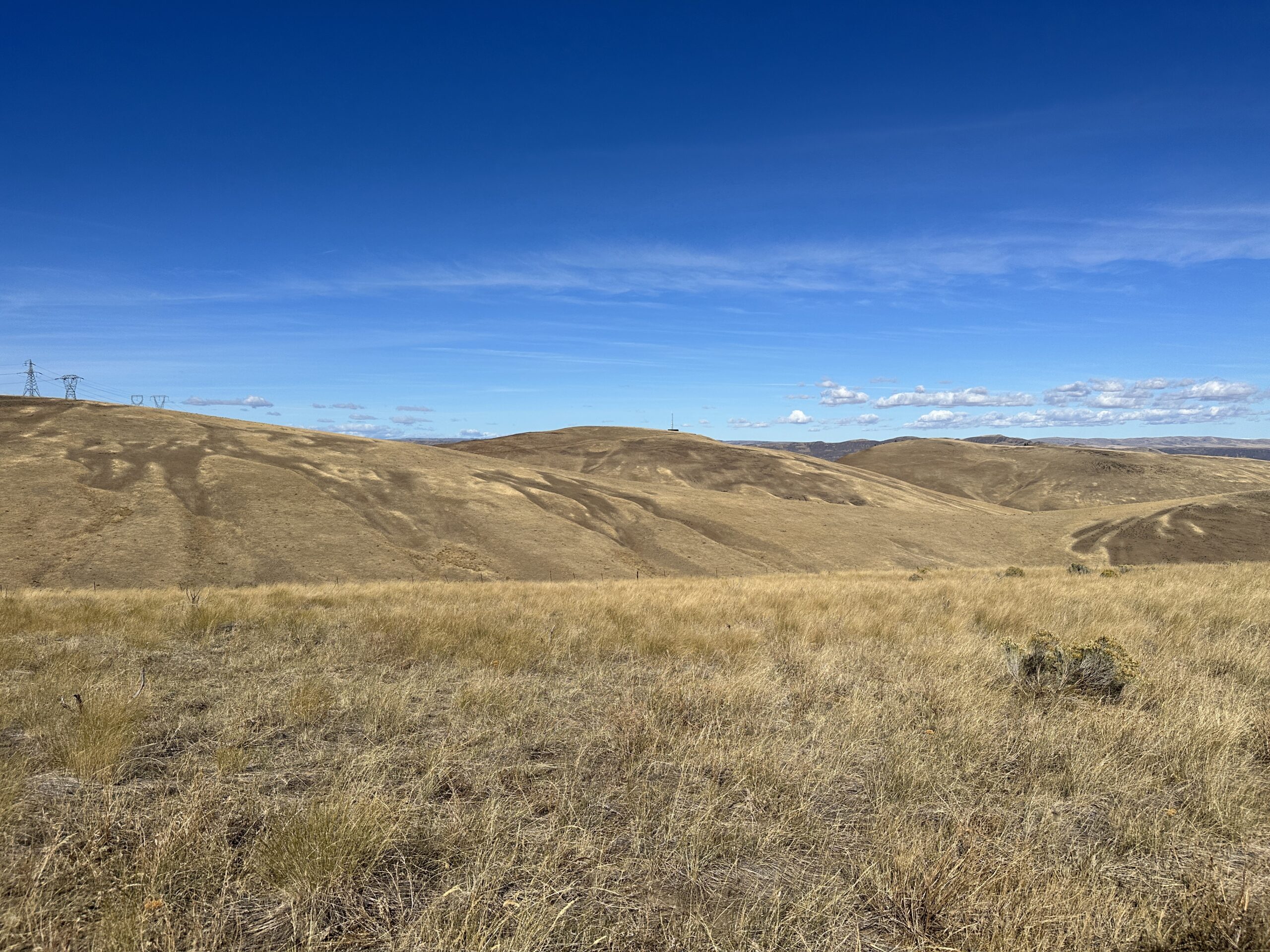
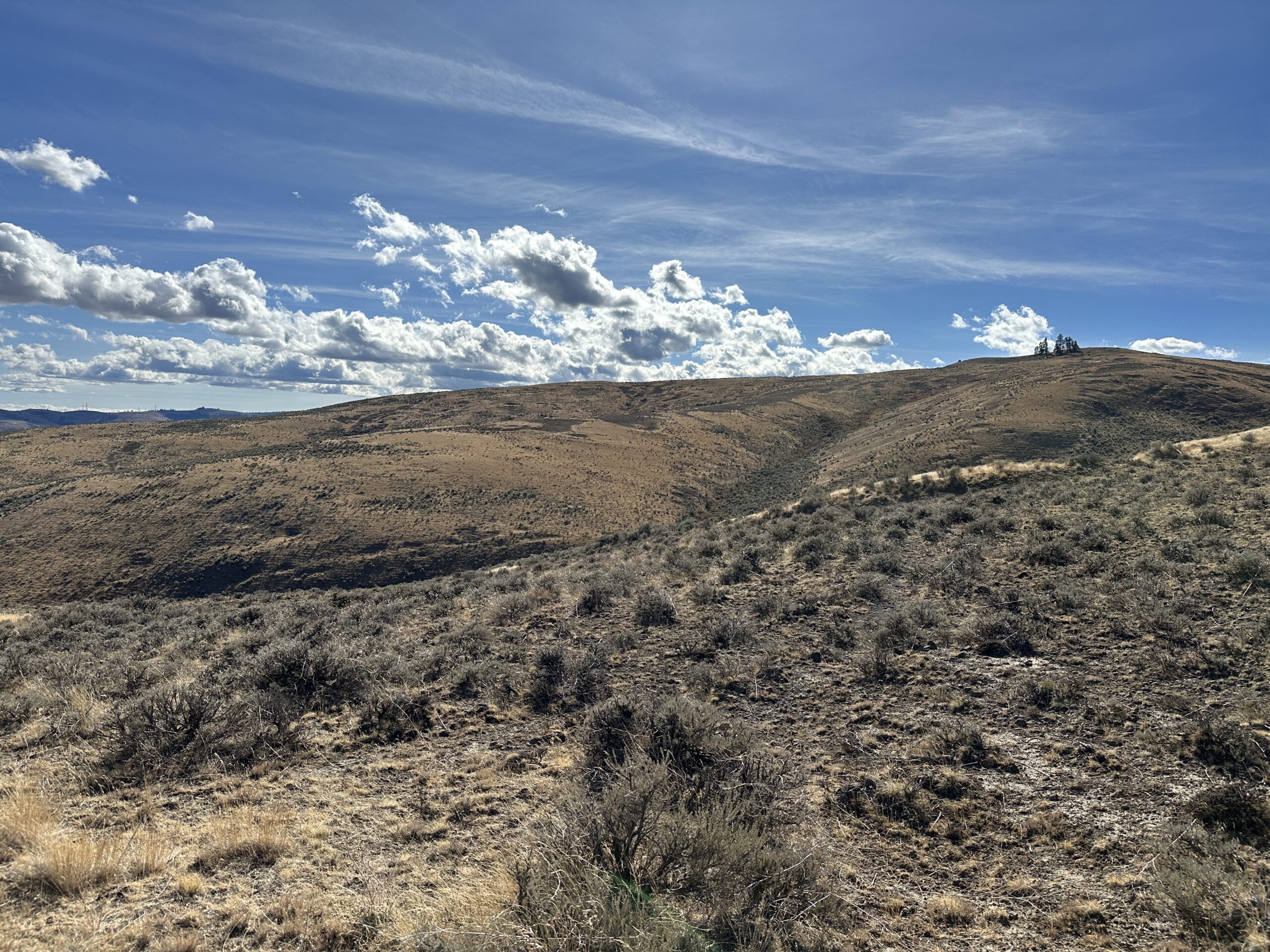
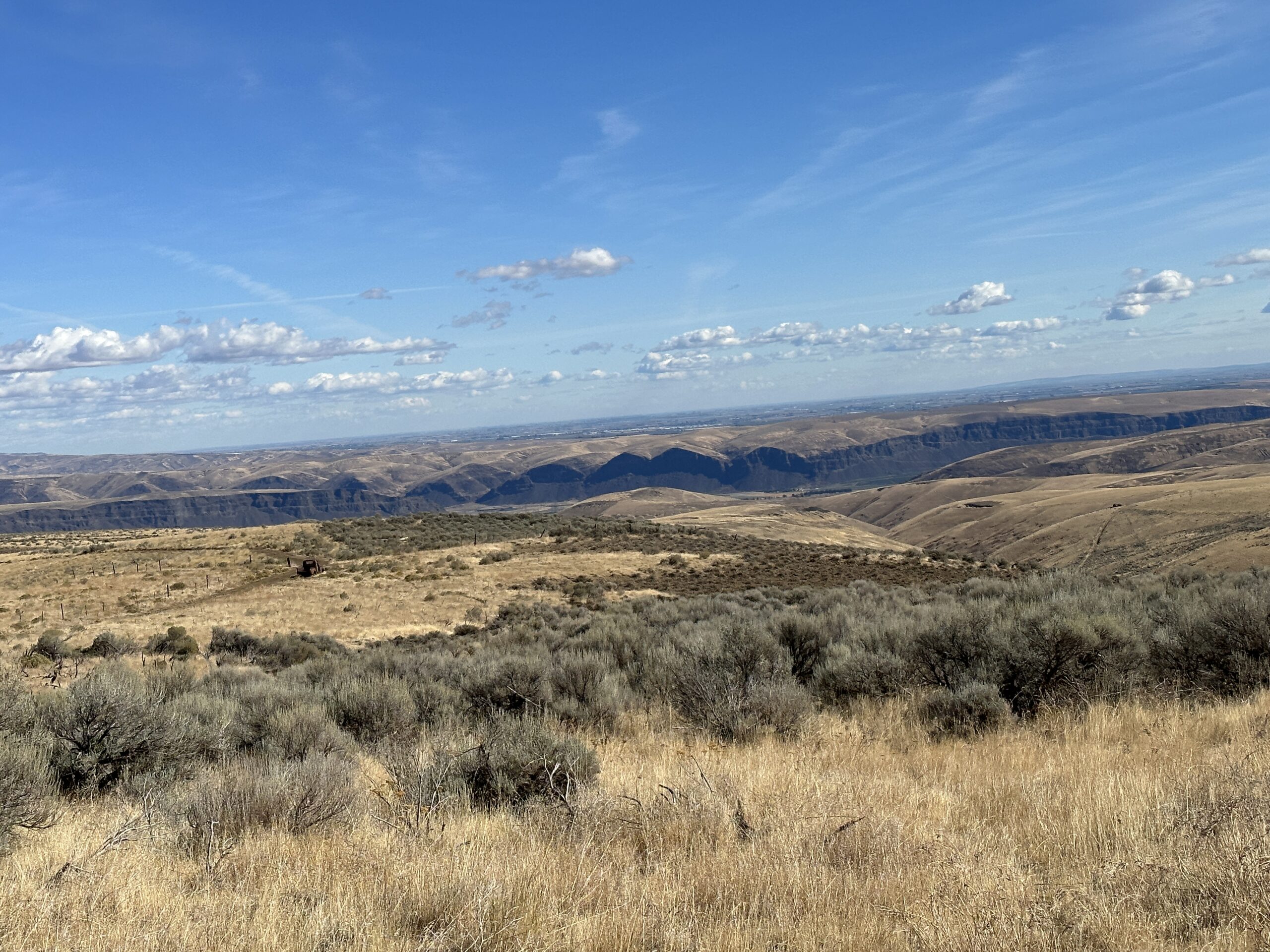
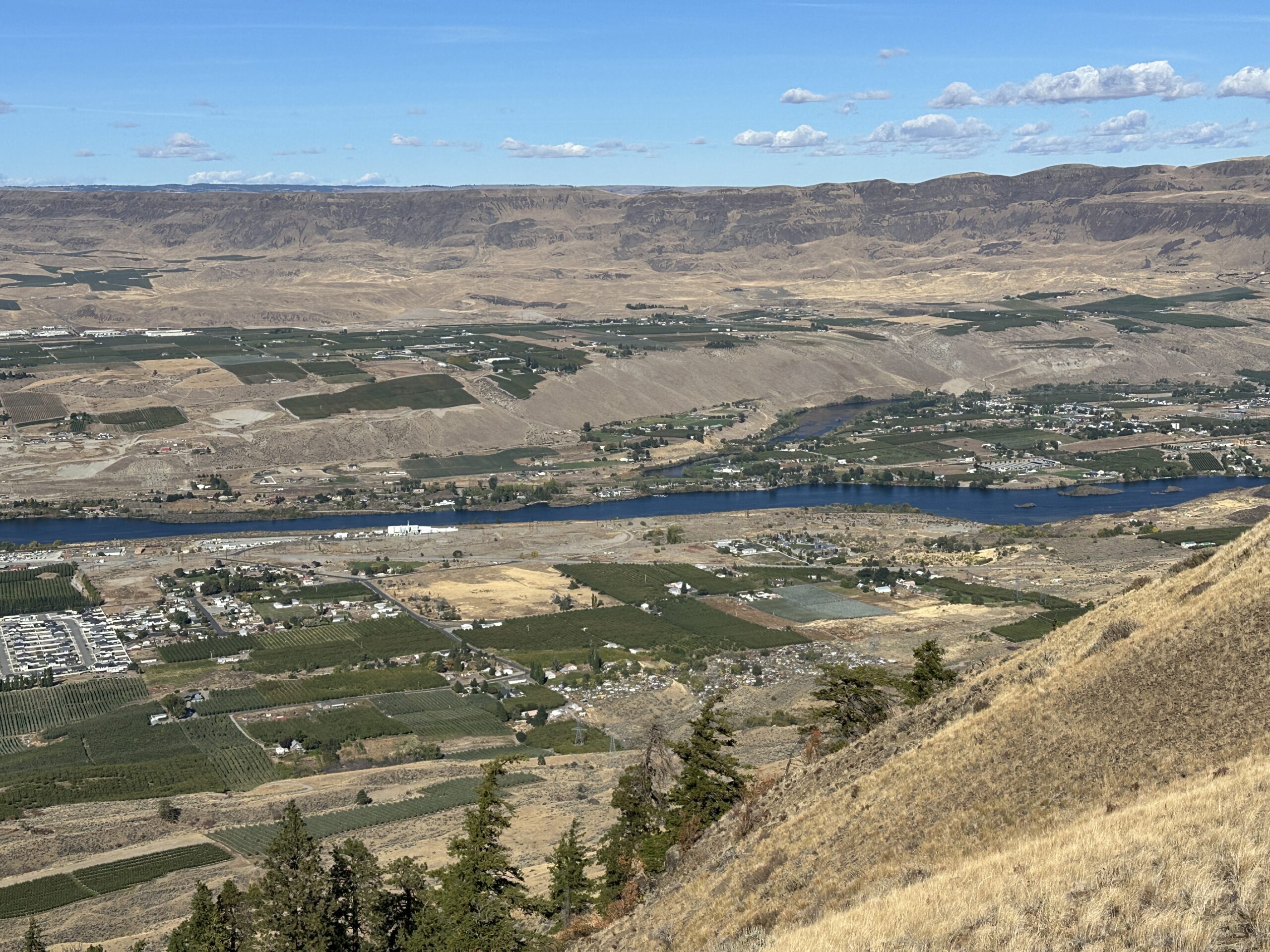
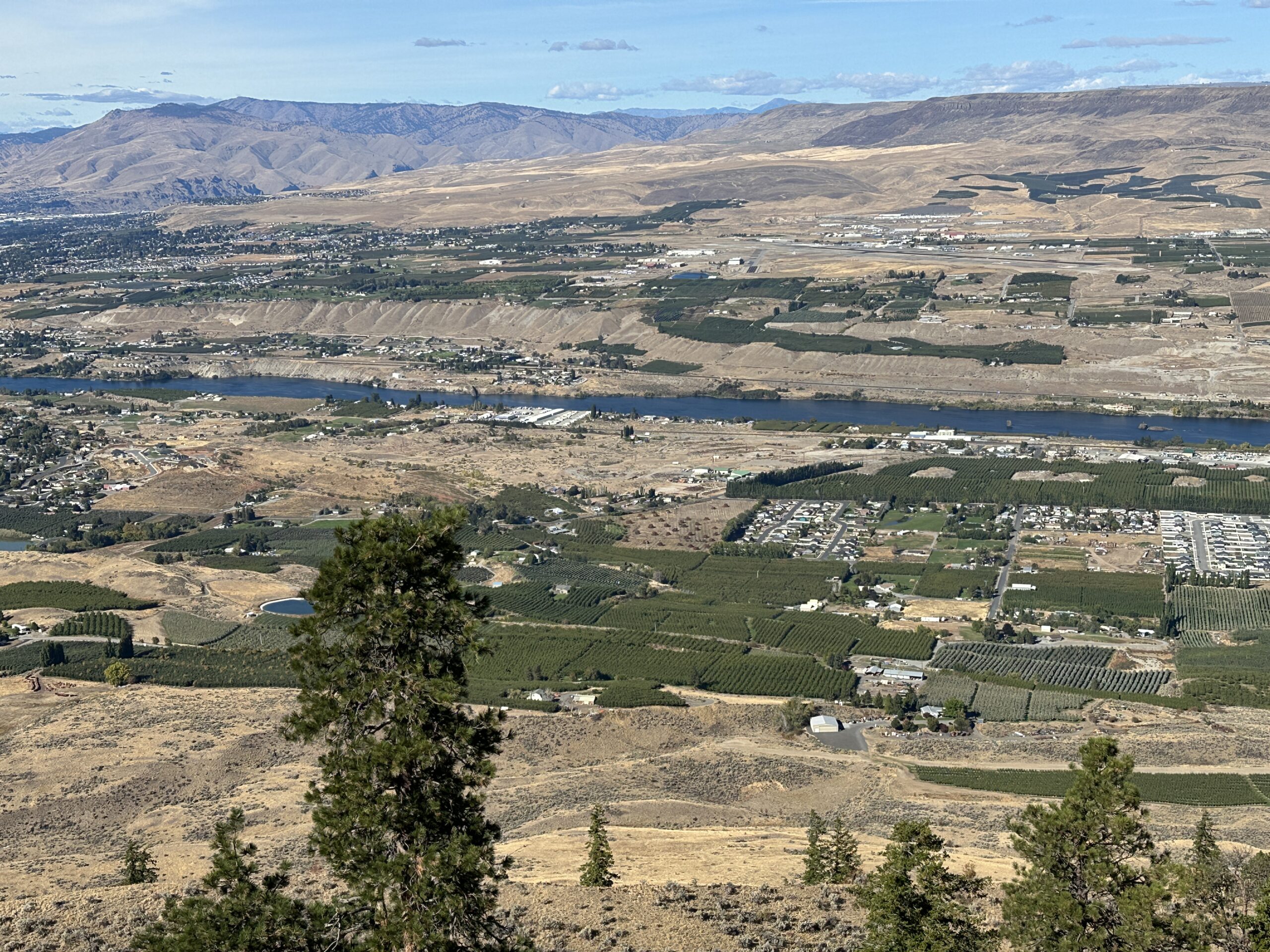
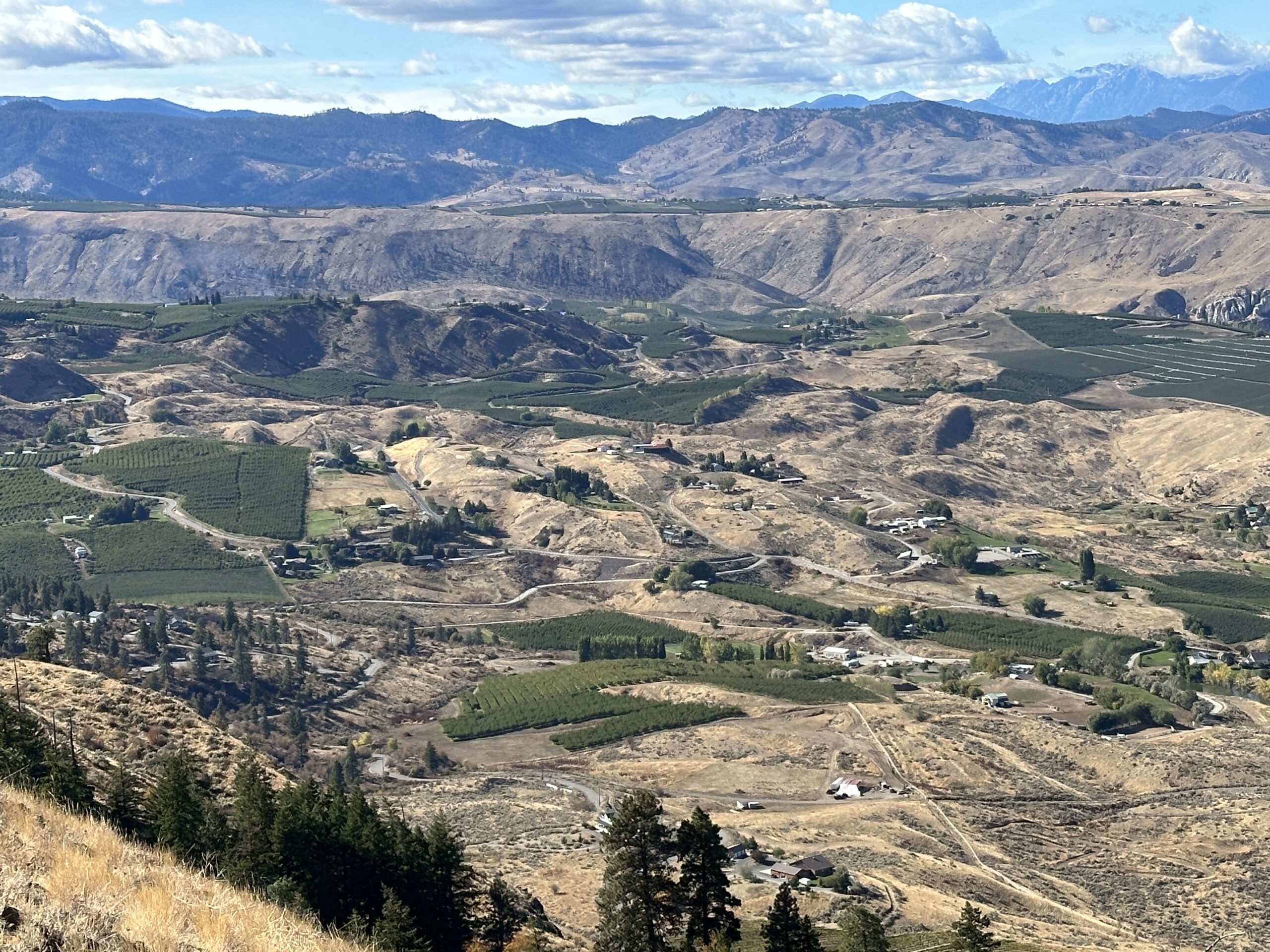
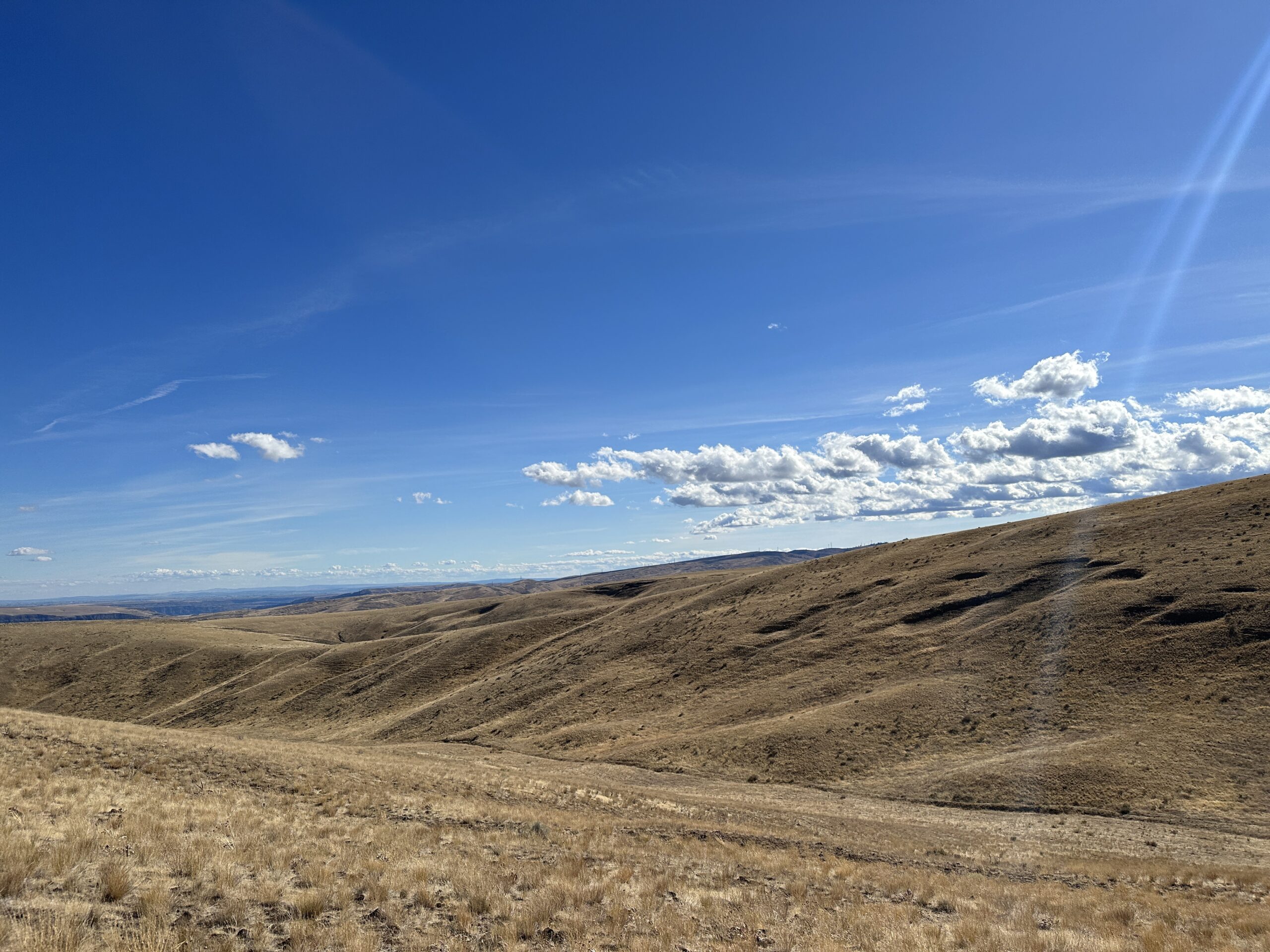
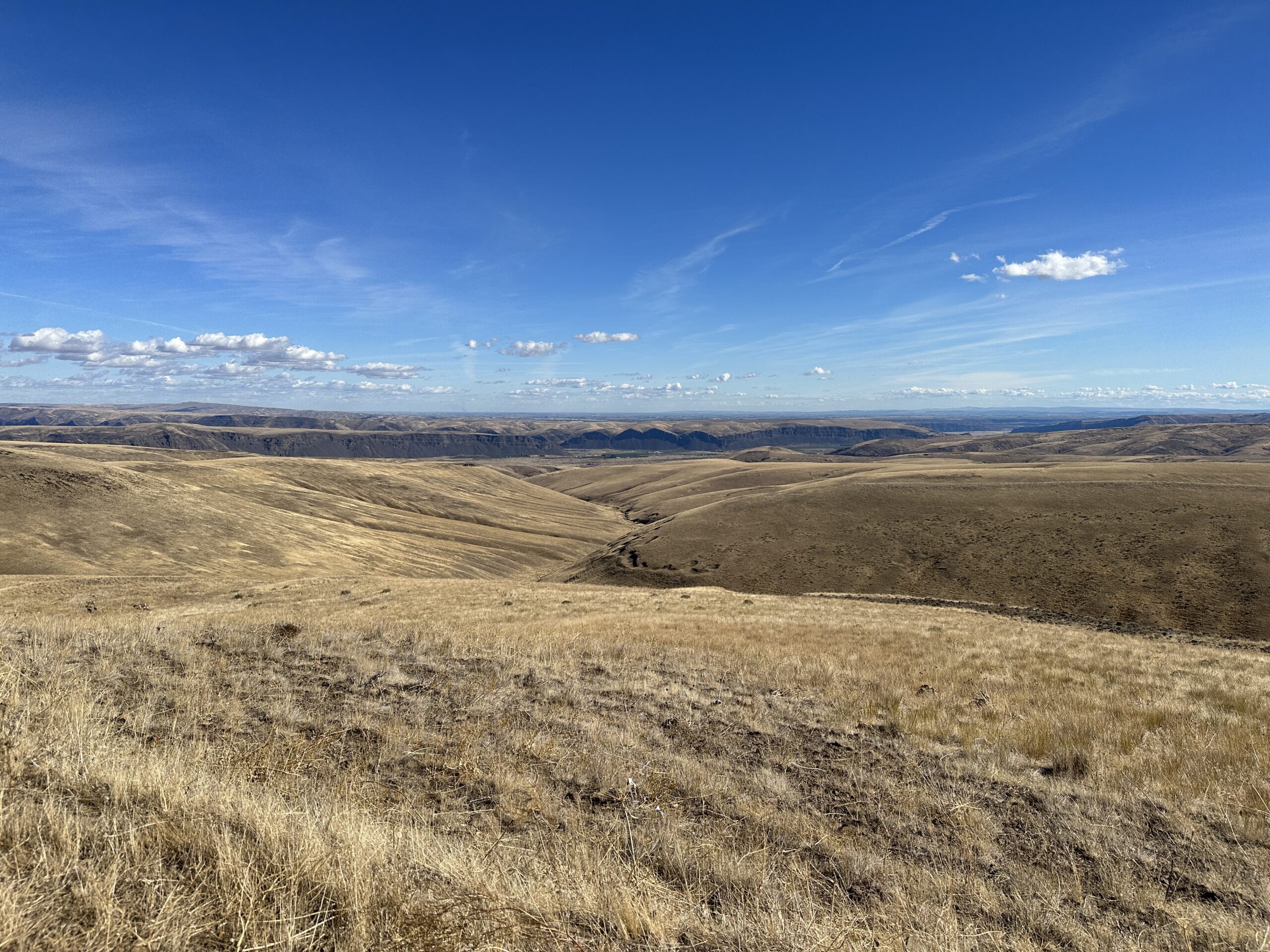
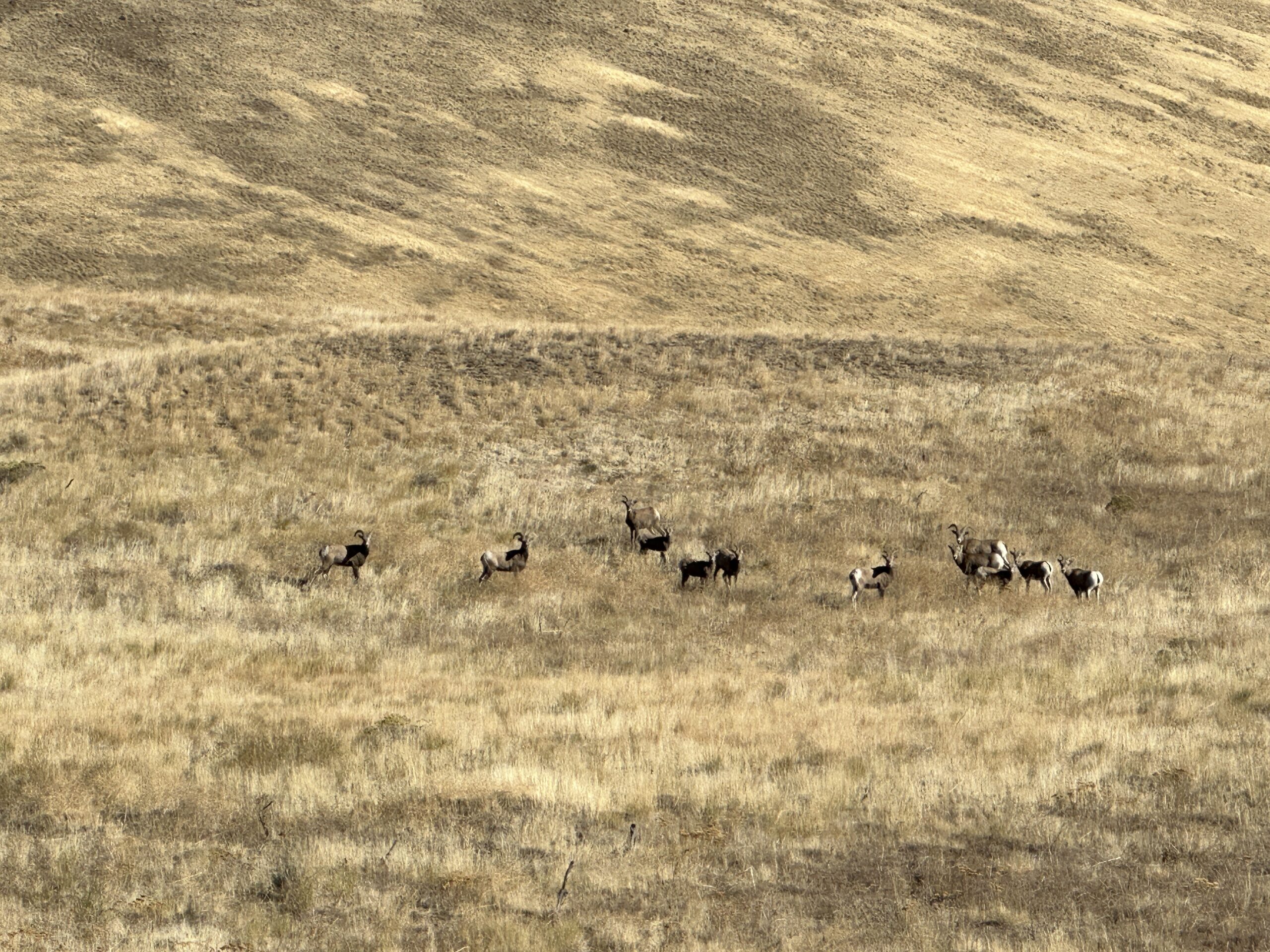
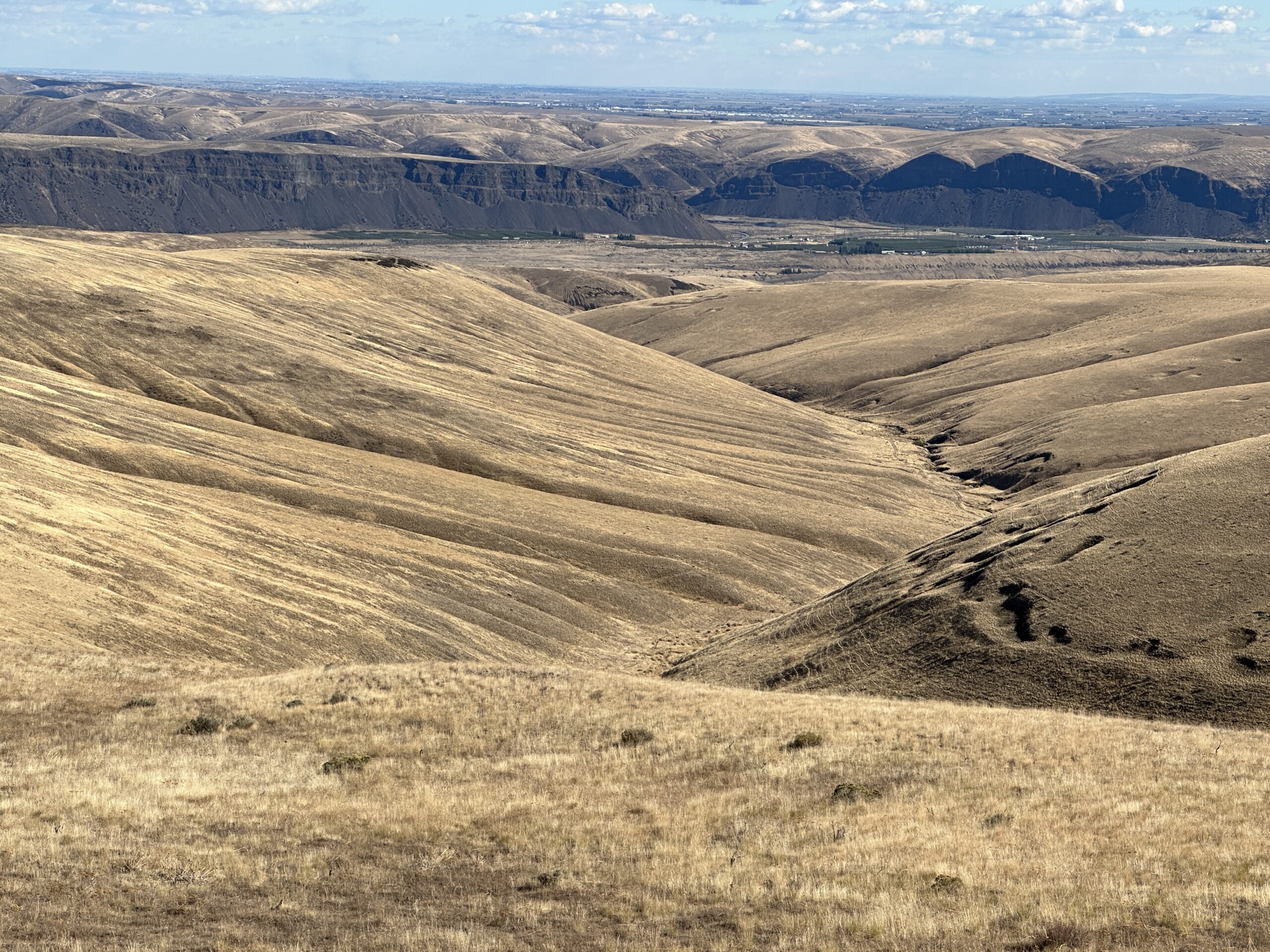
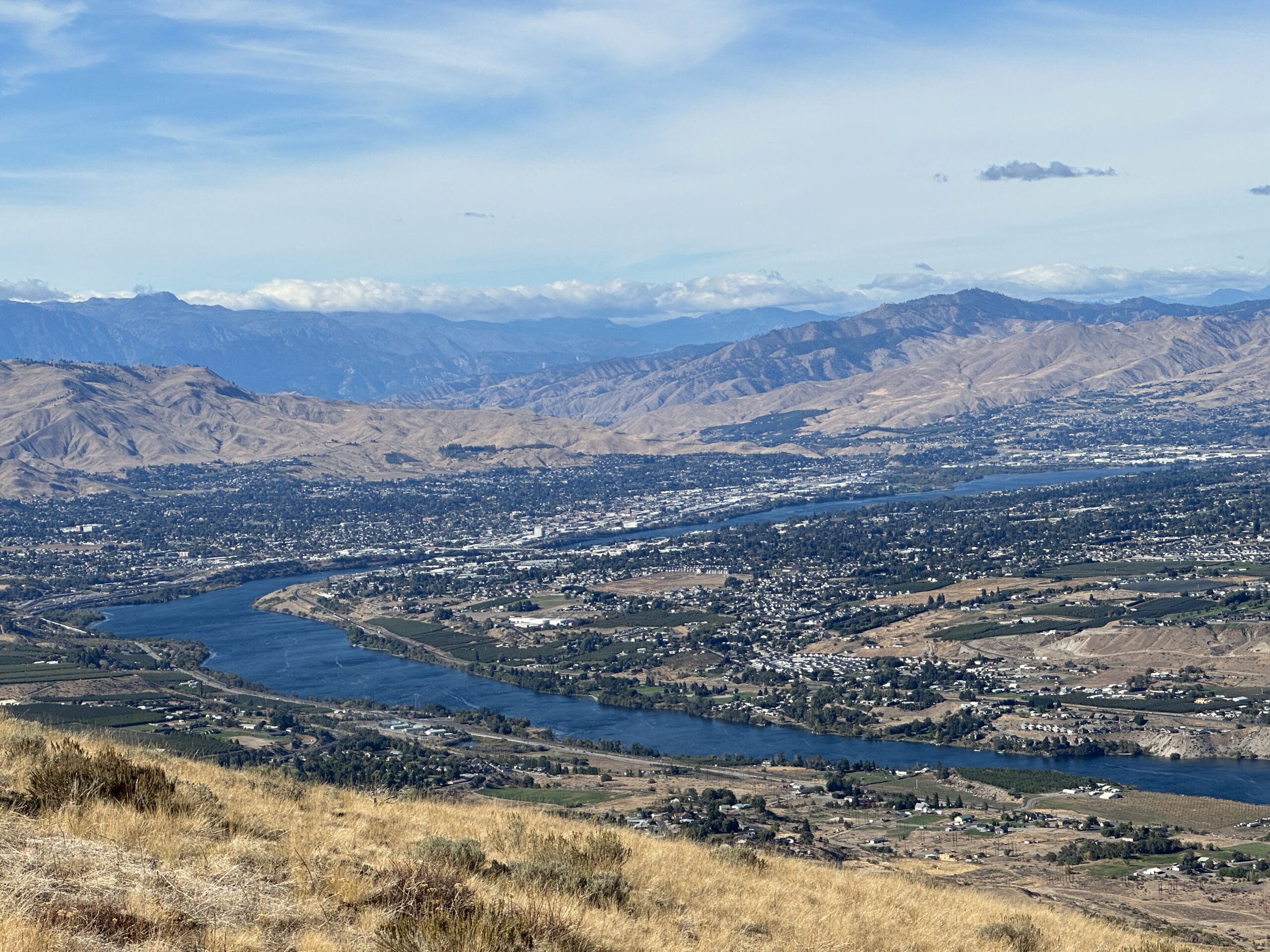
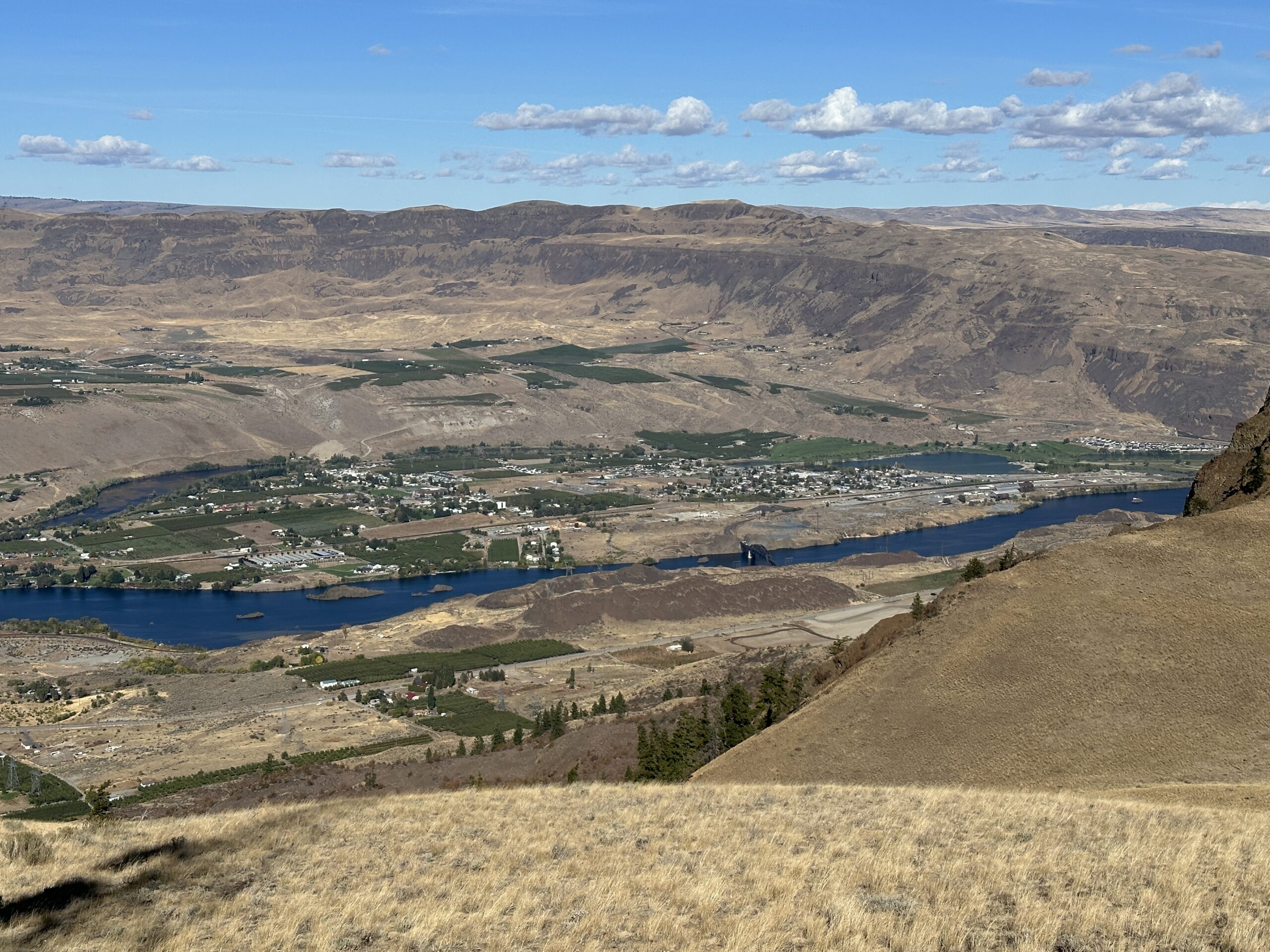
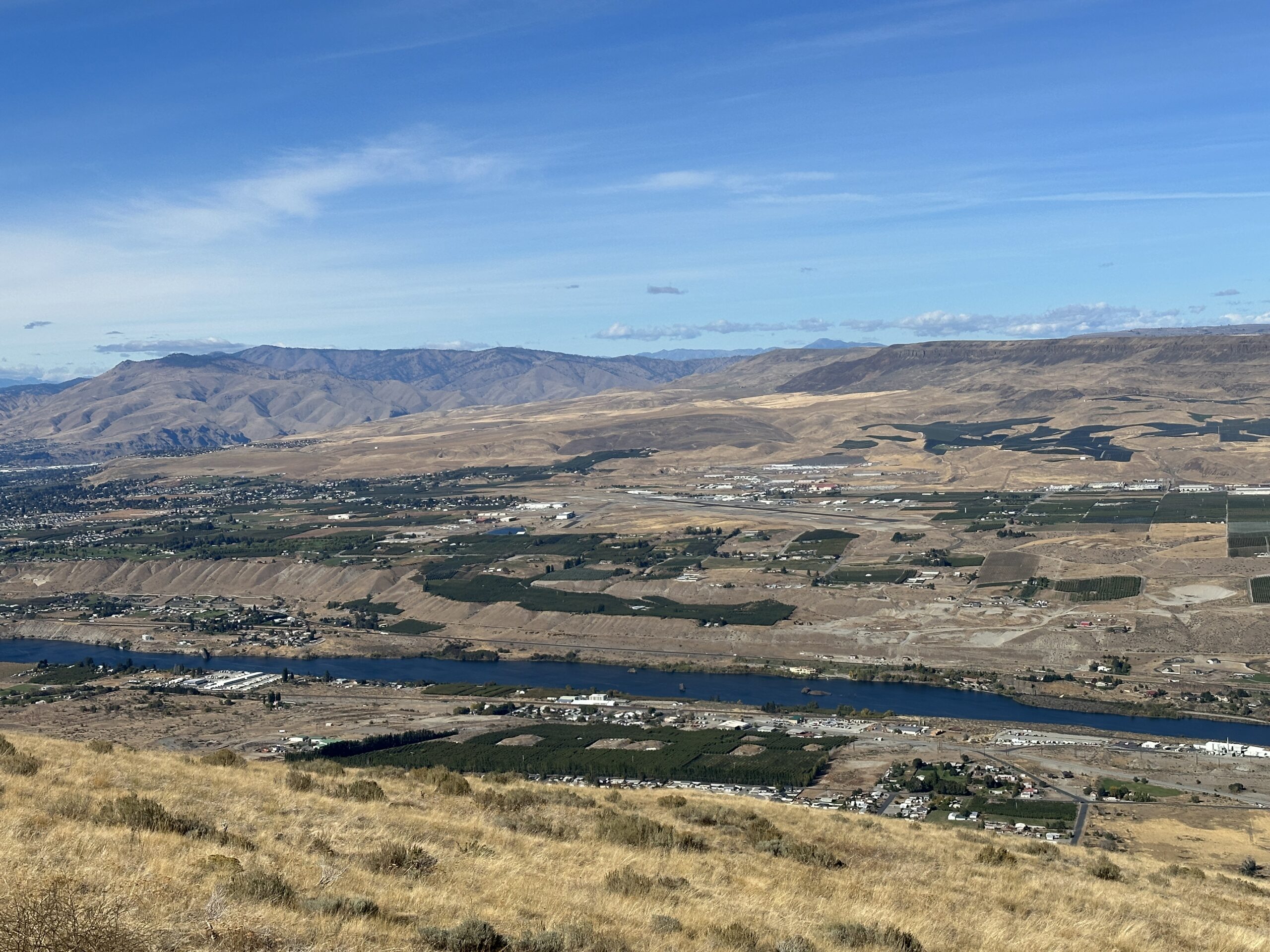
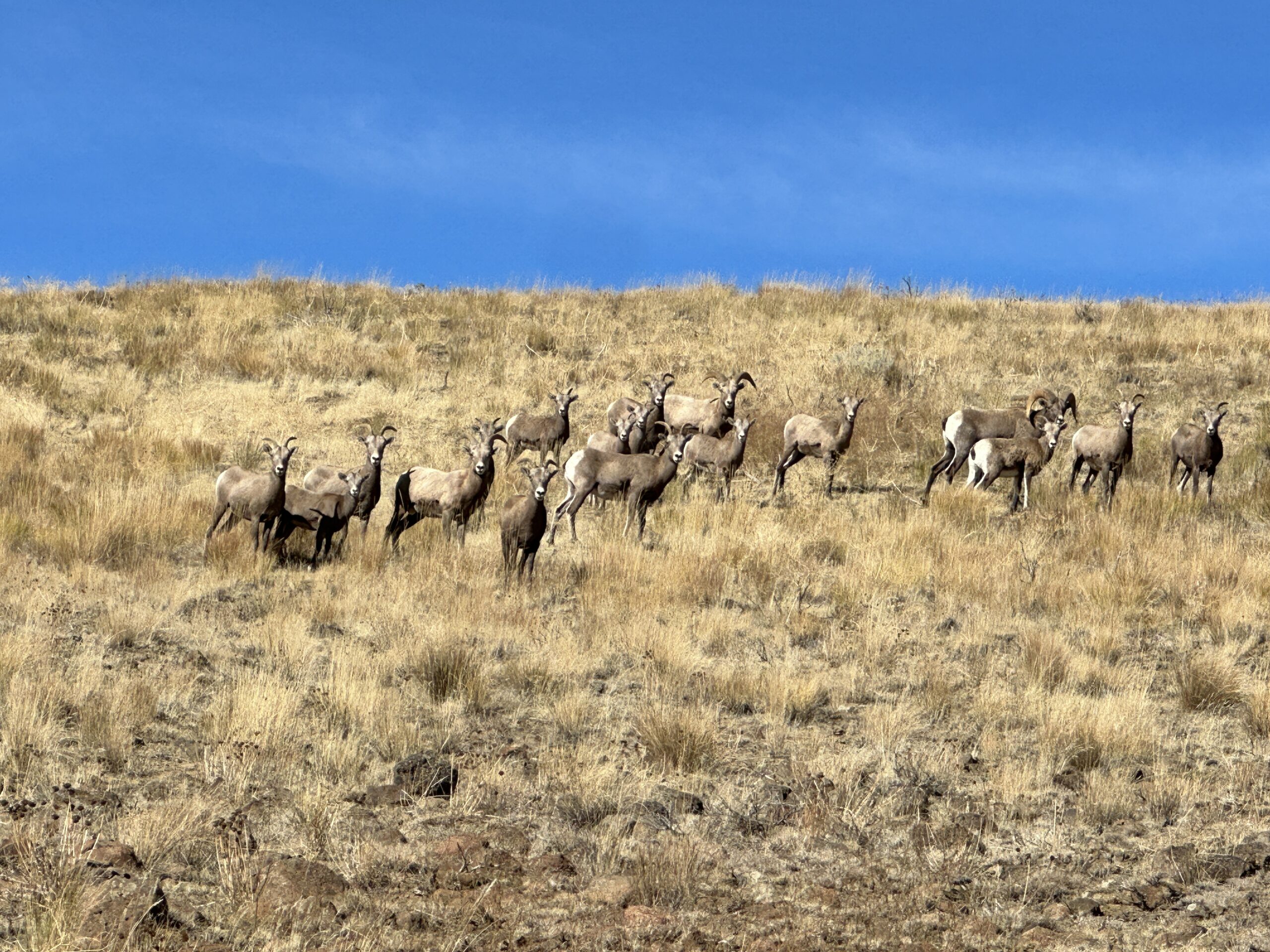
 View Map
View Map